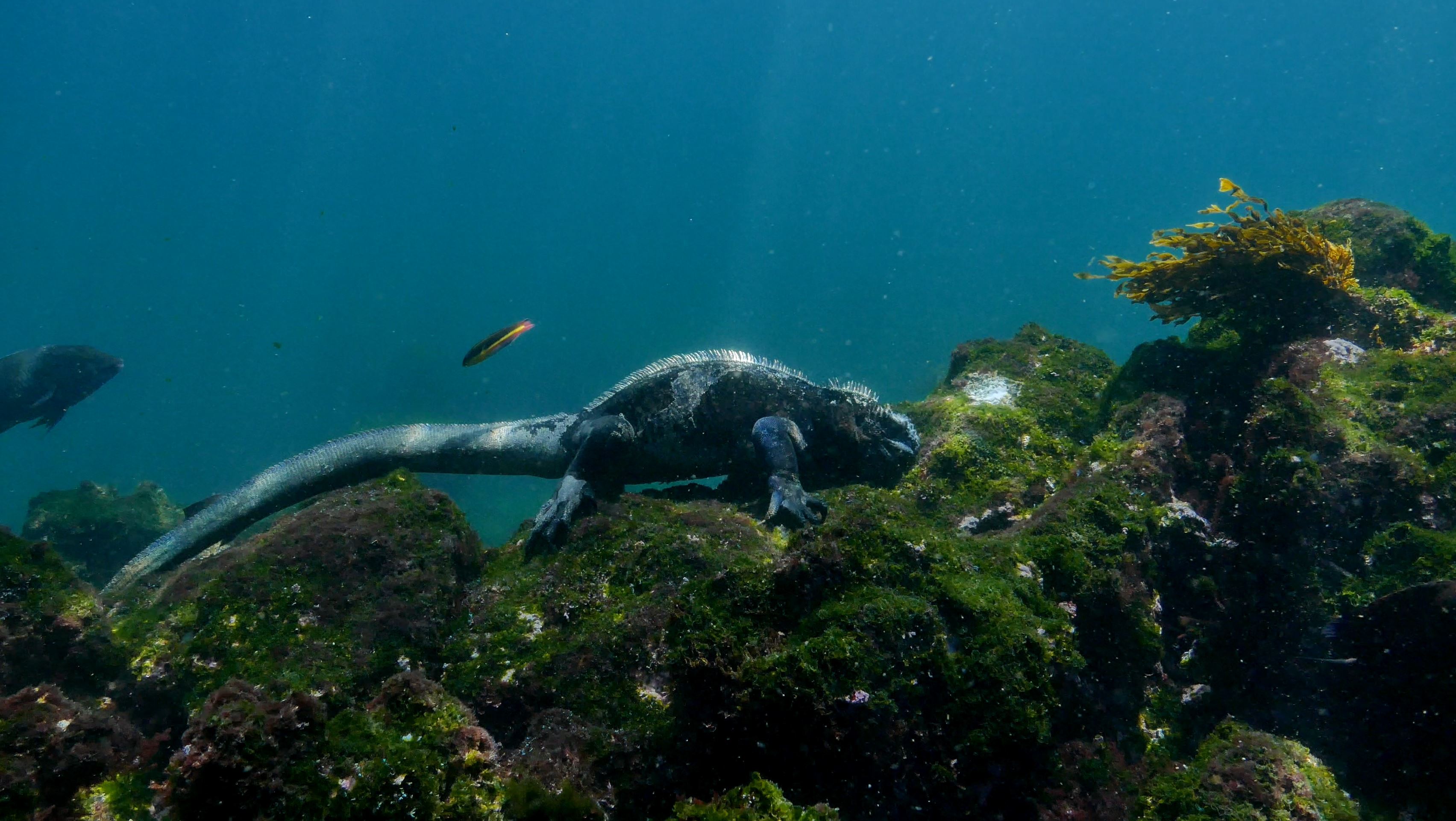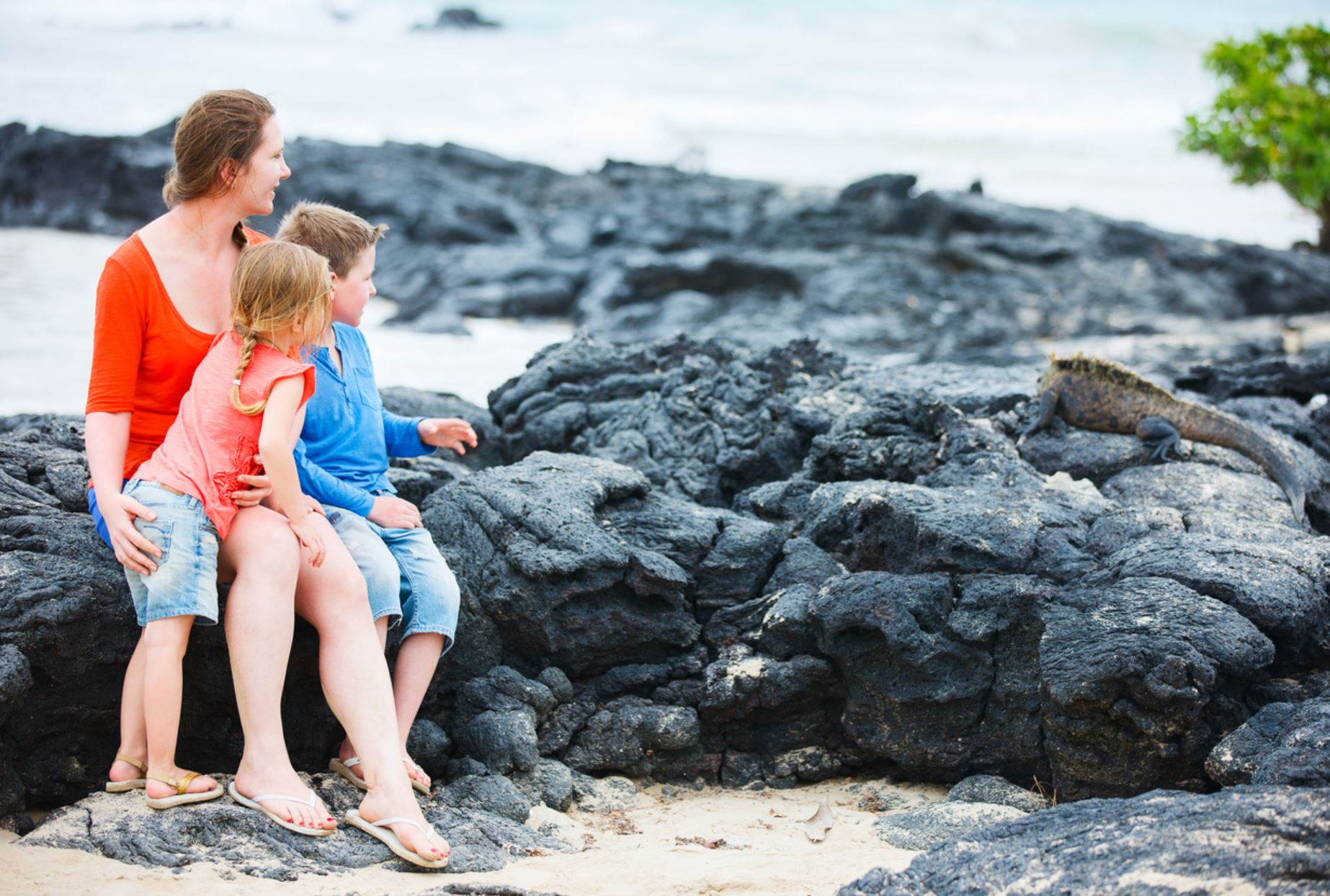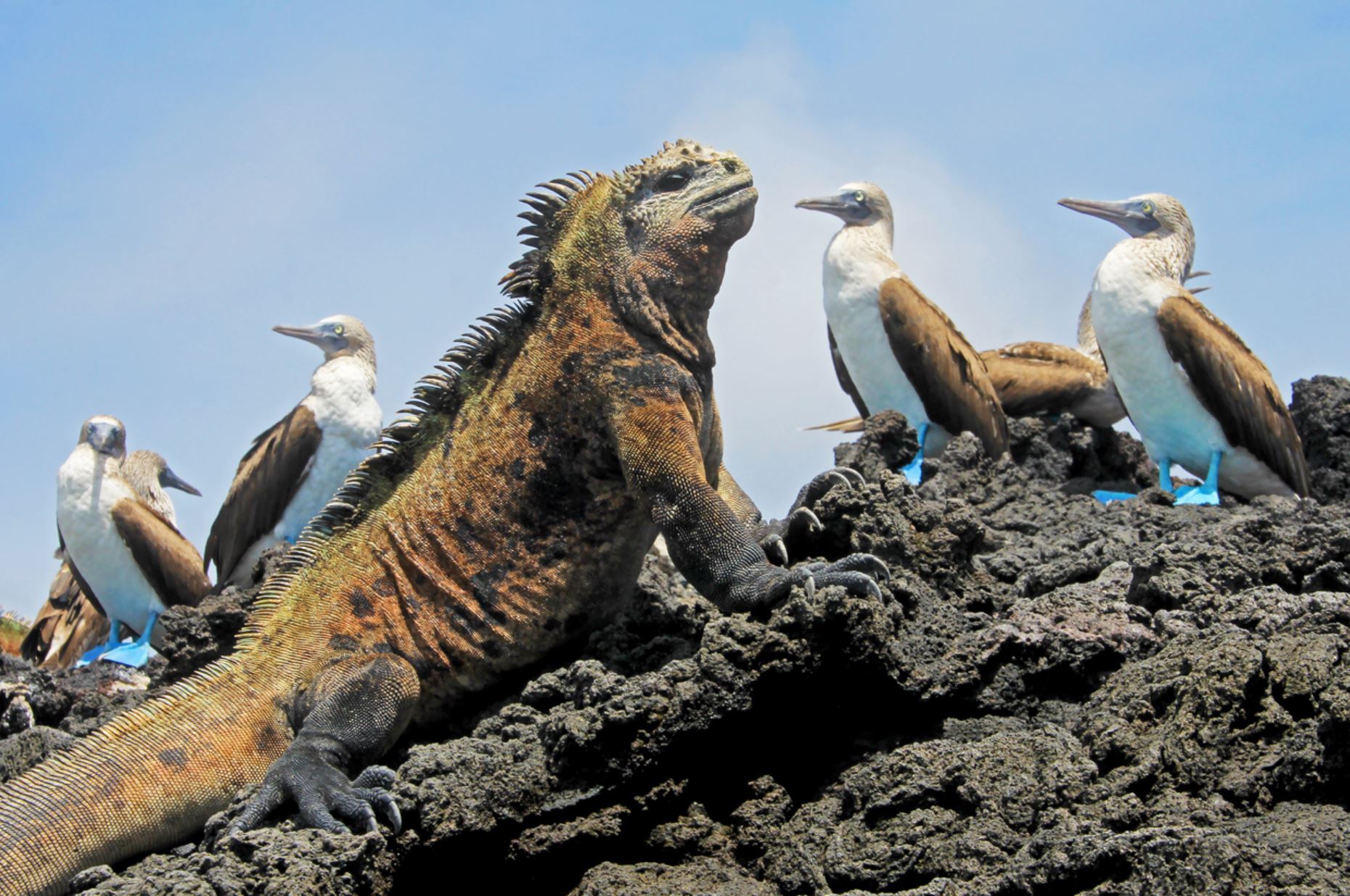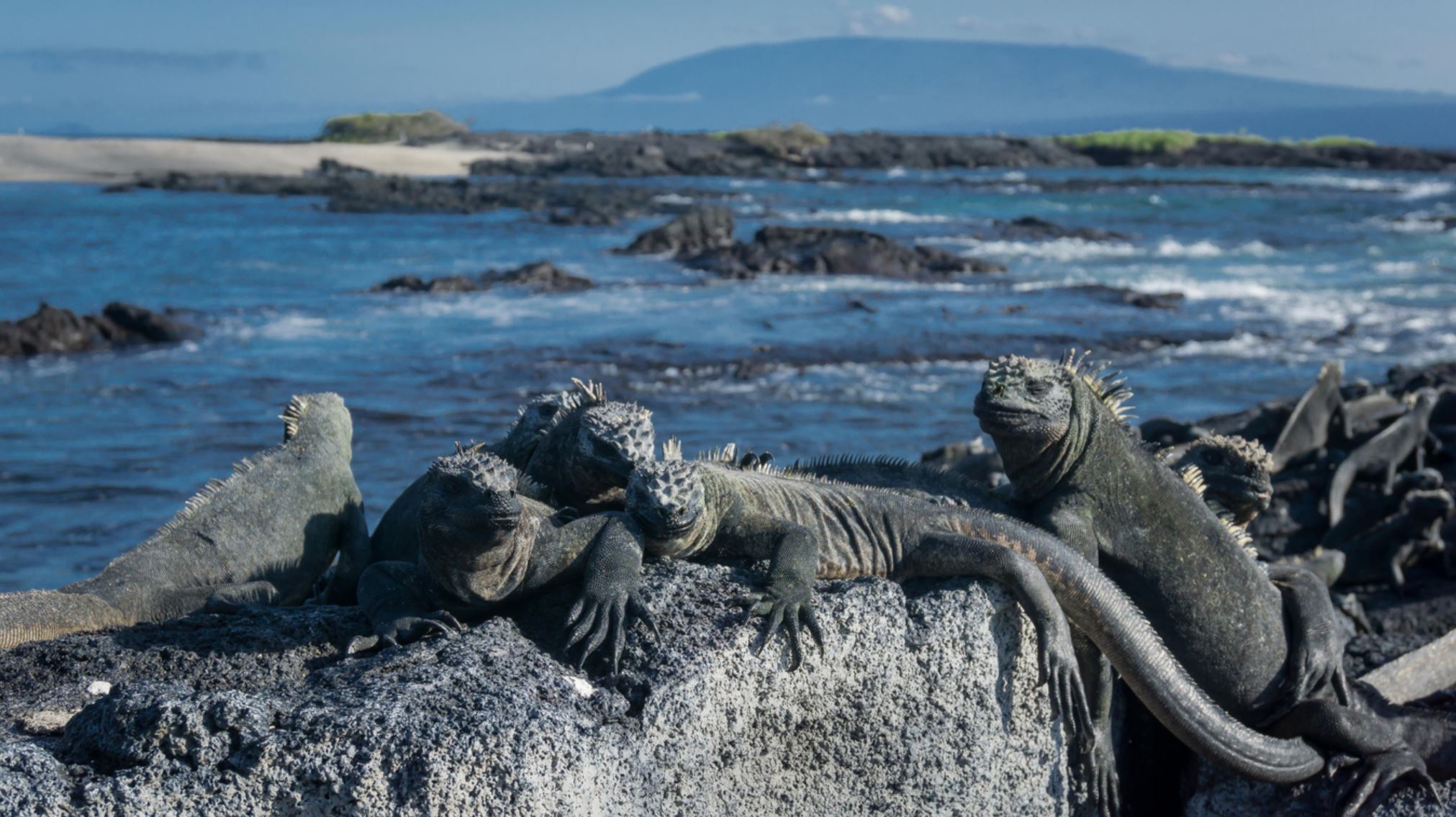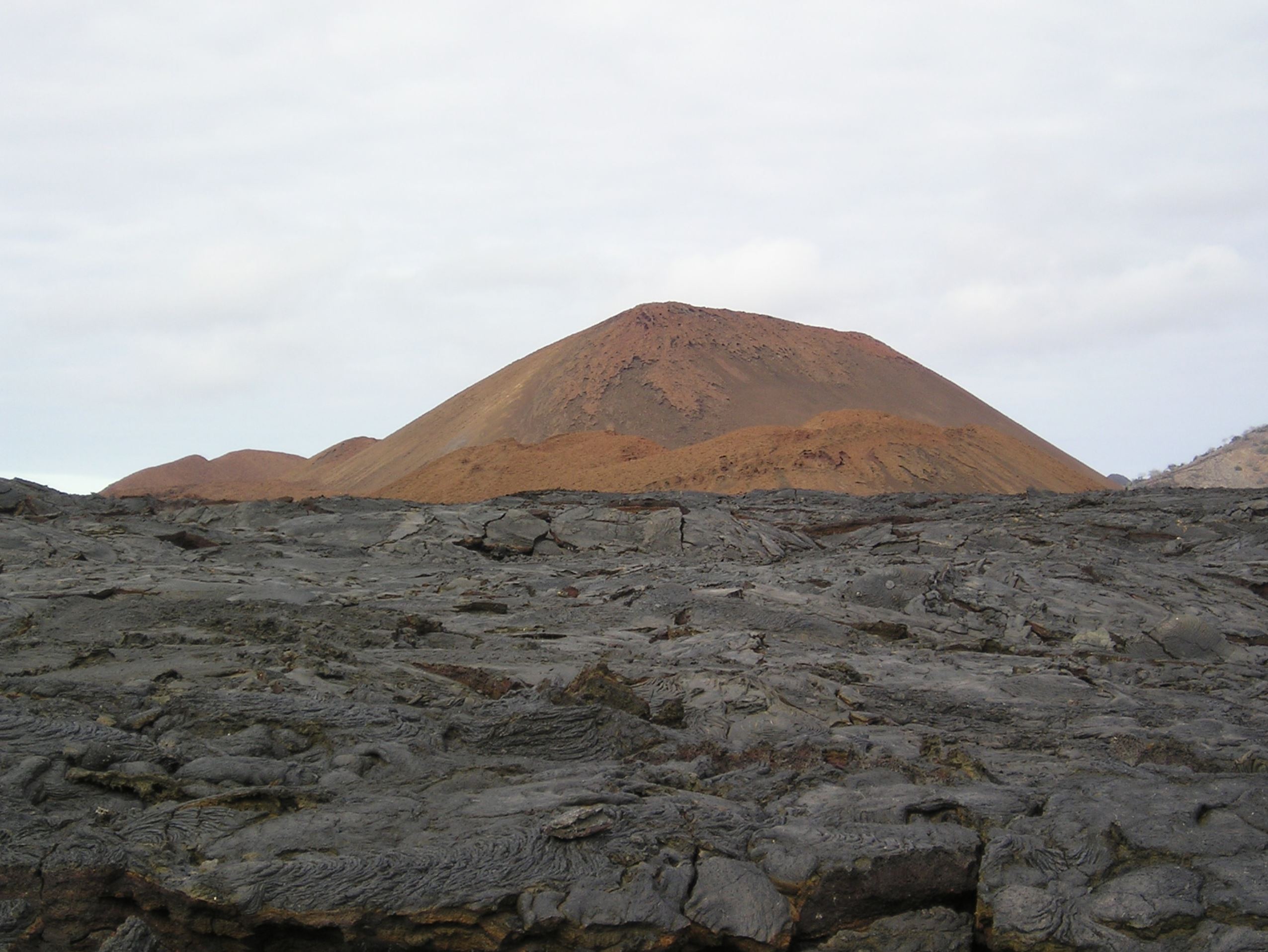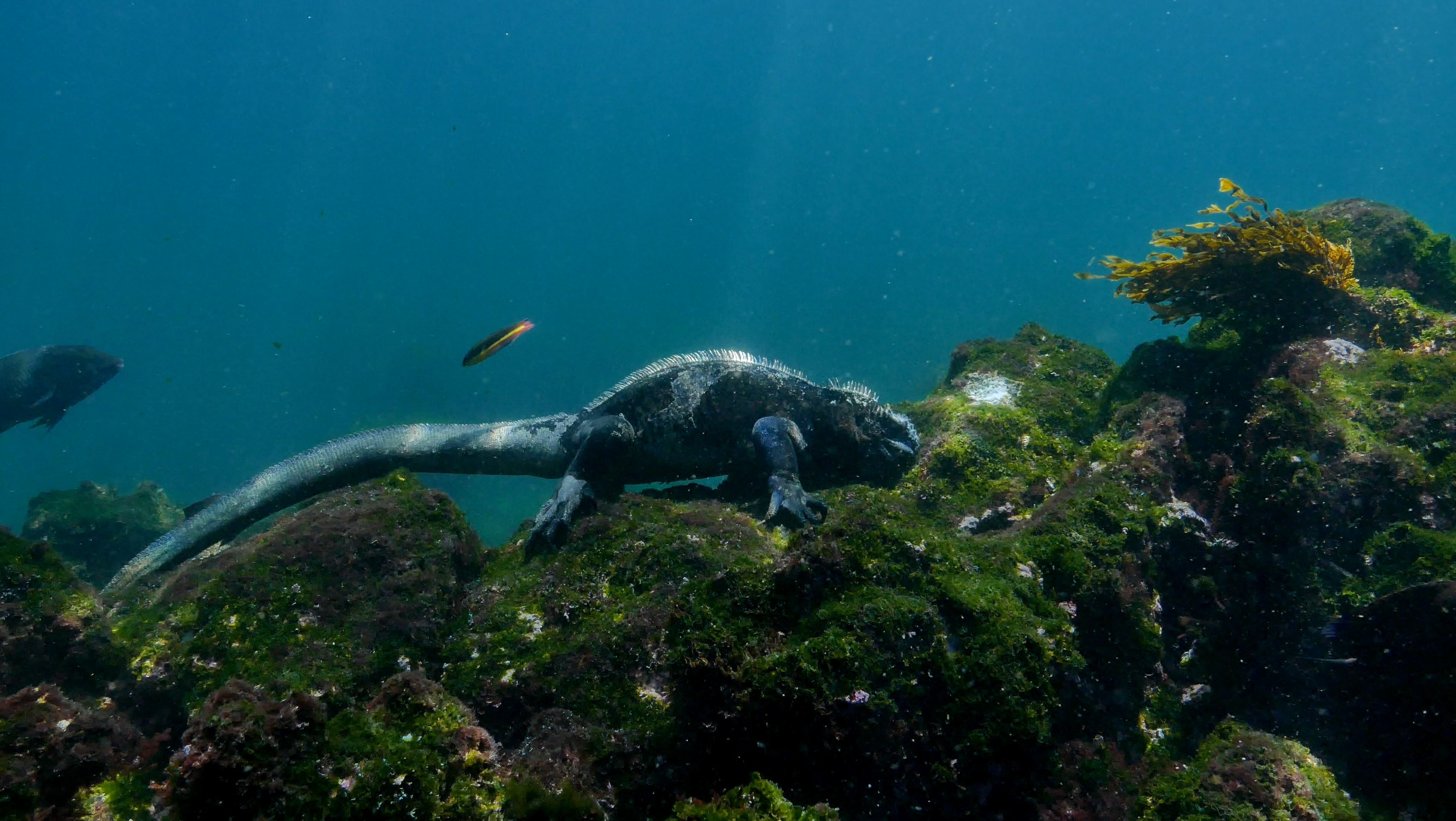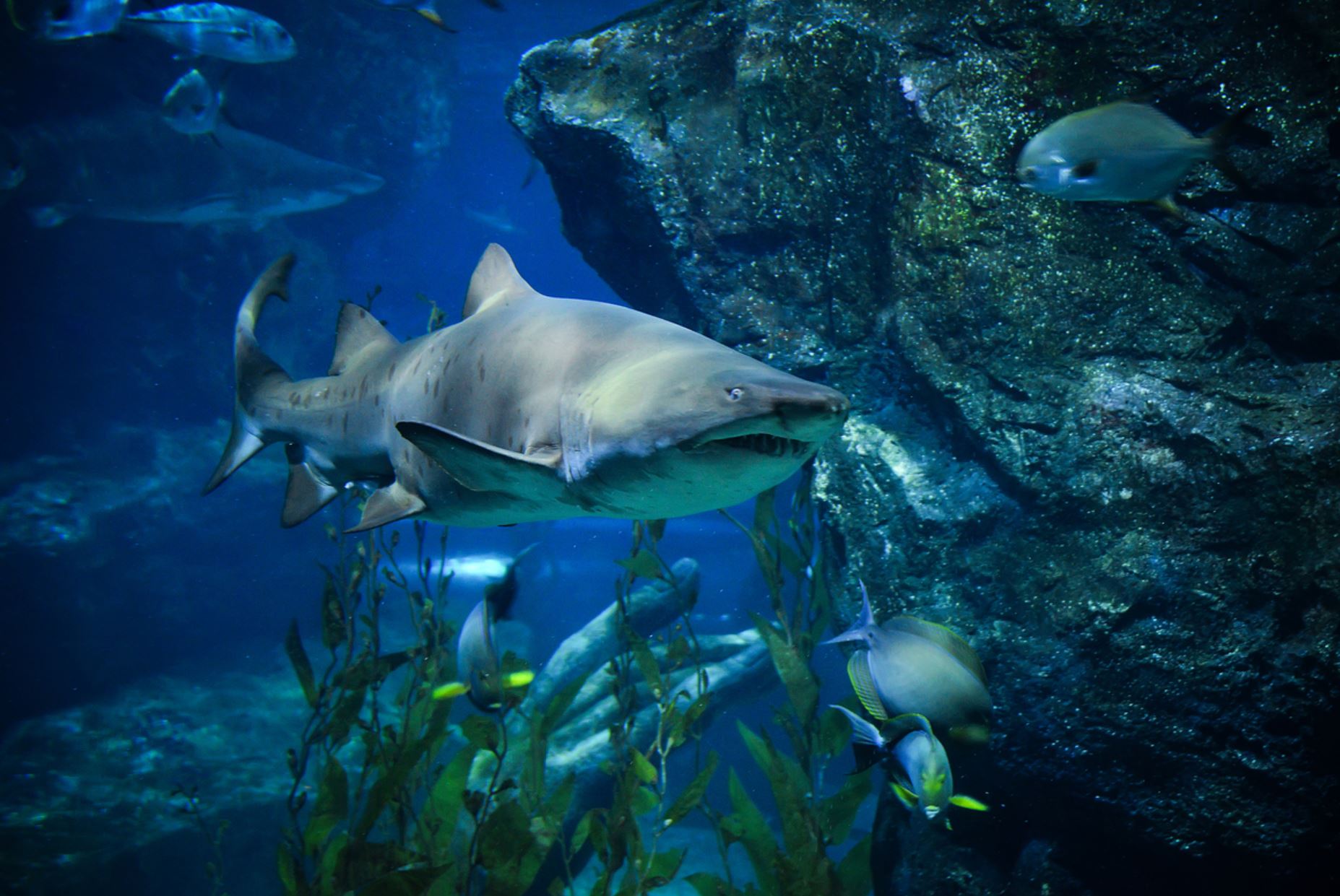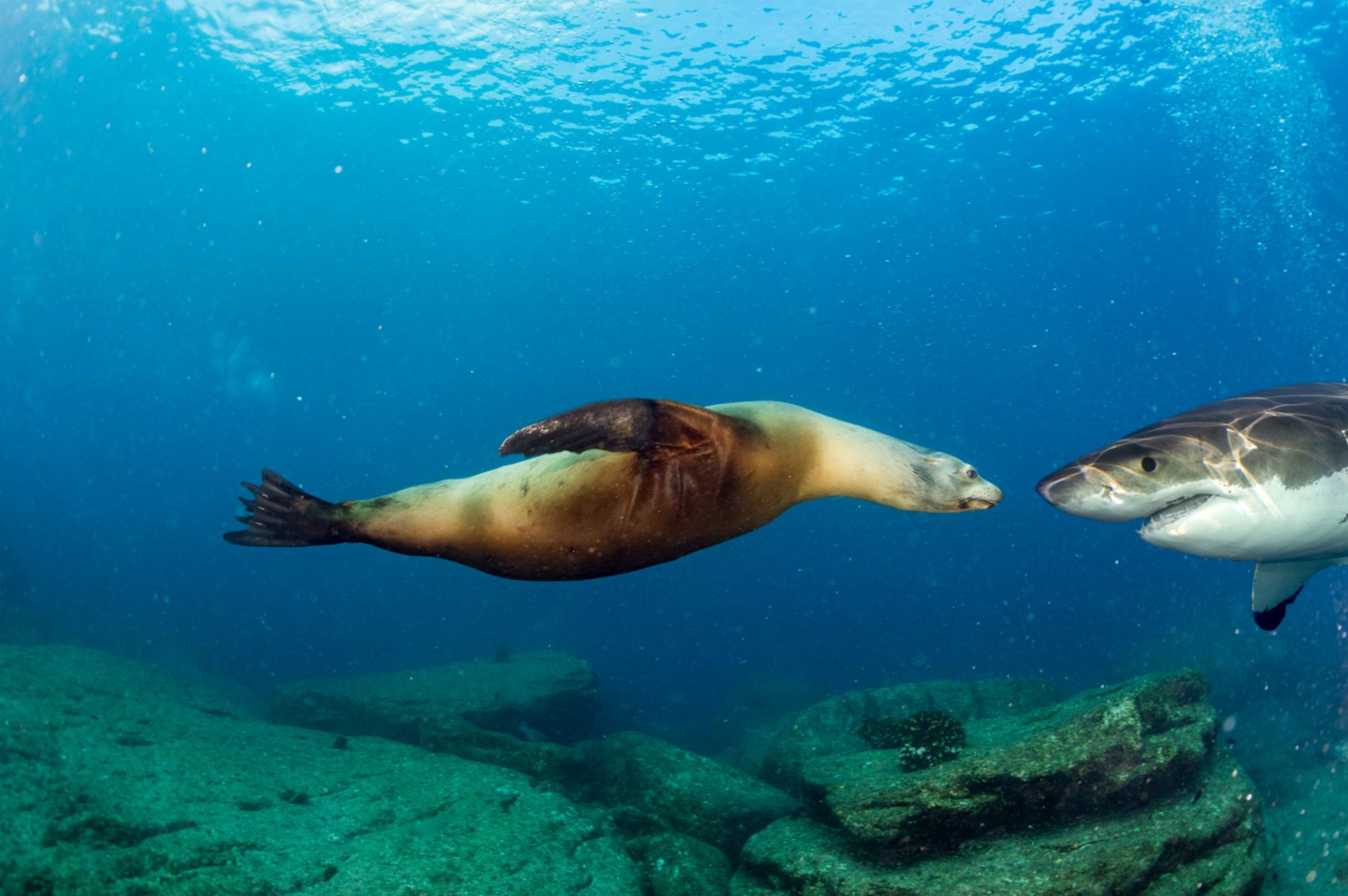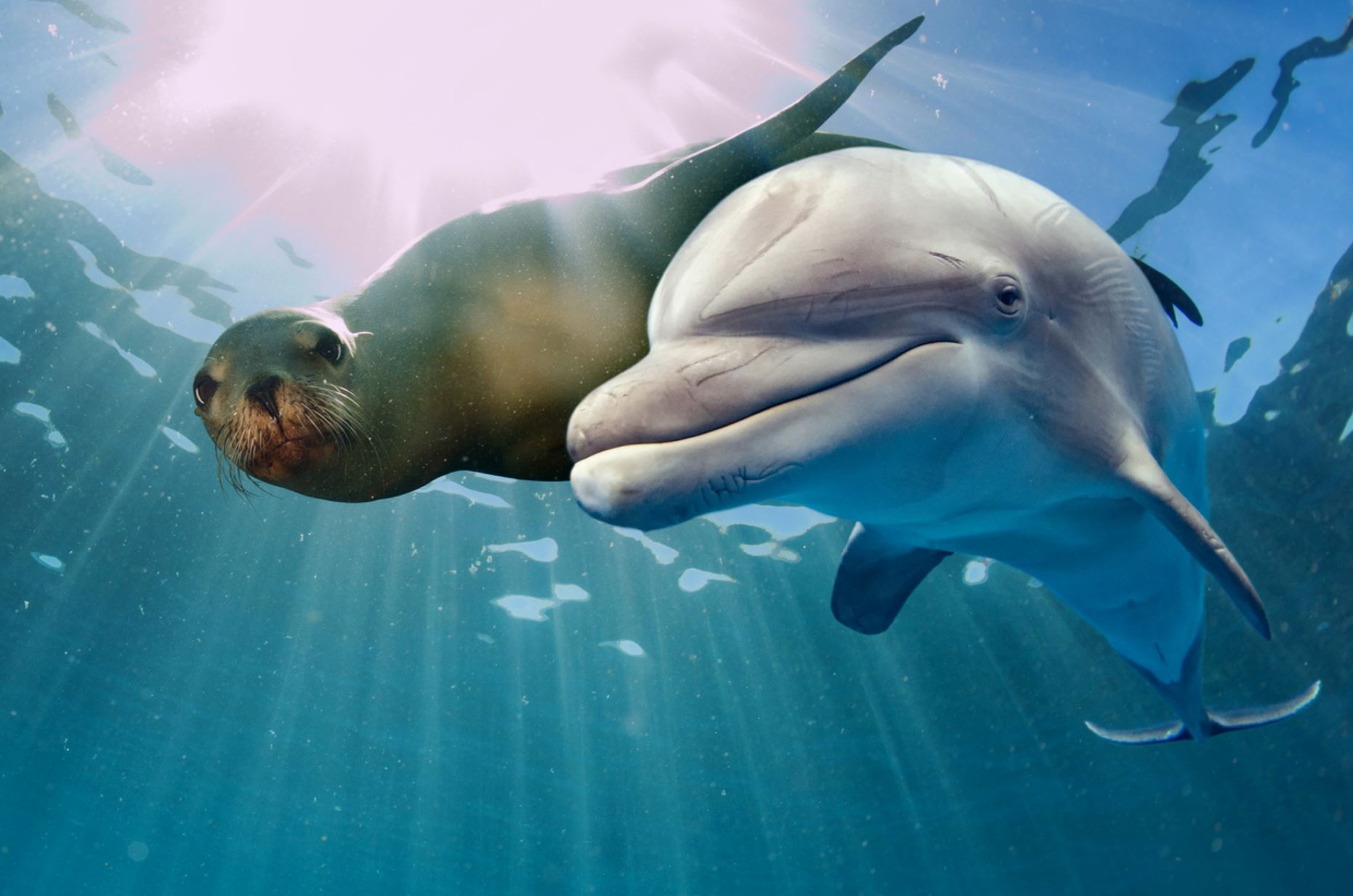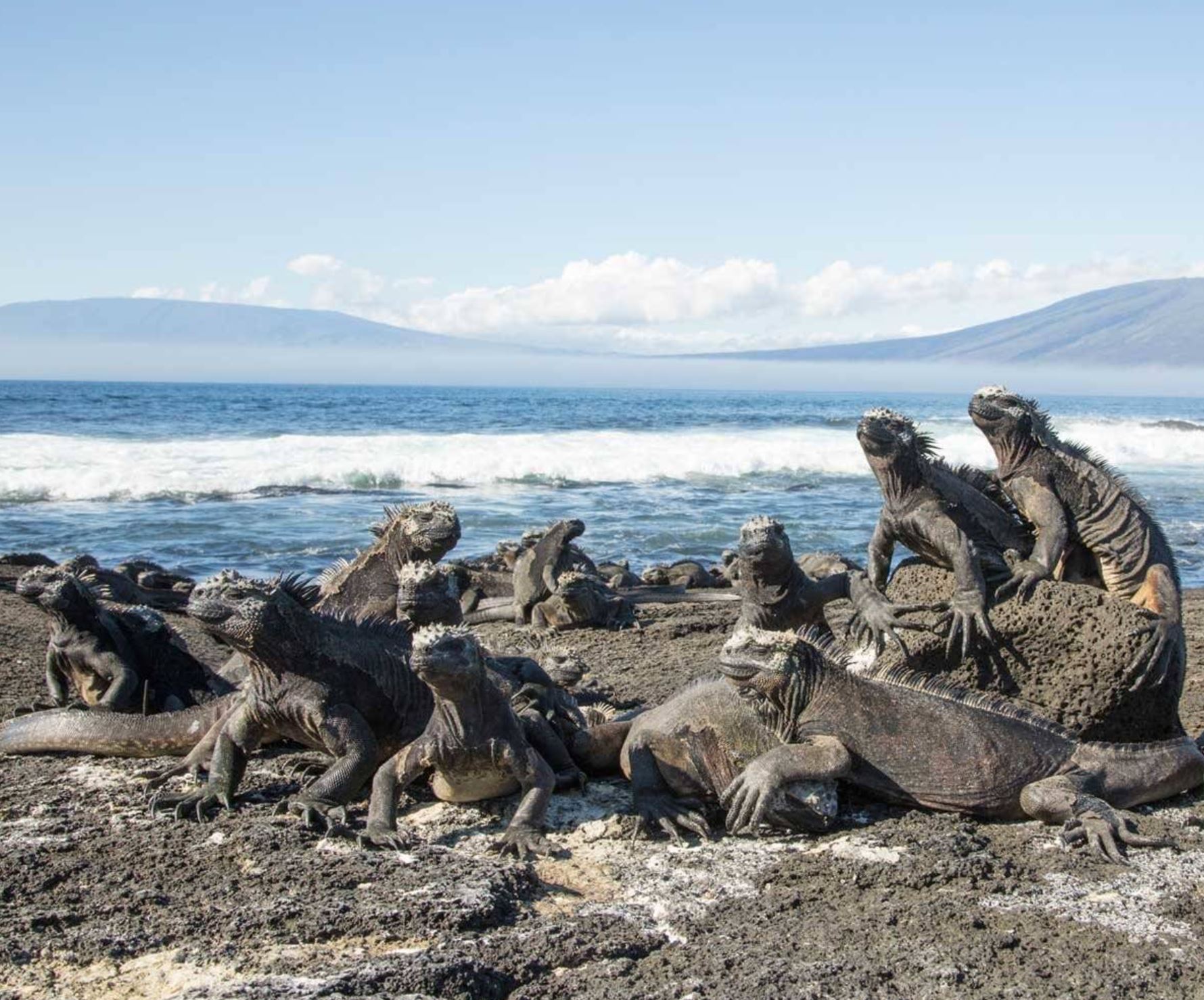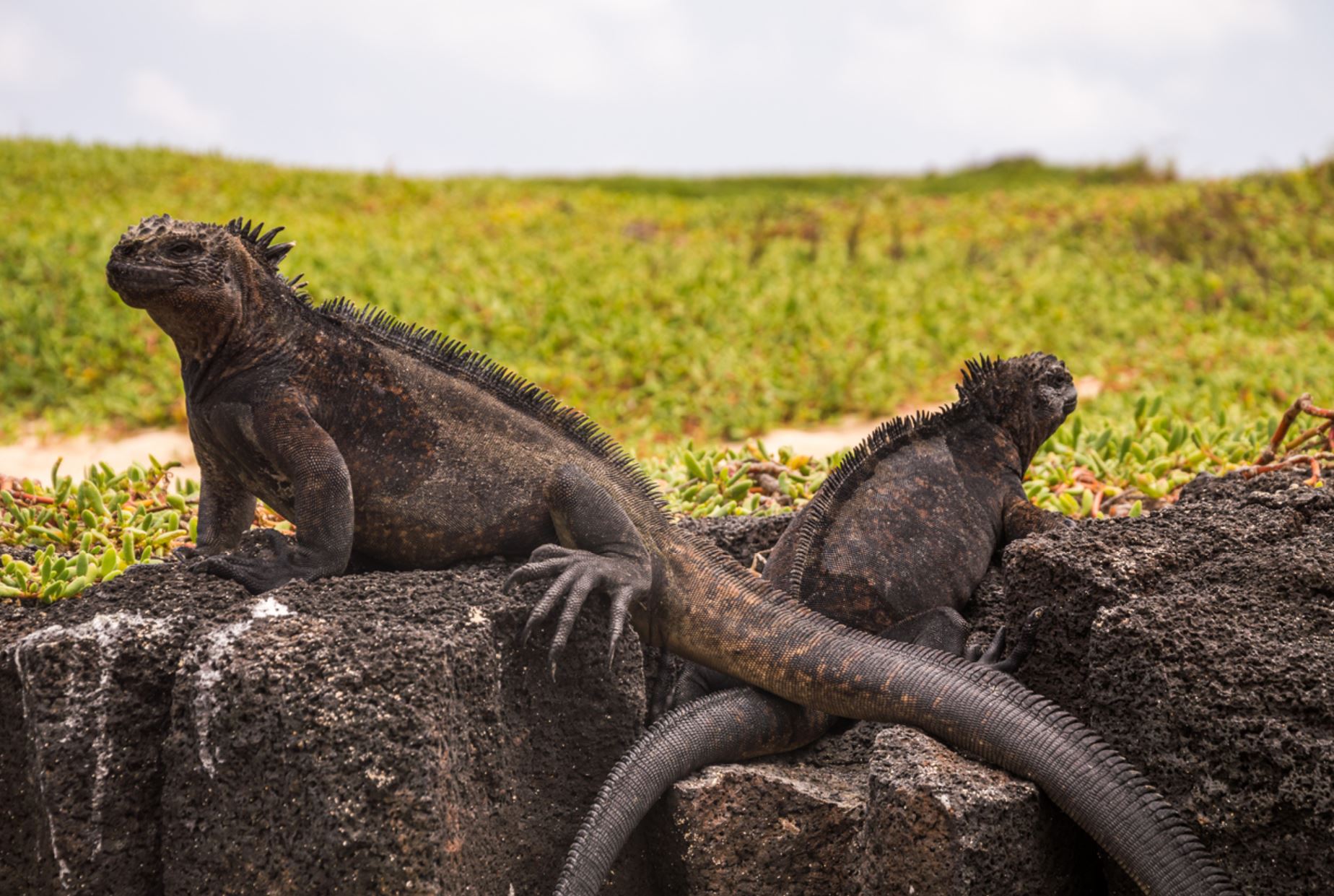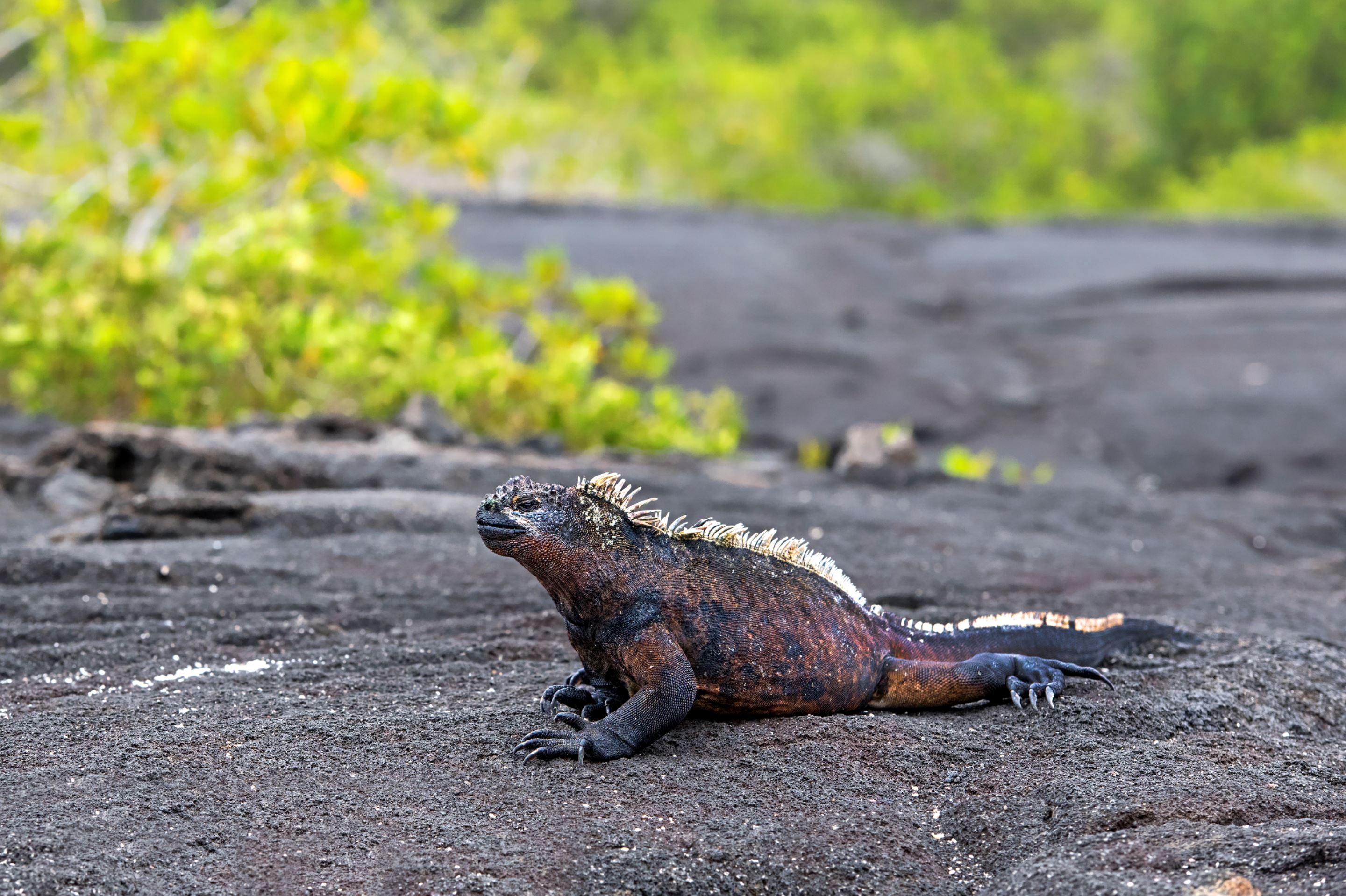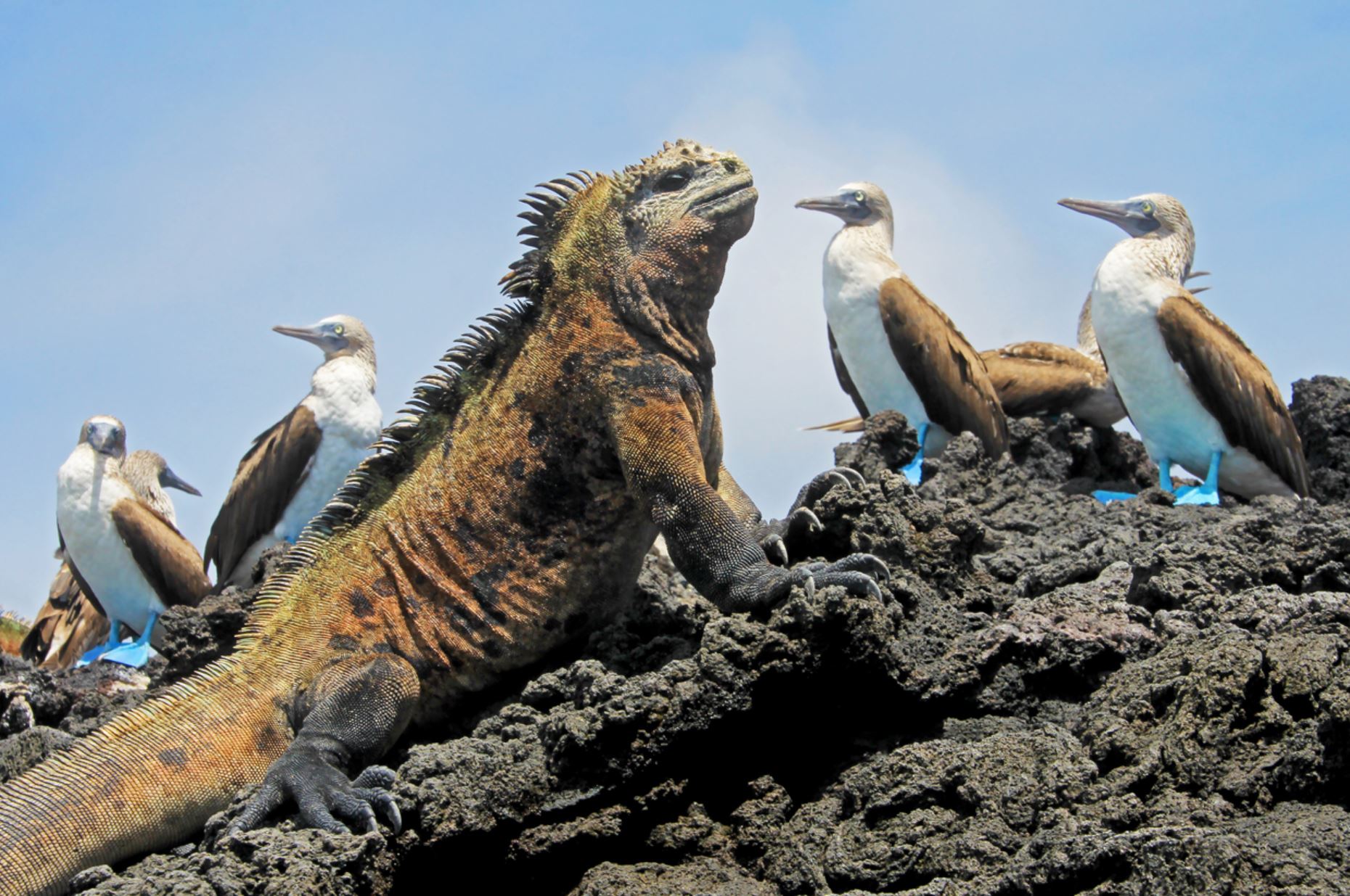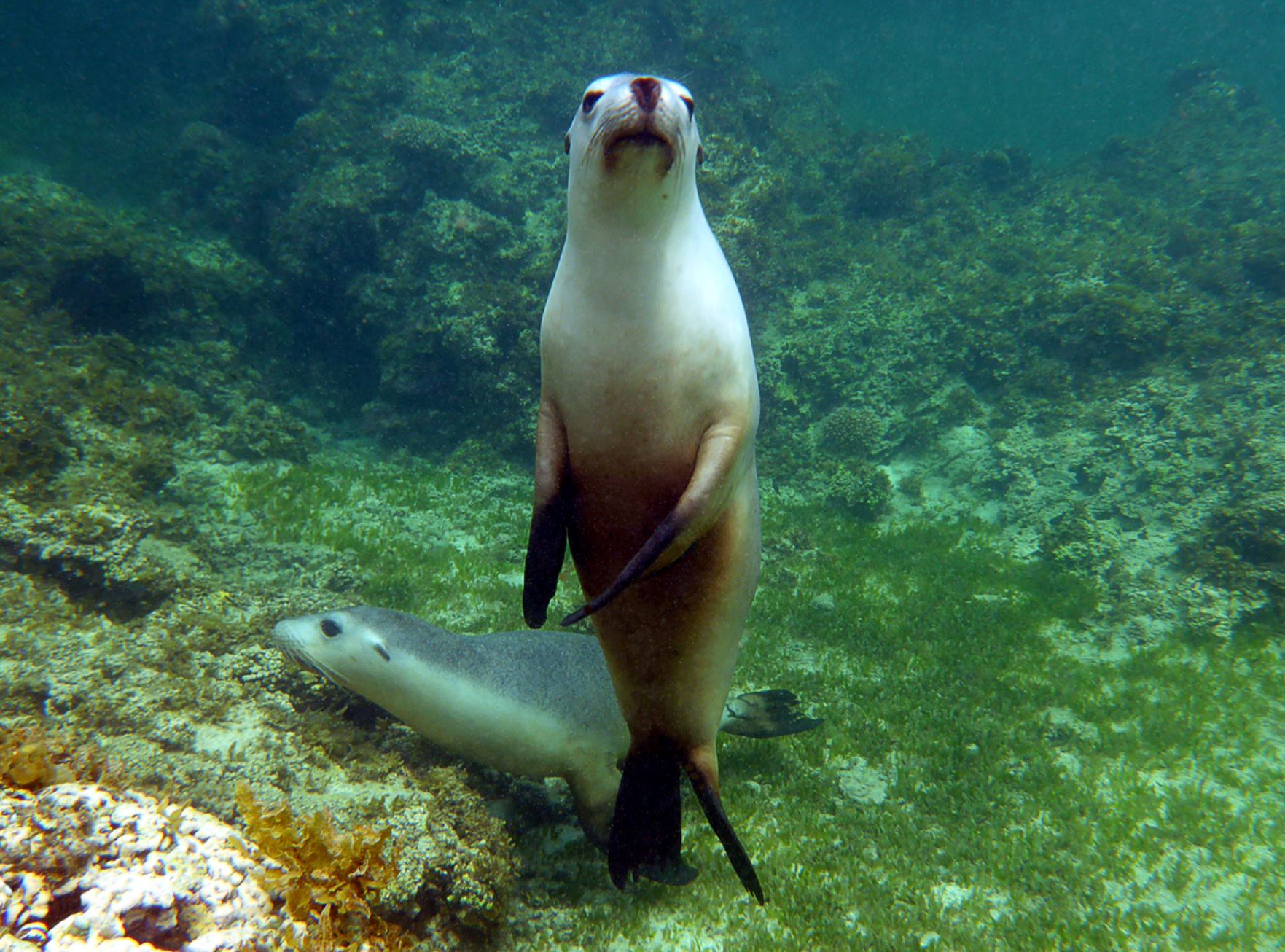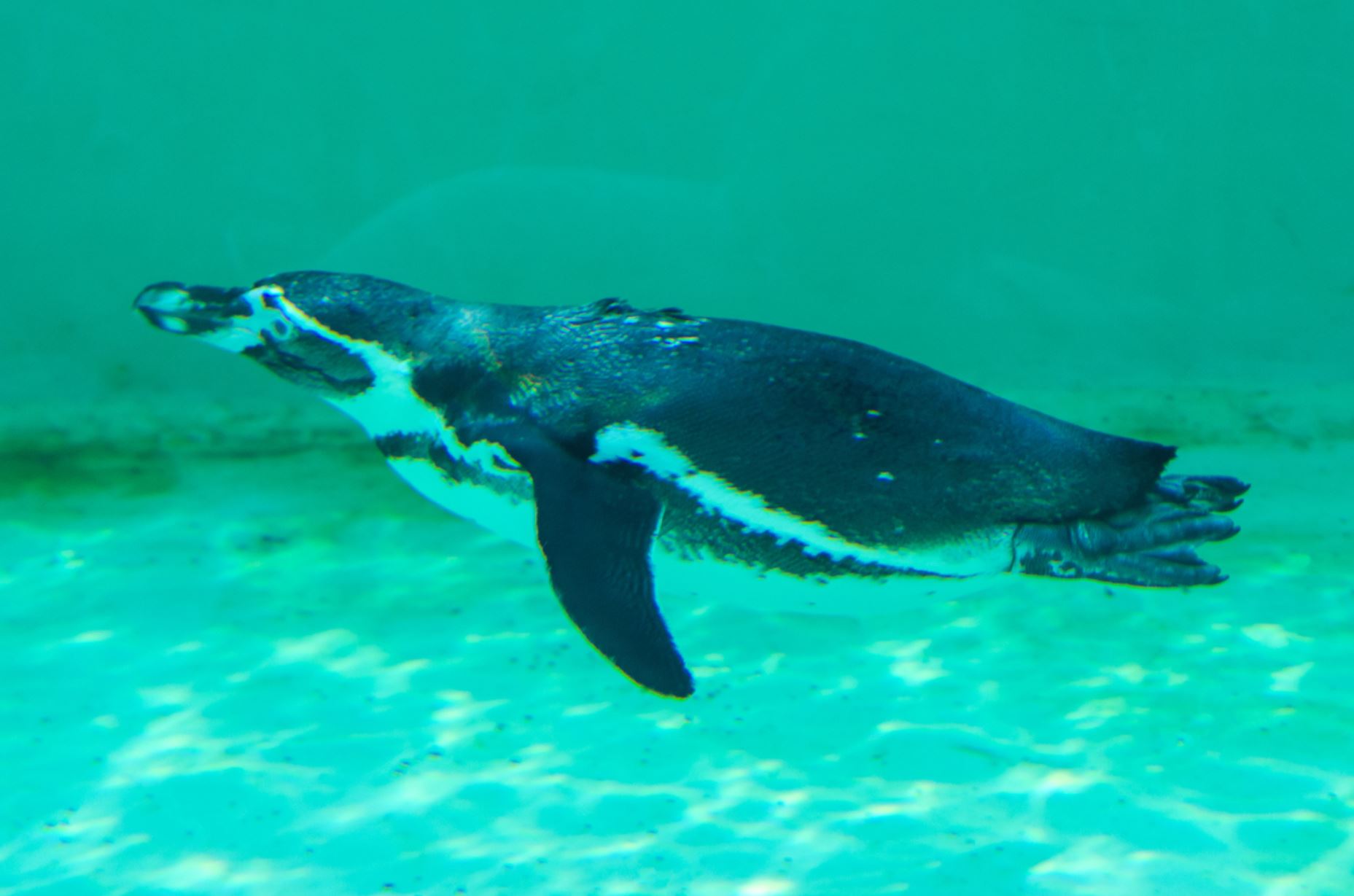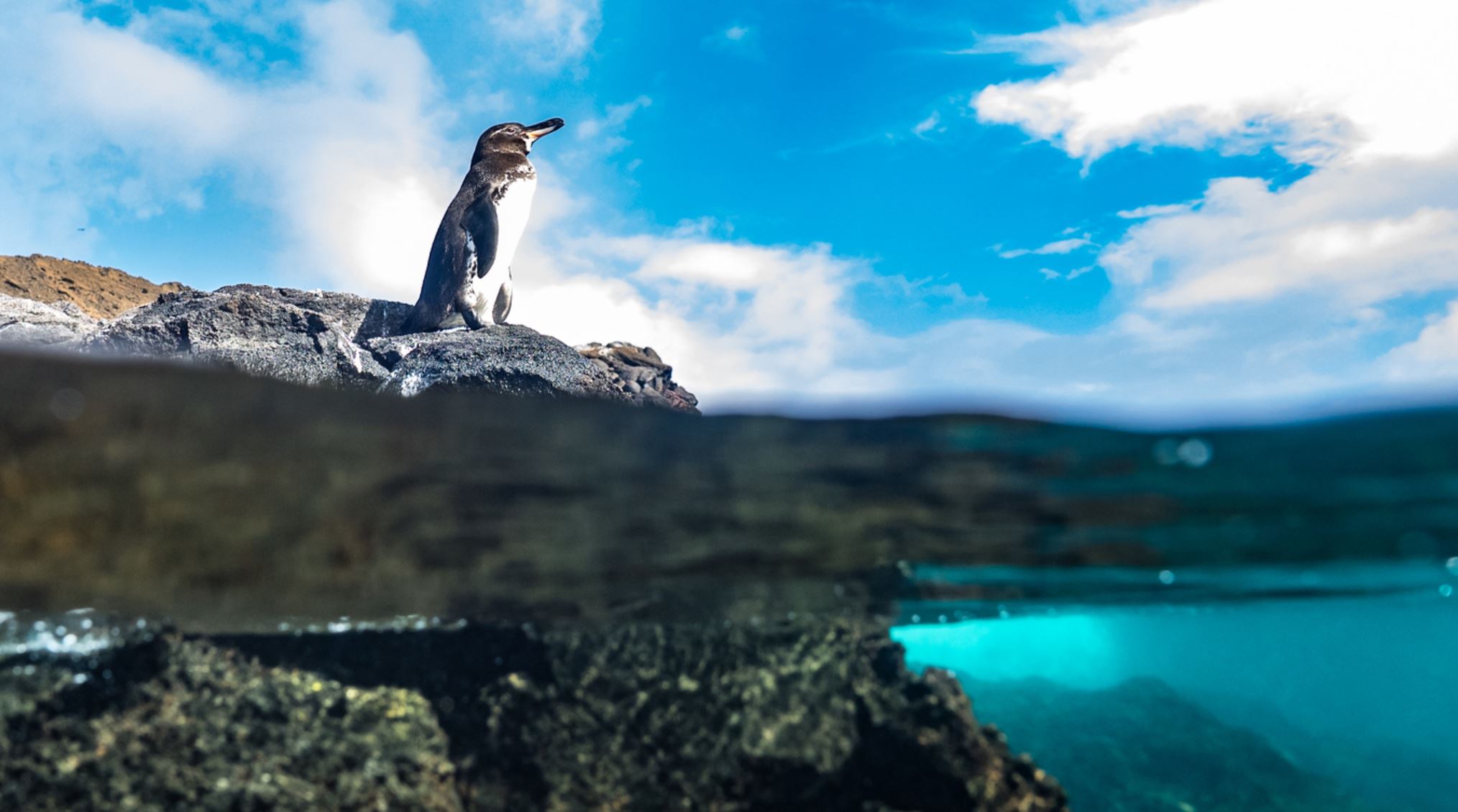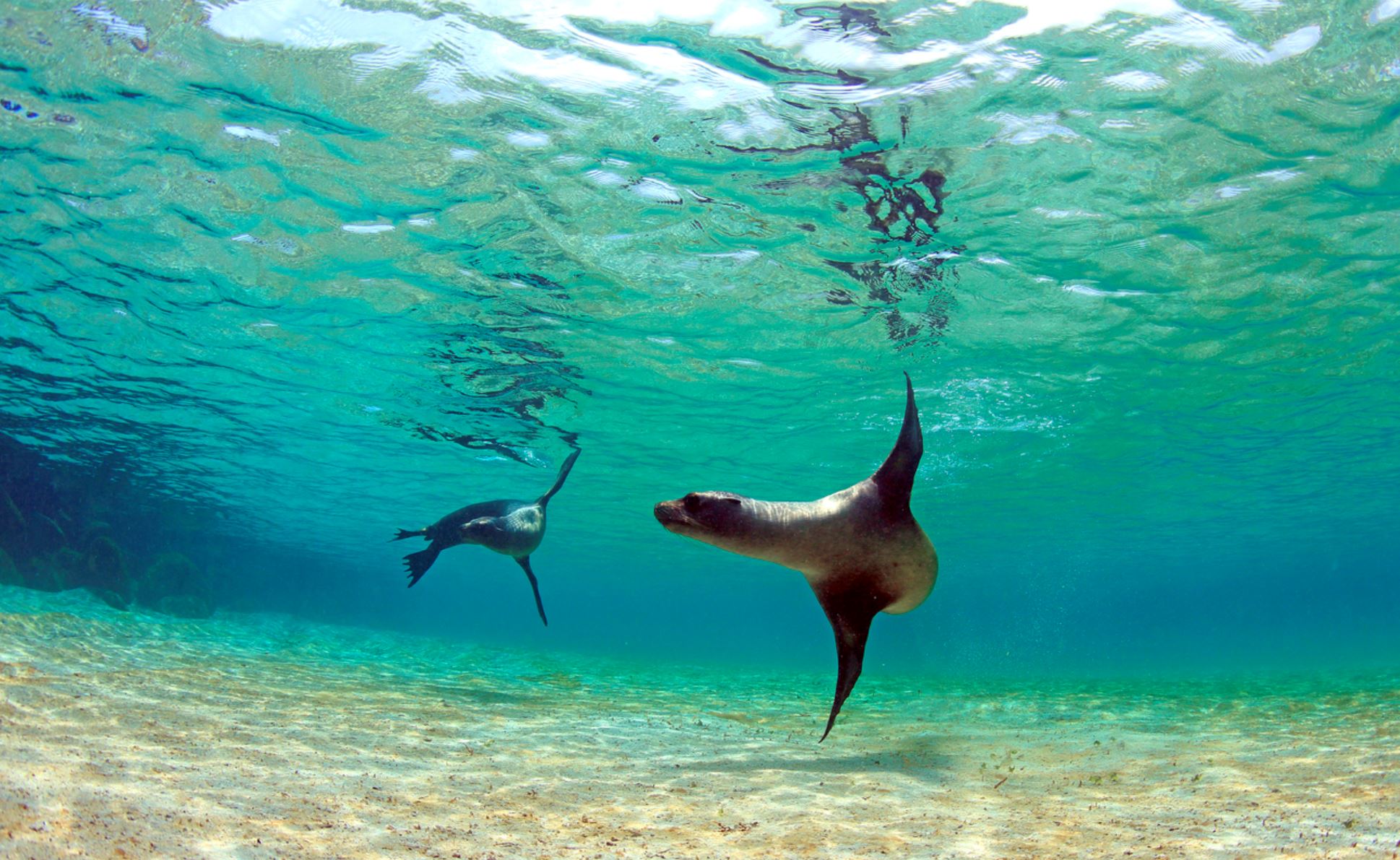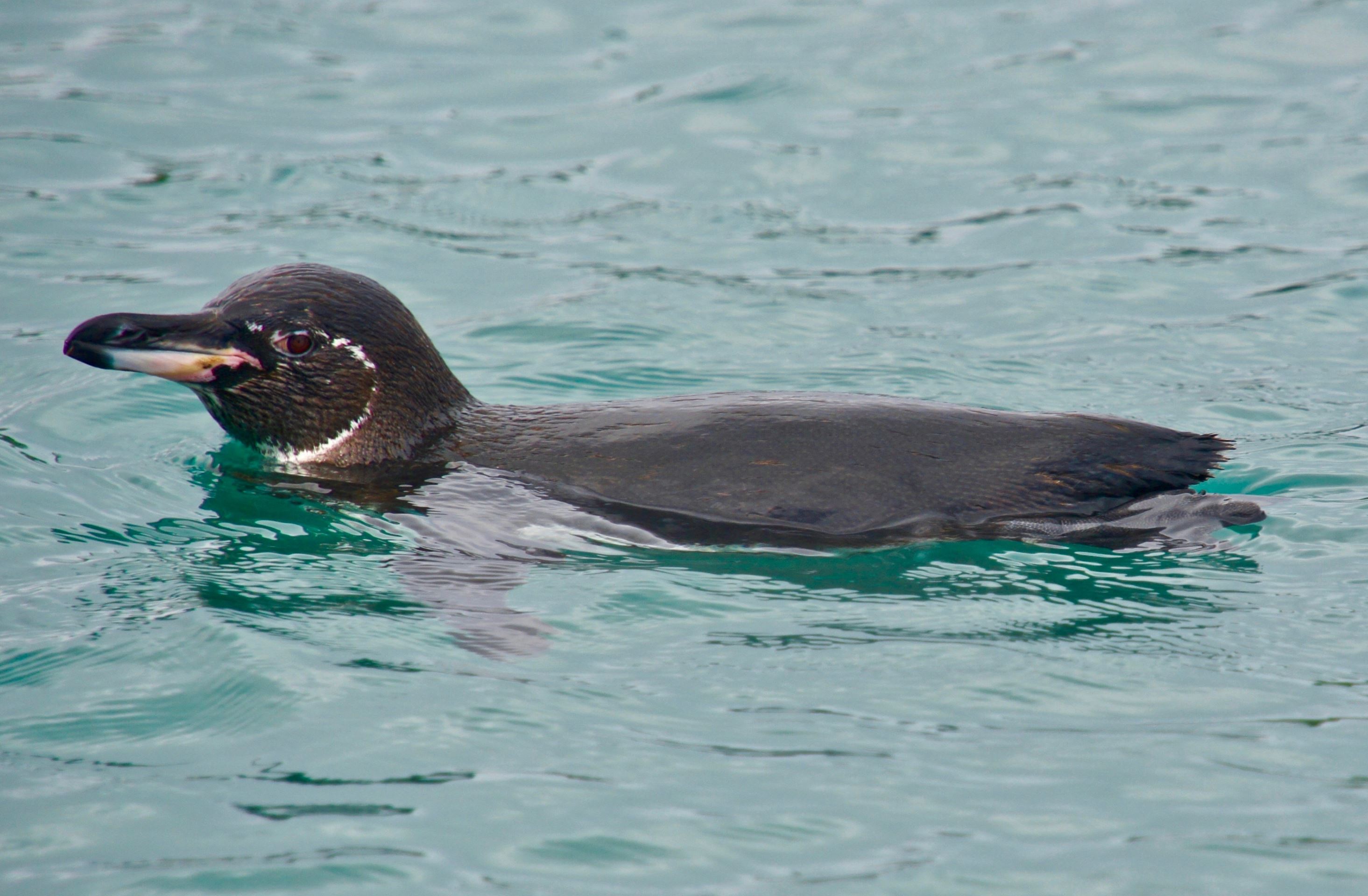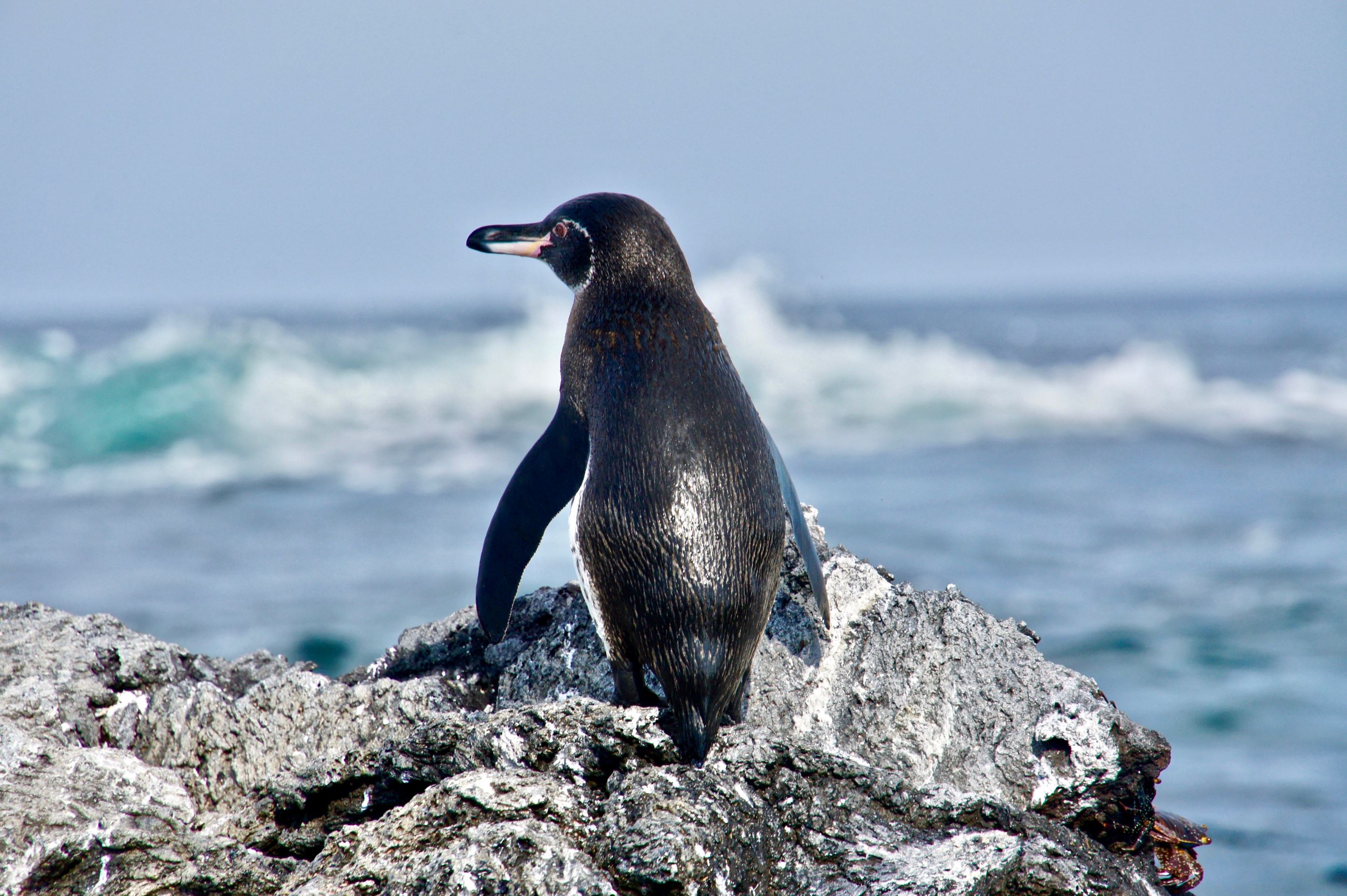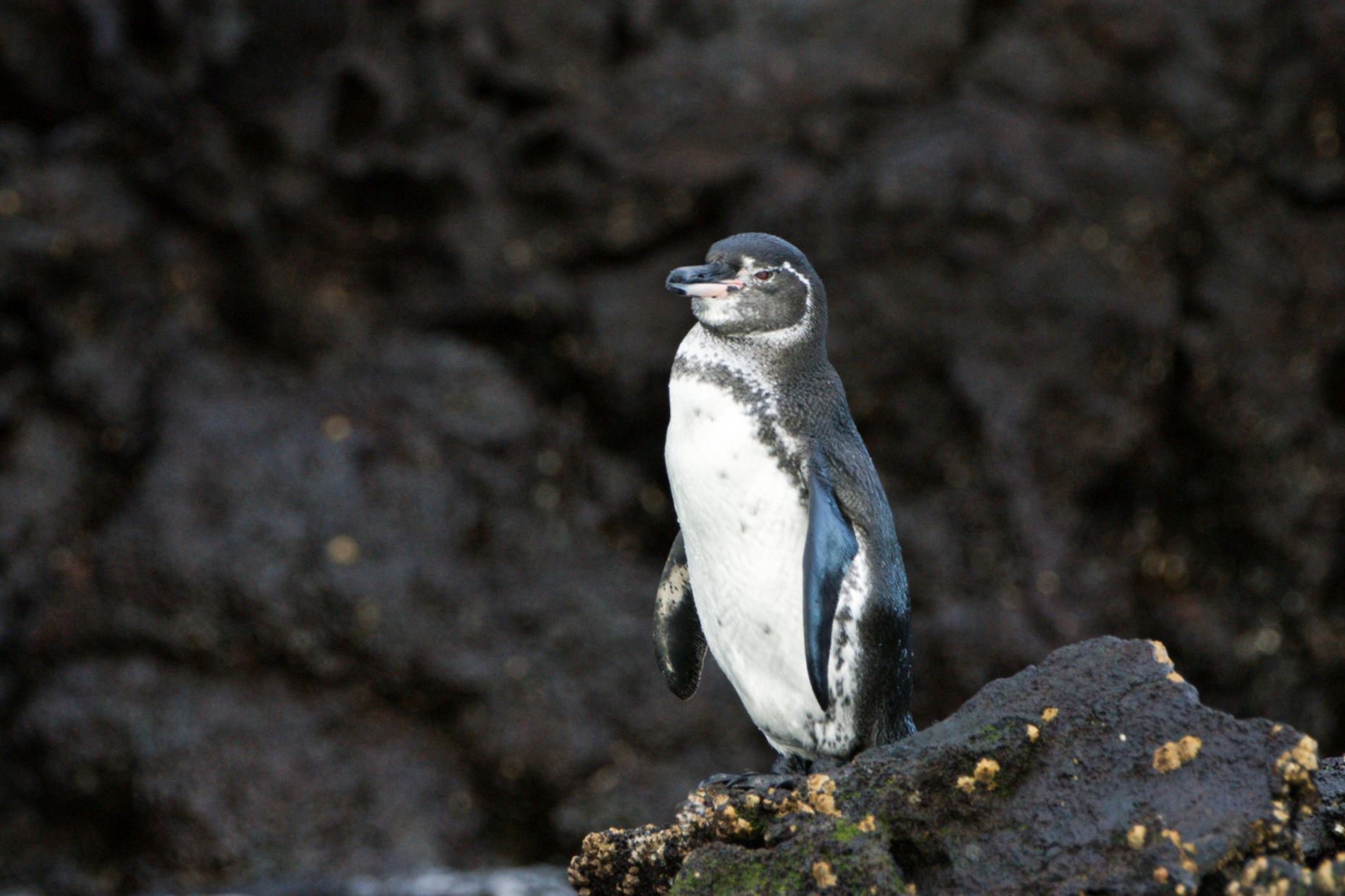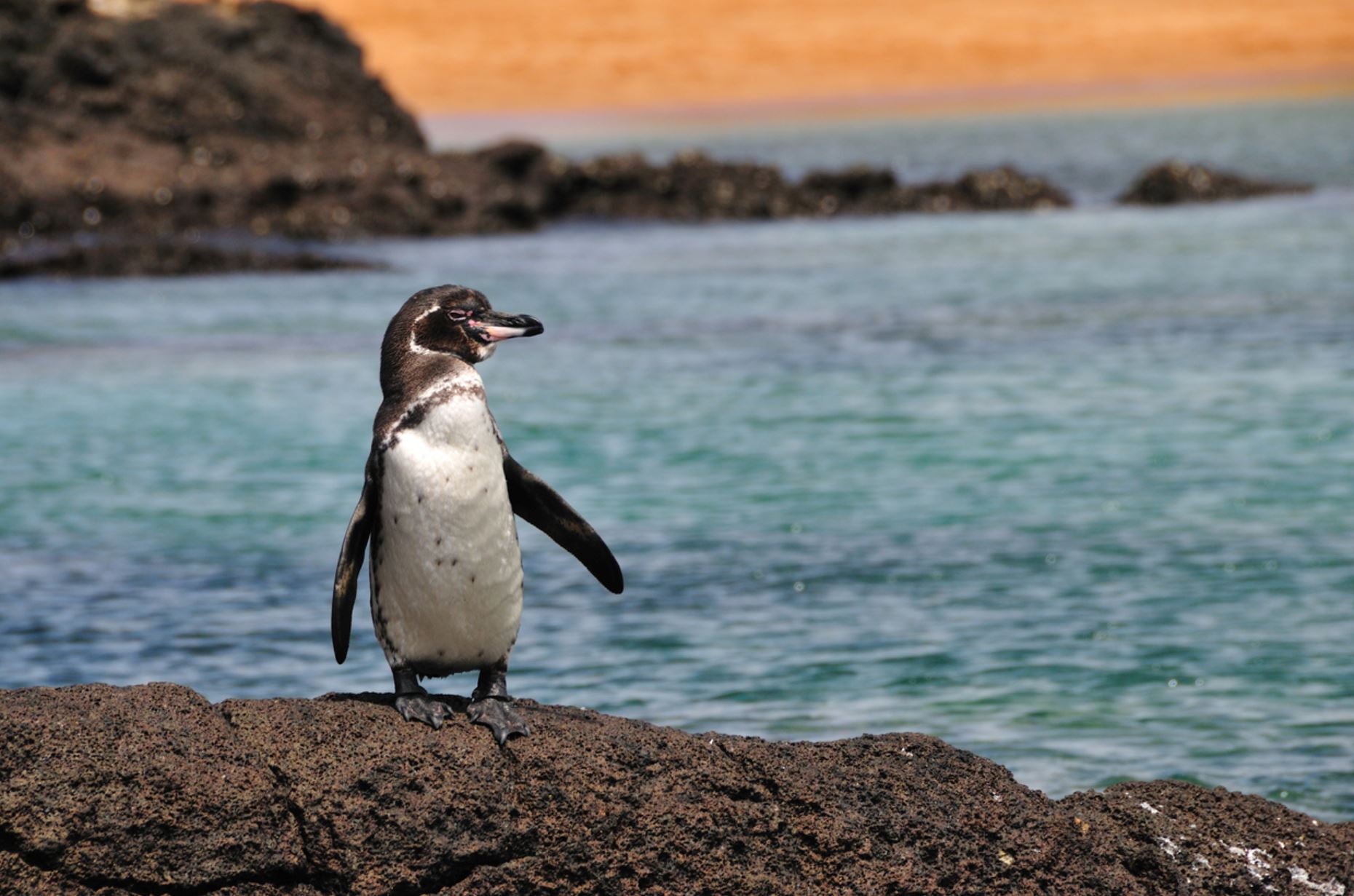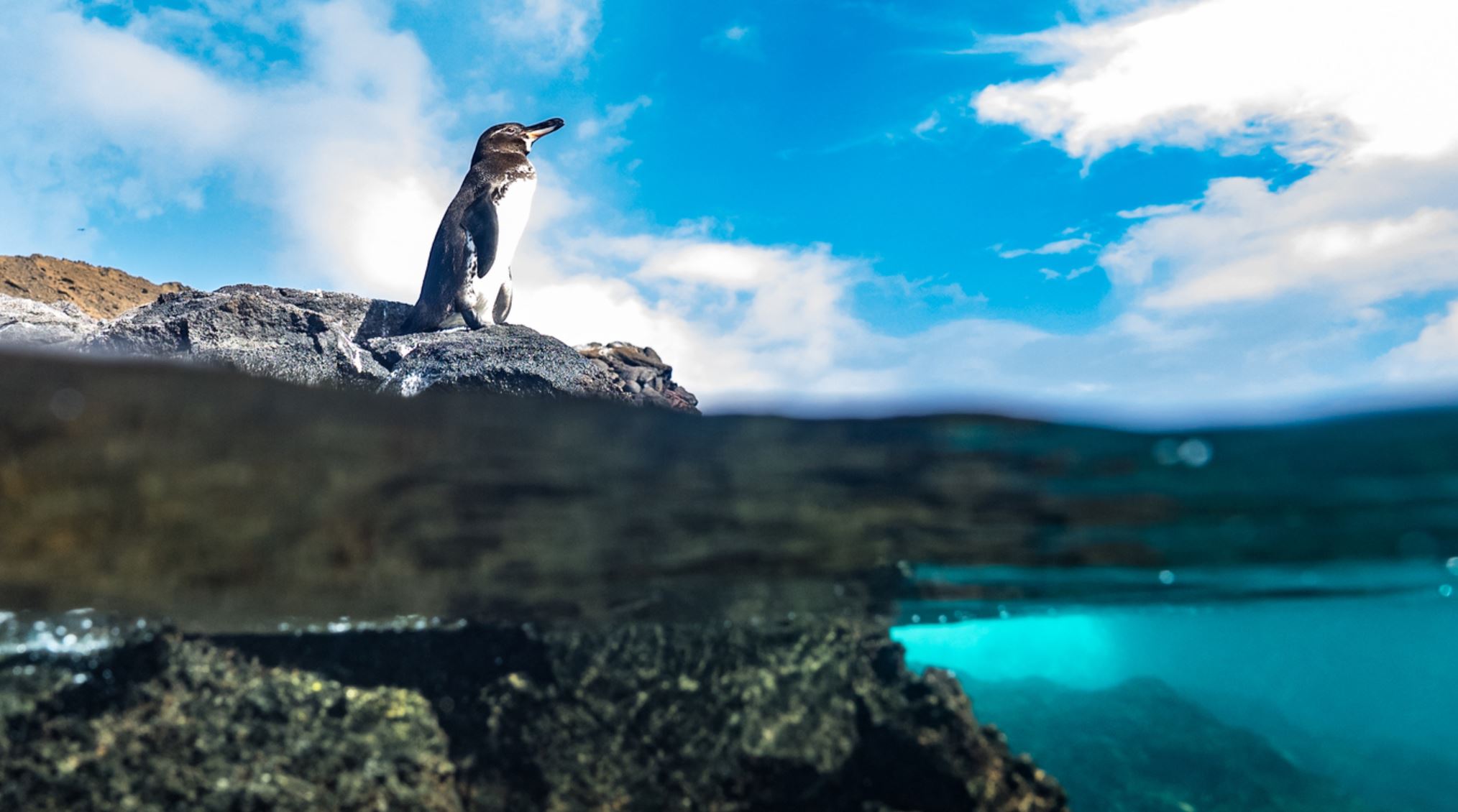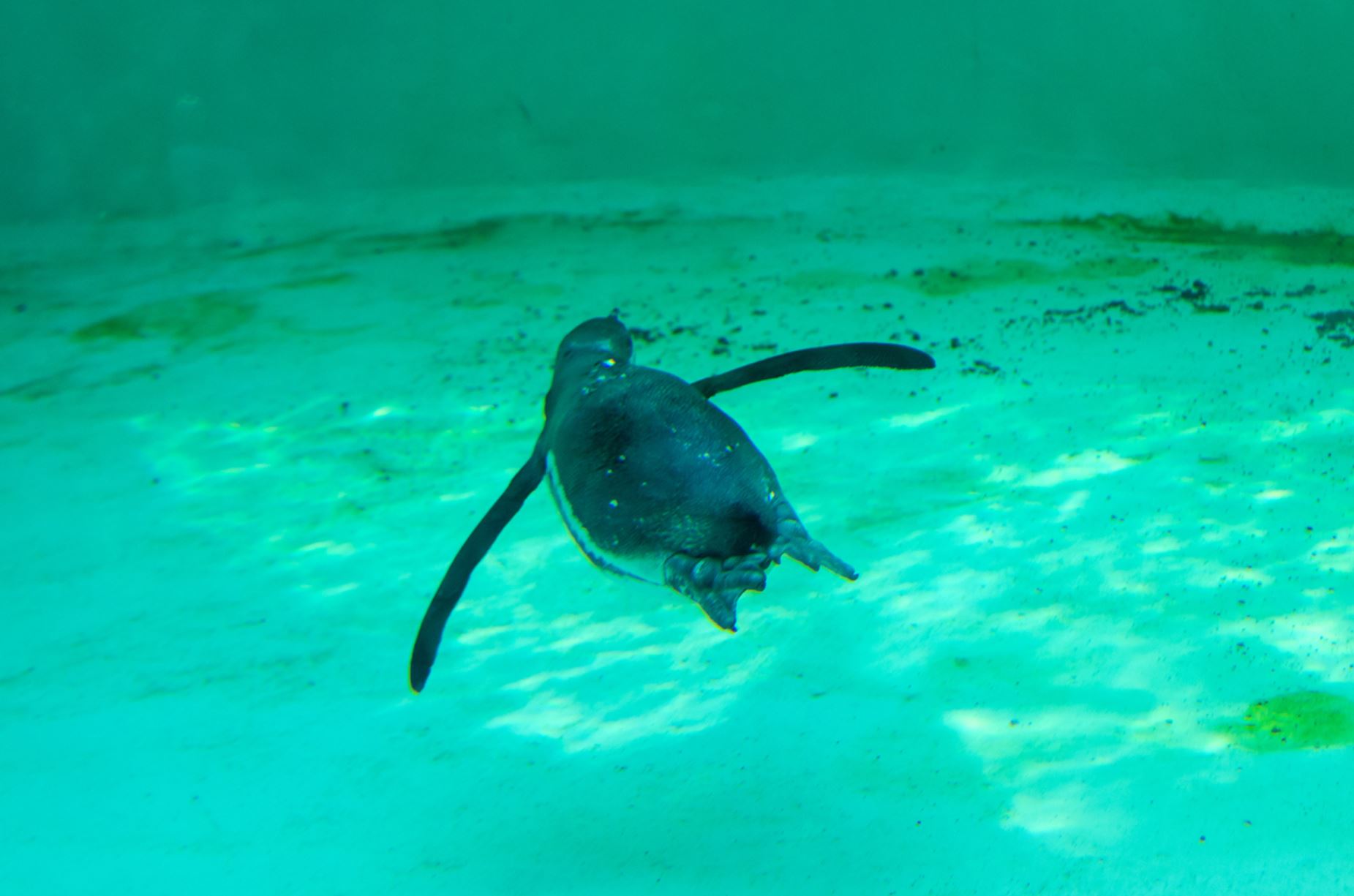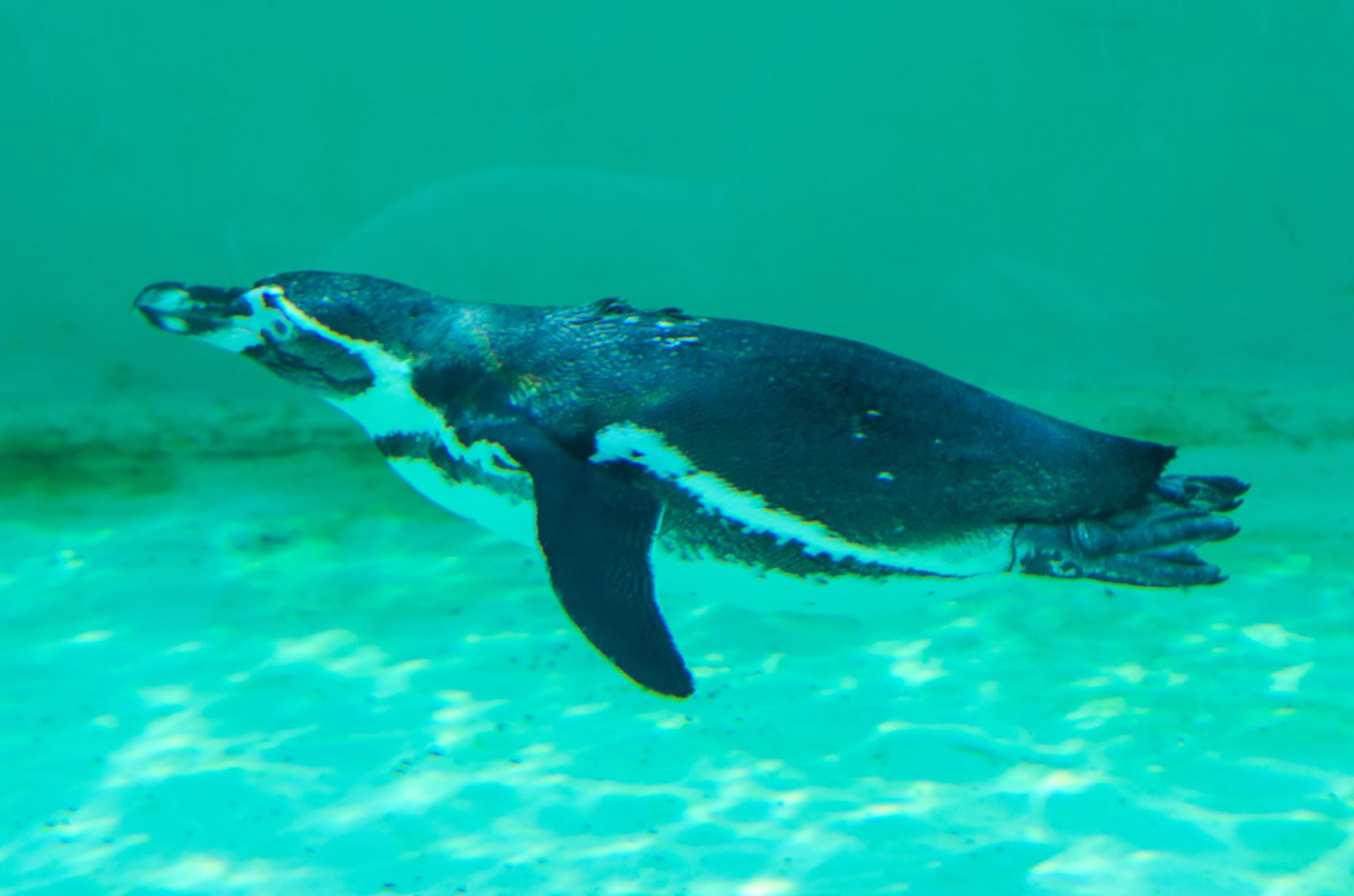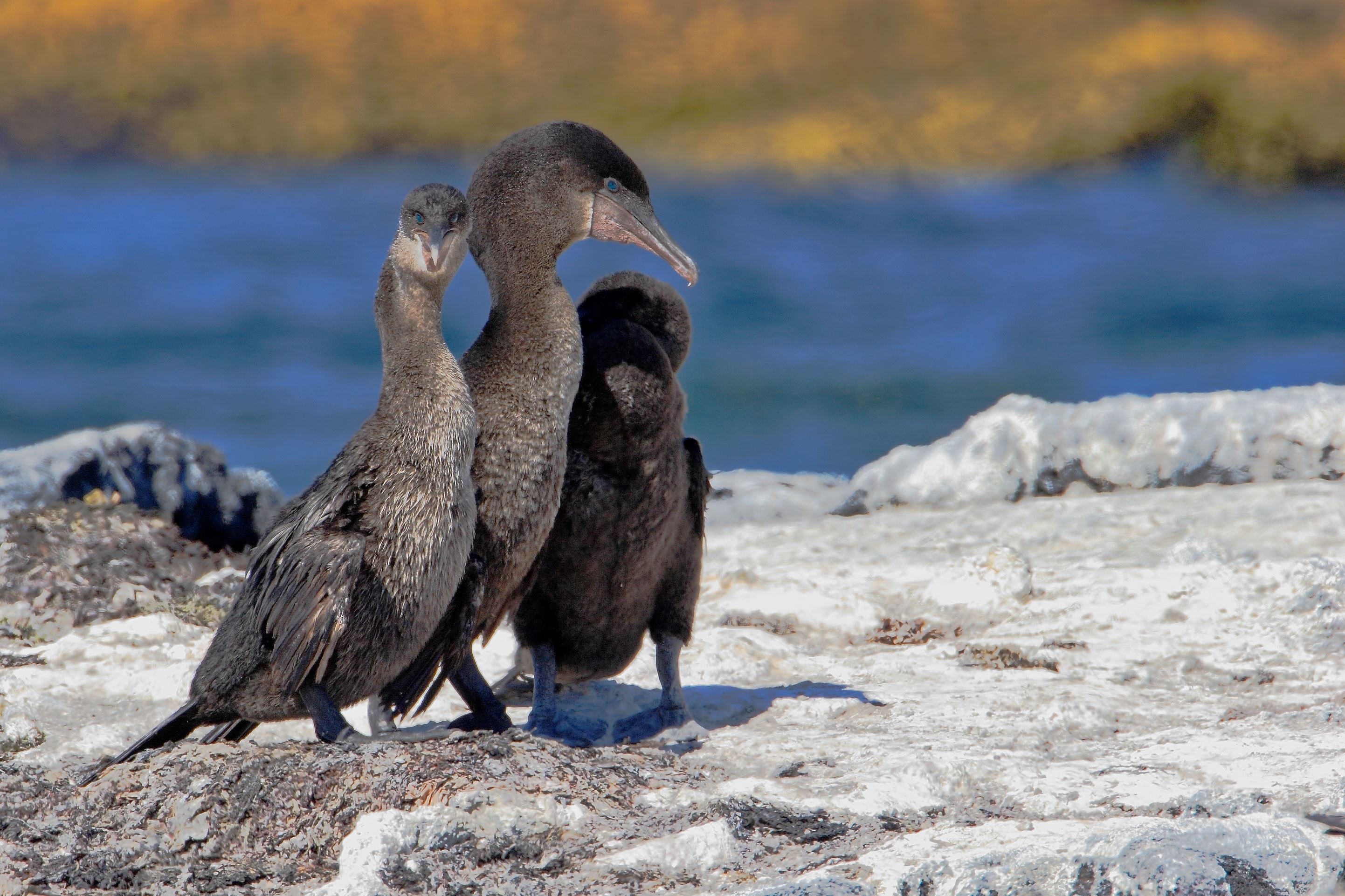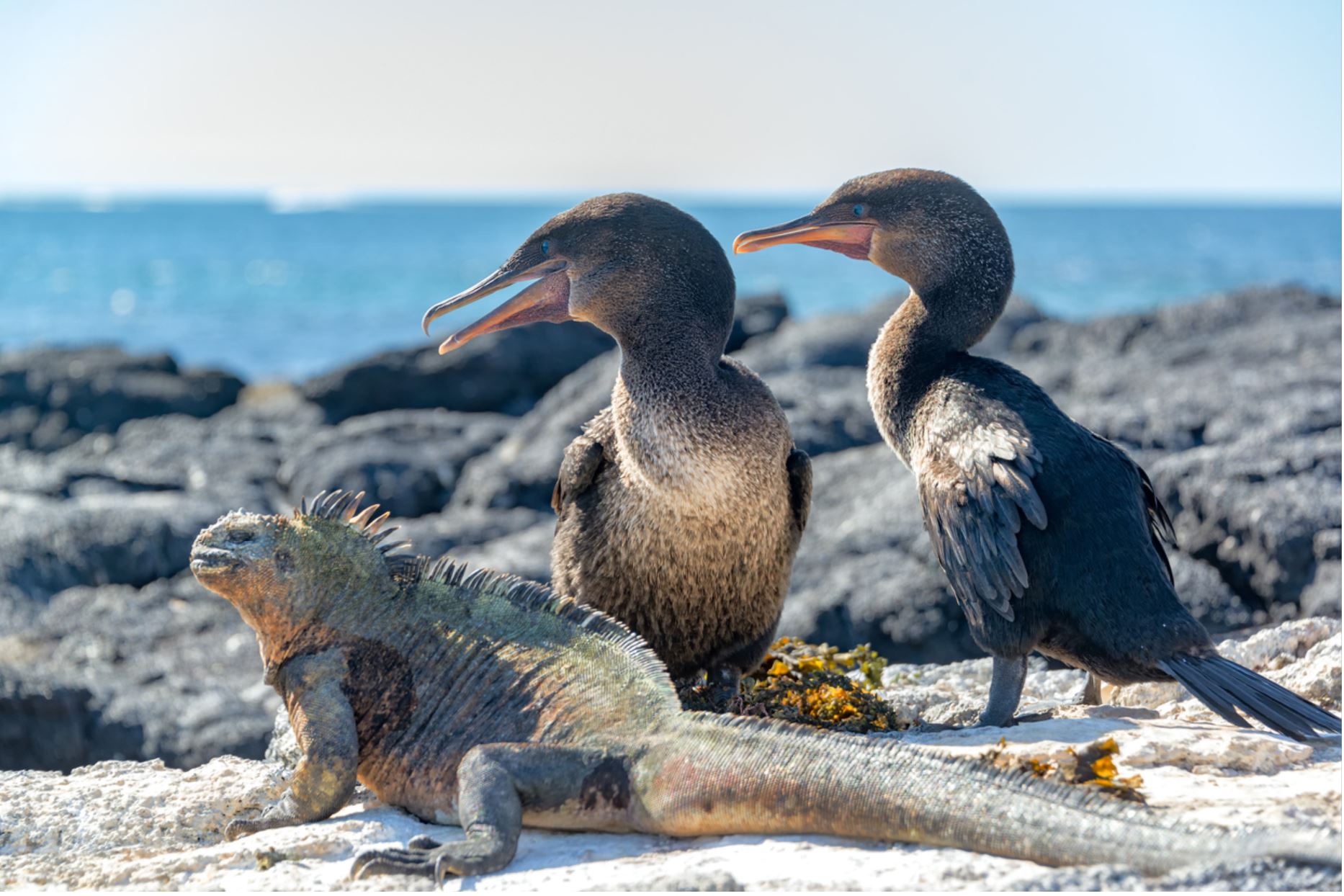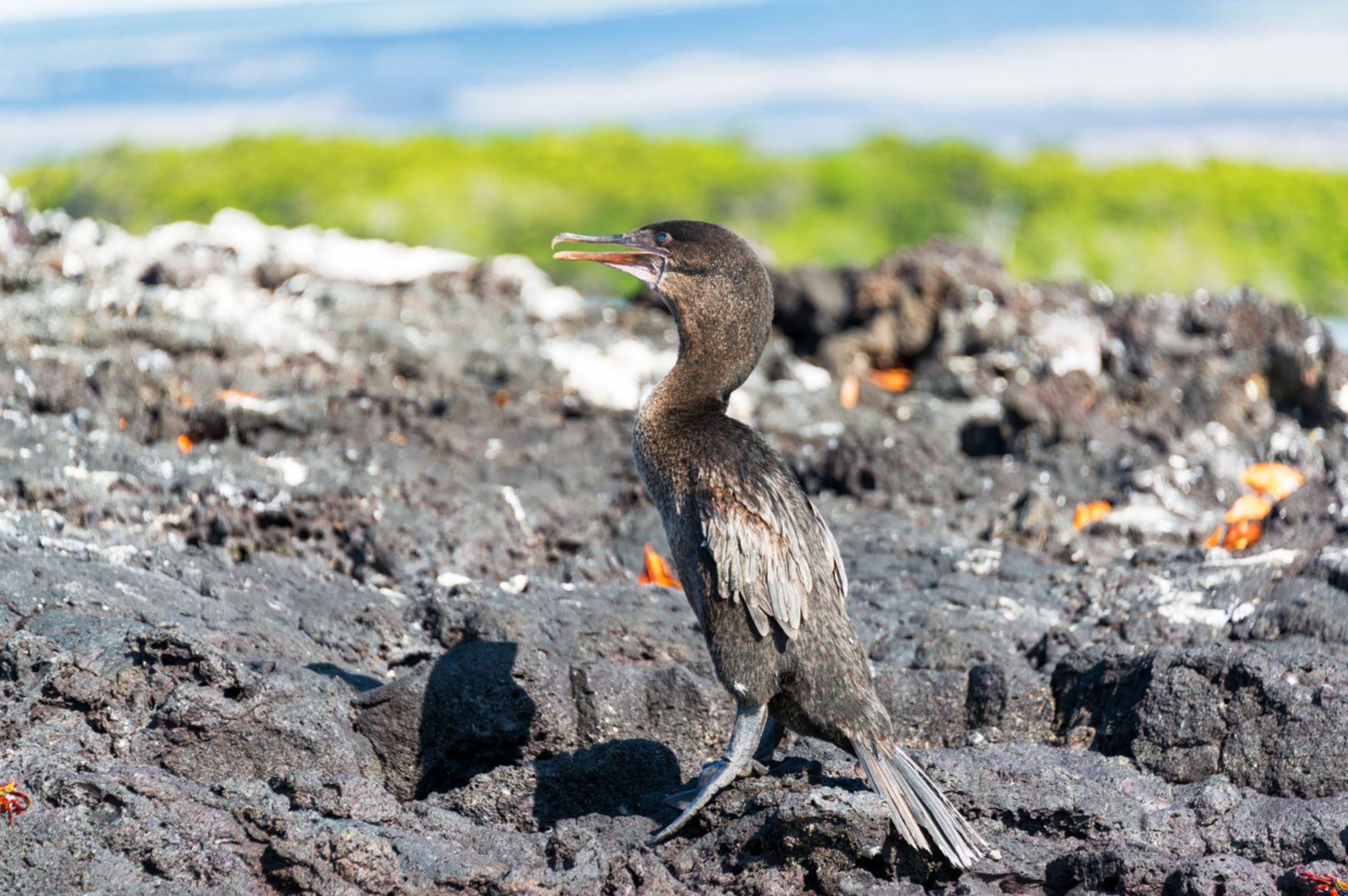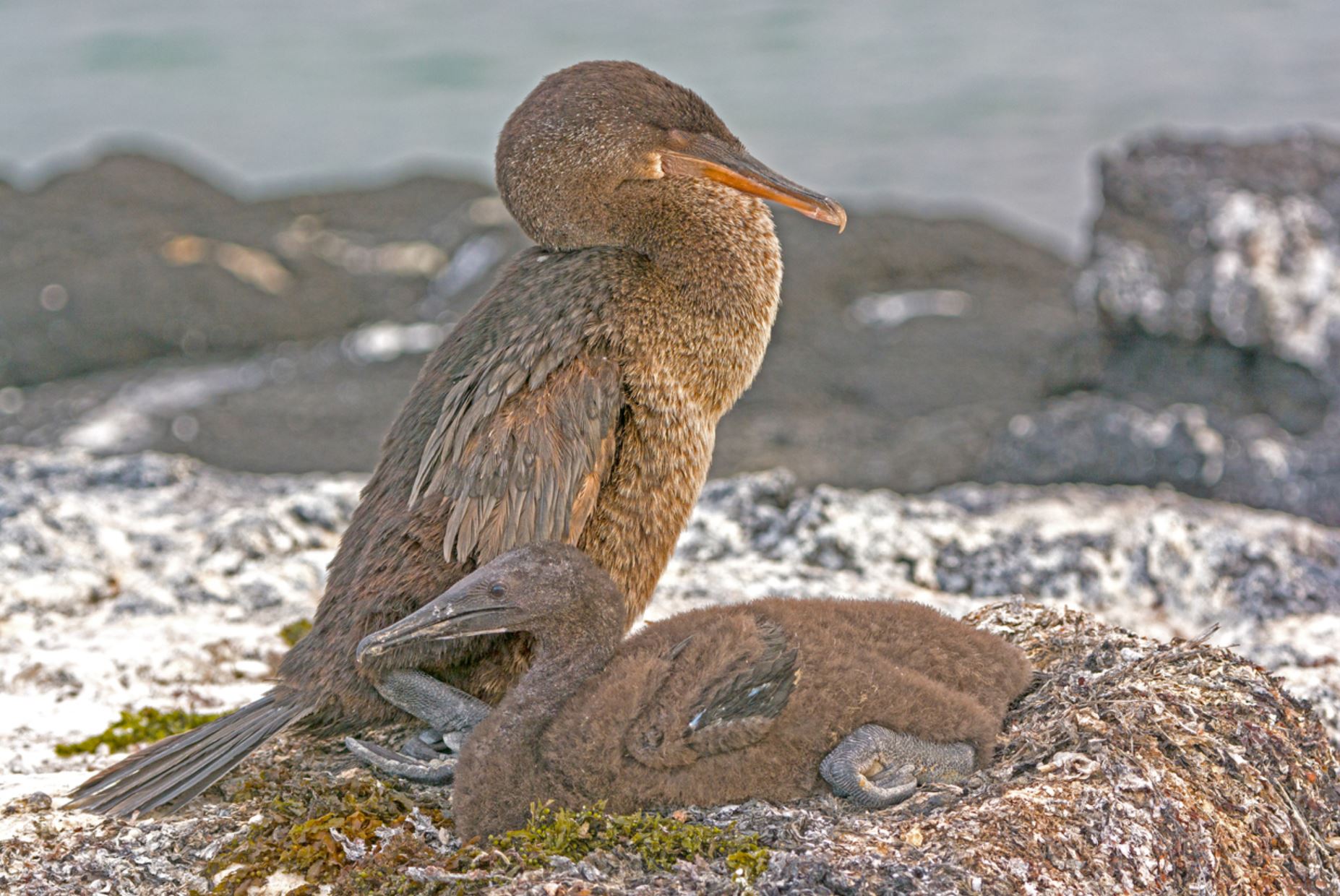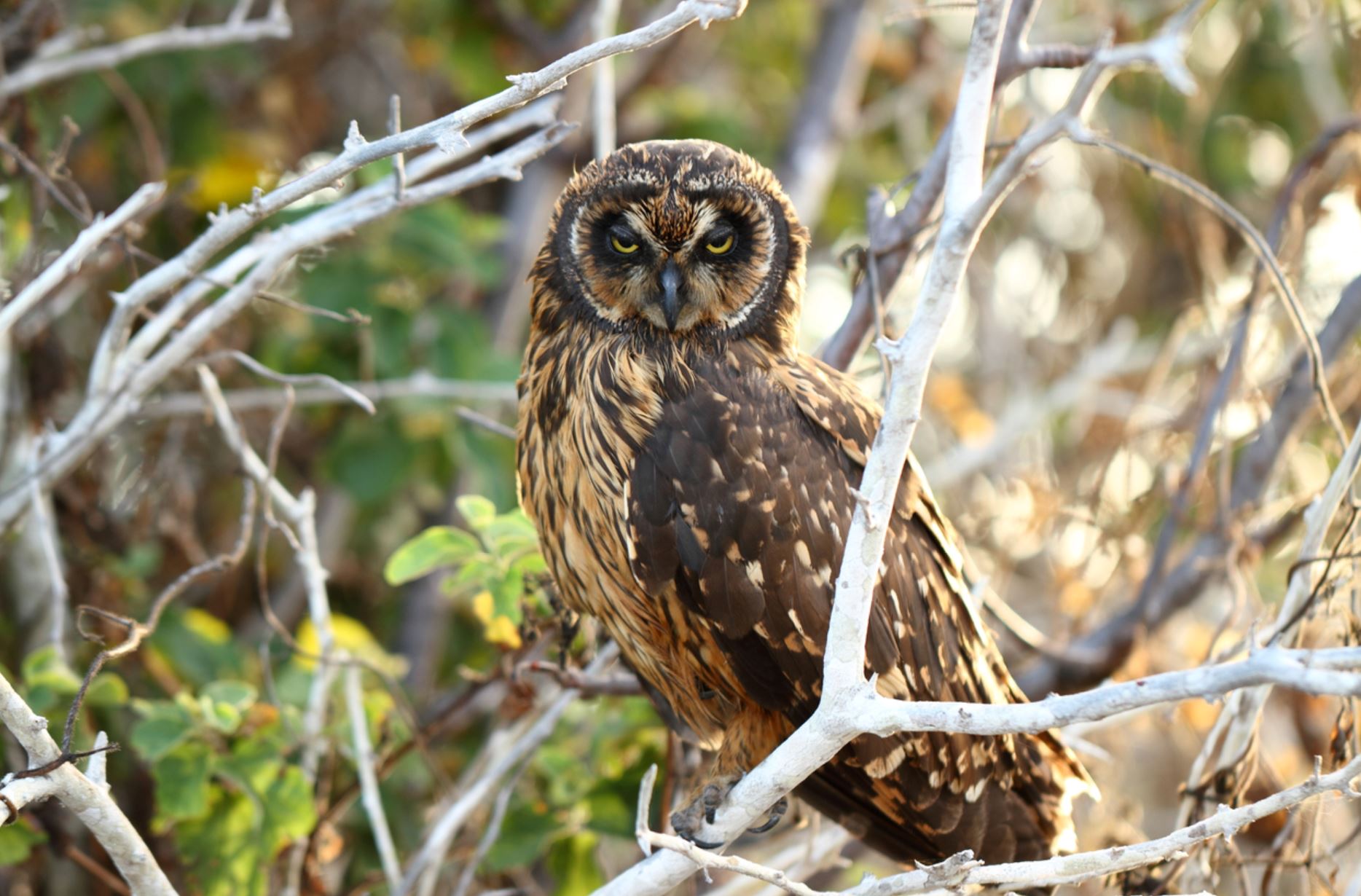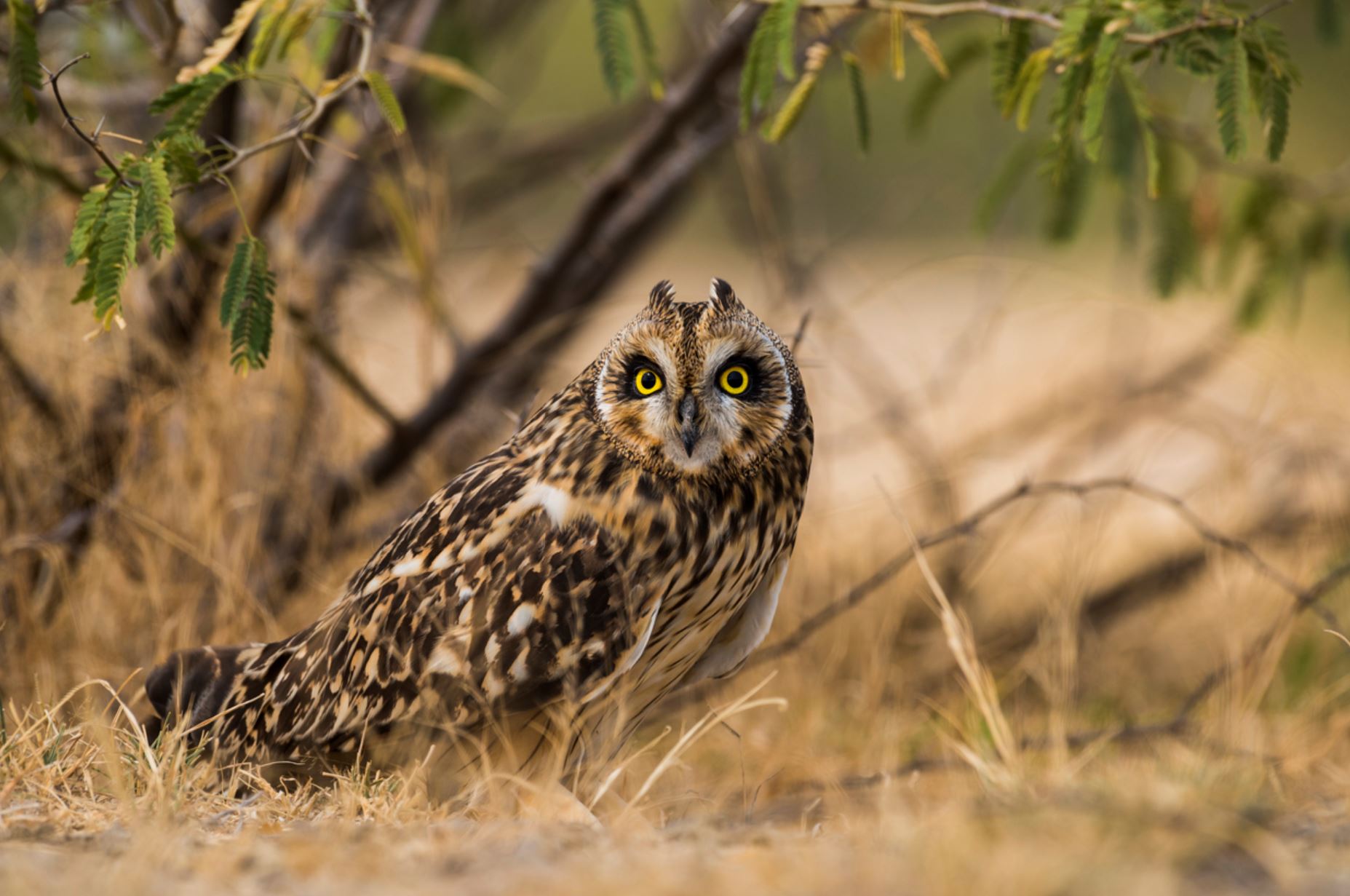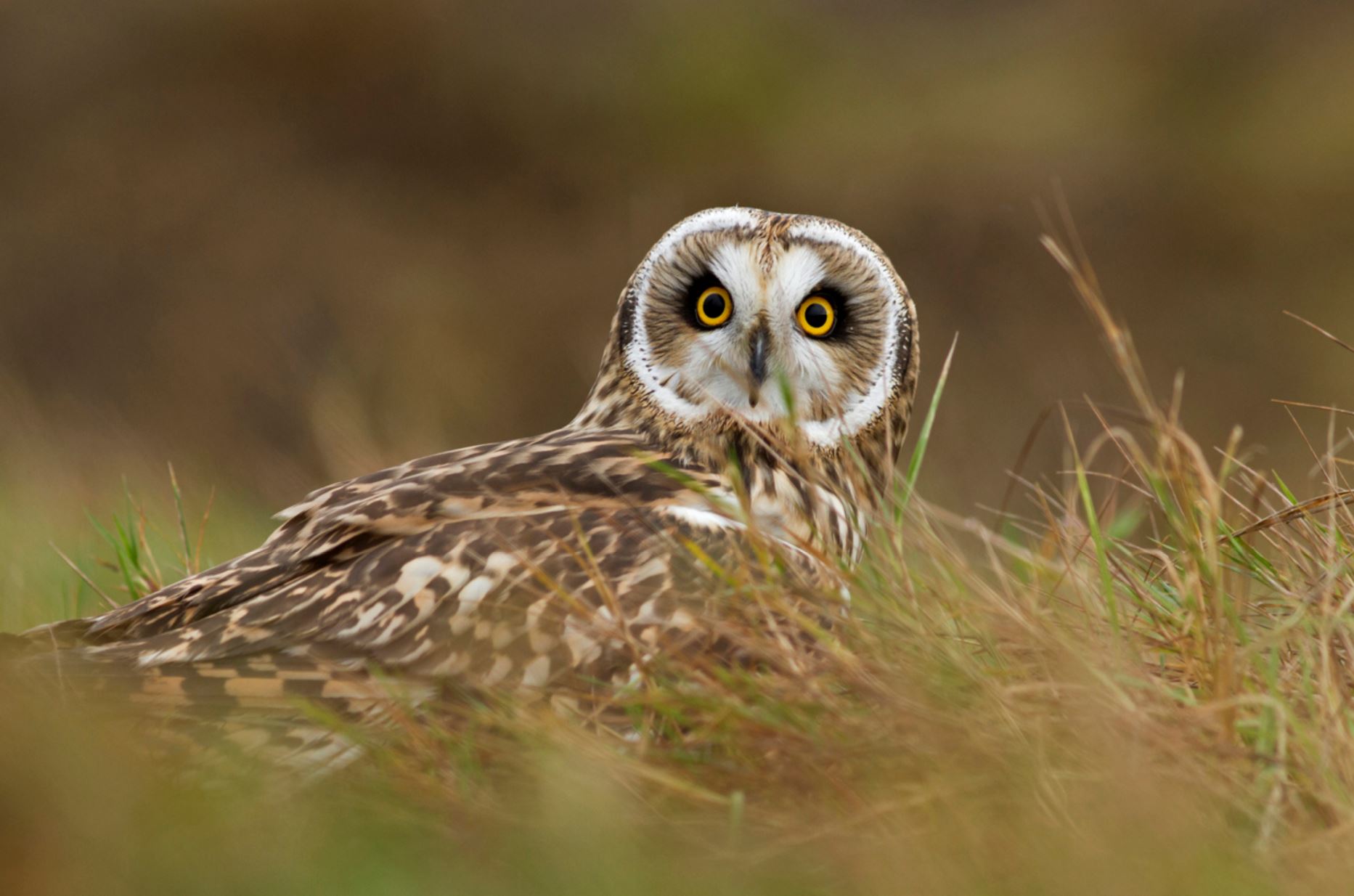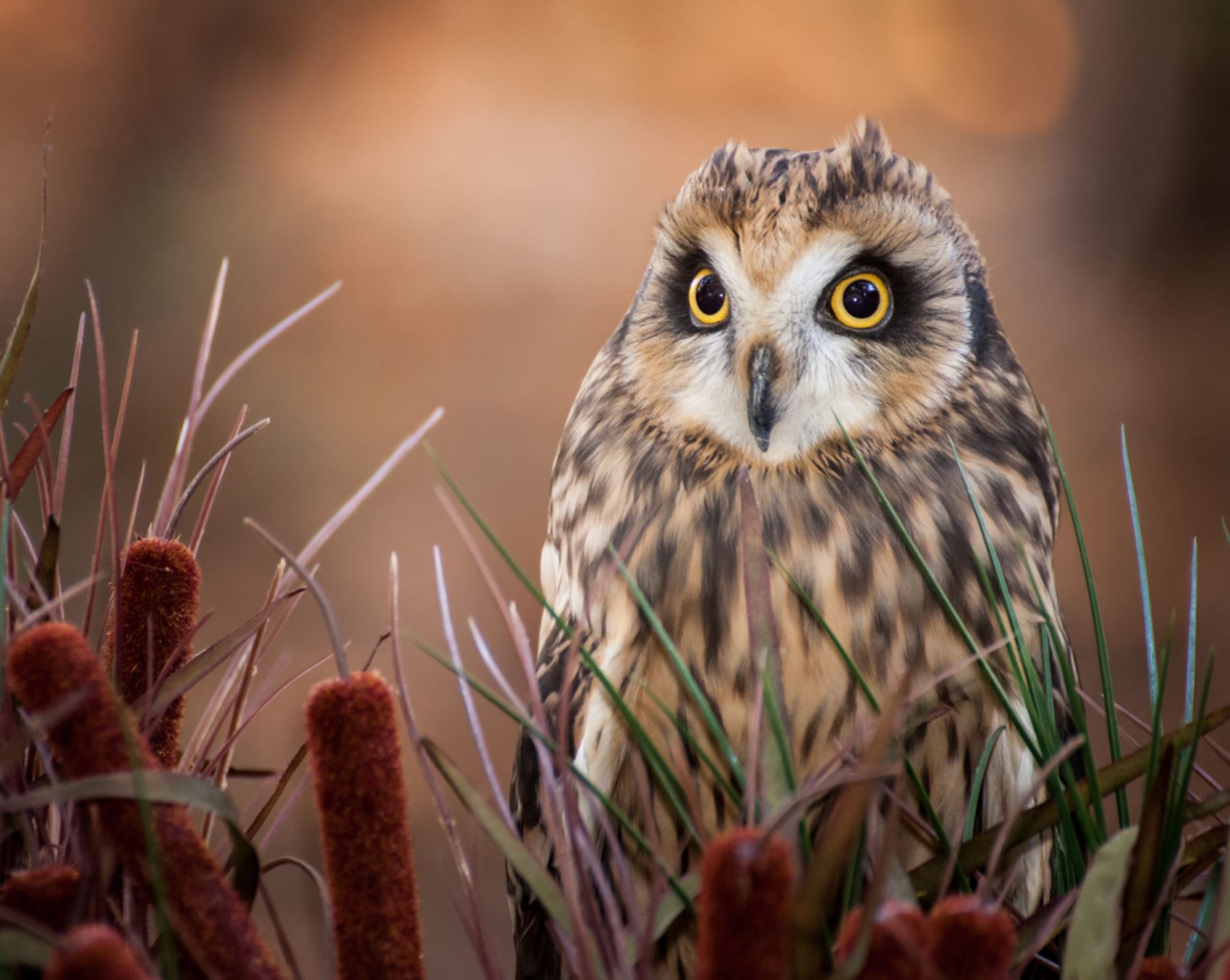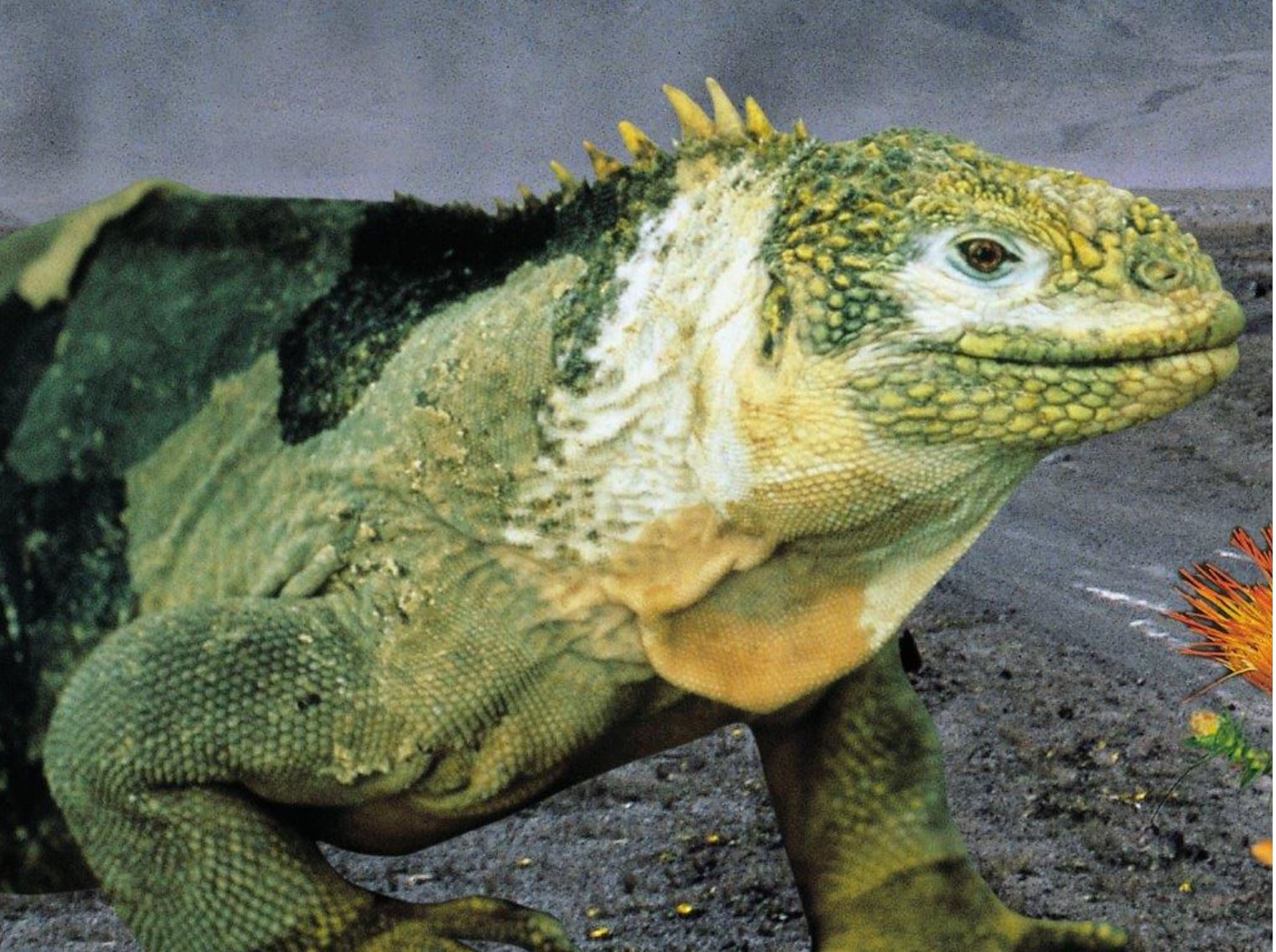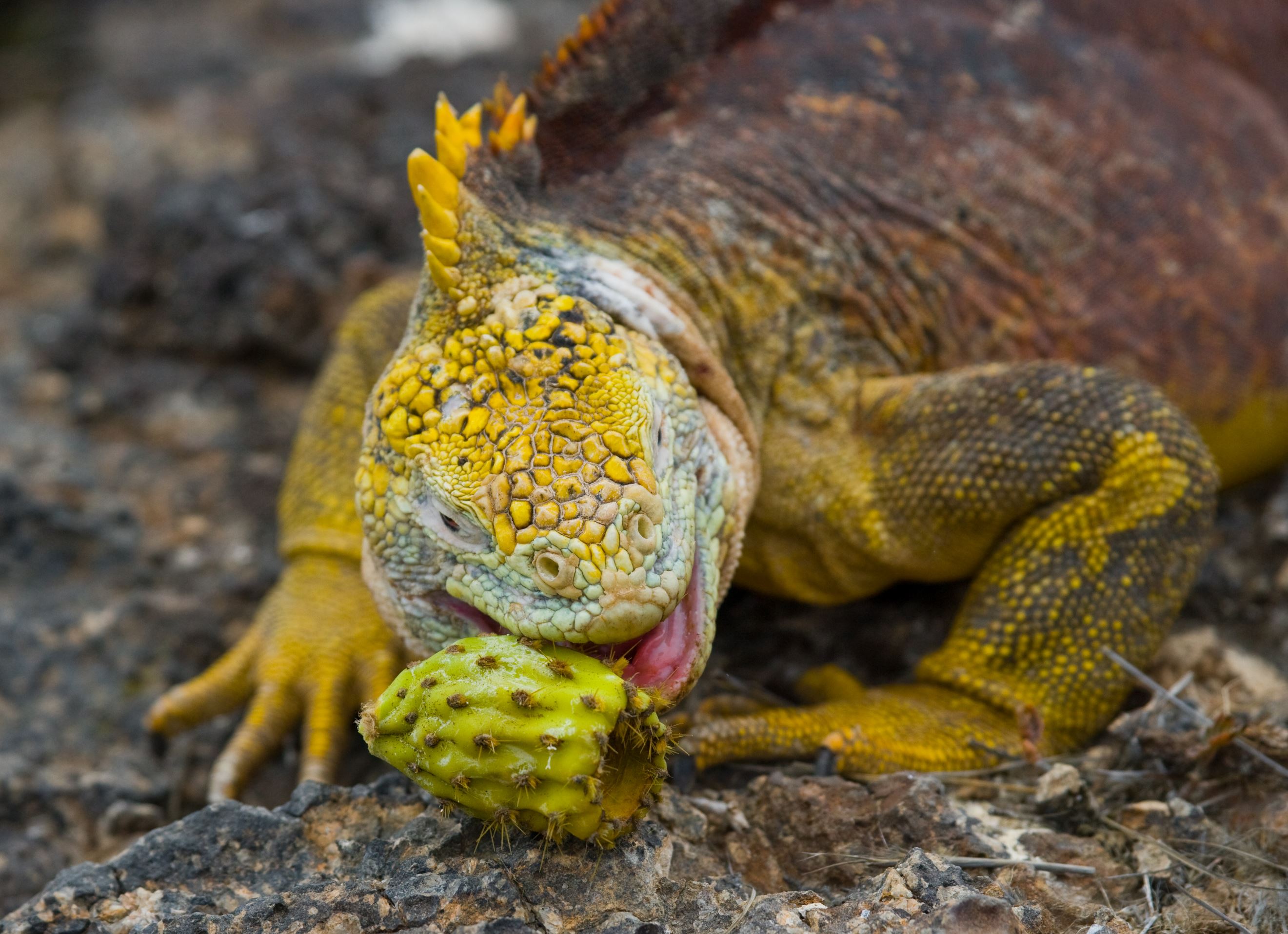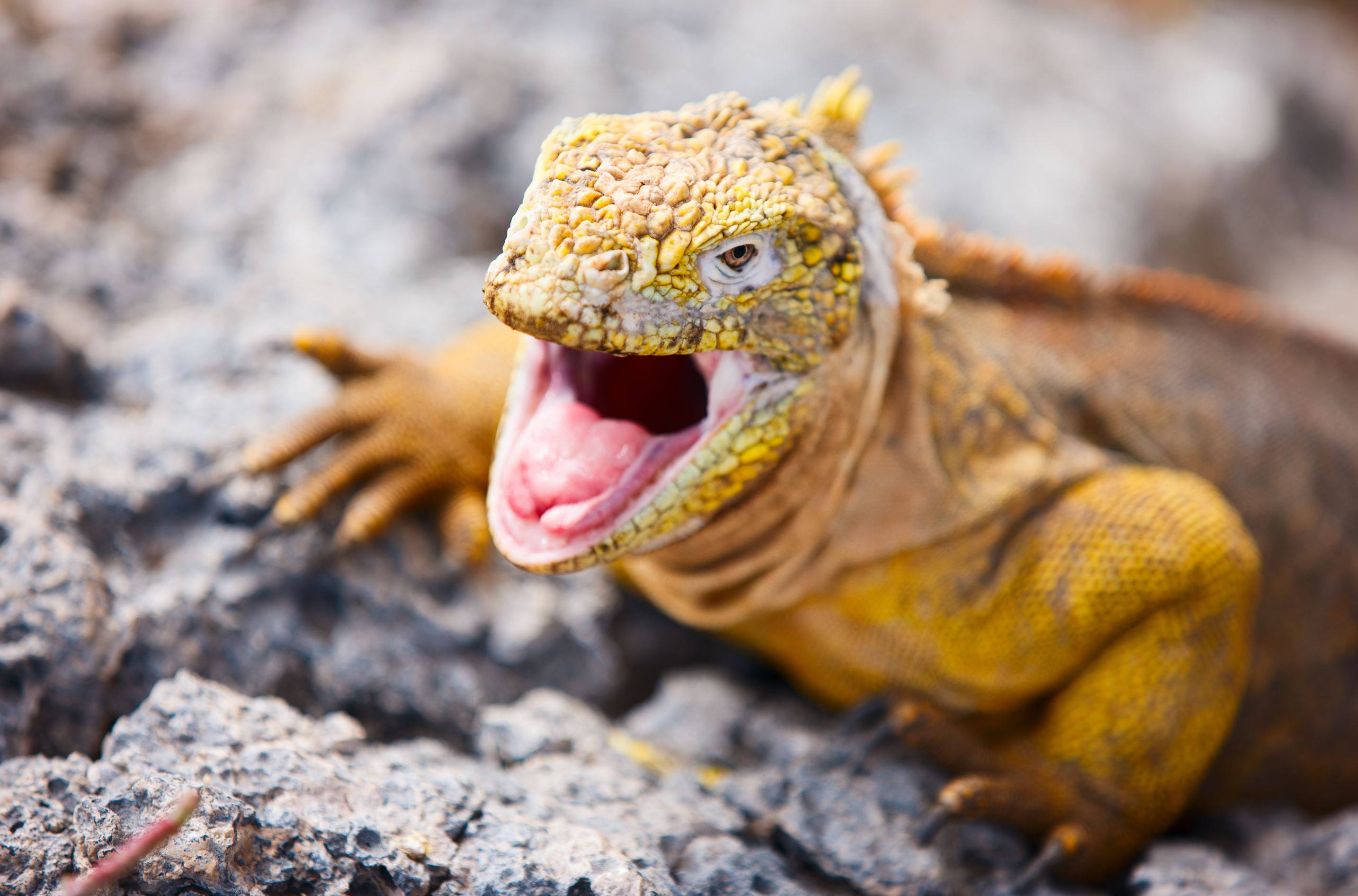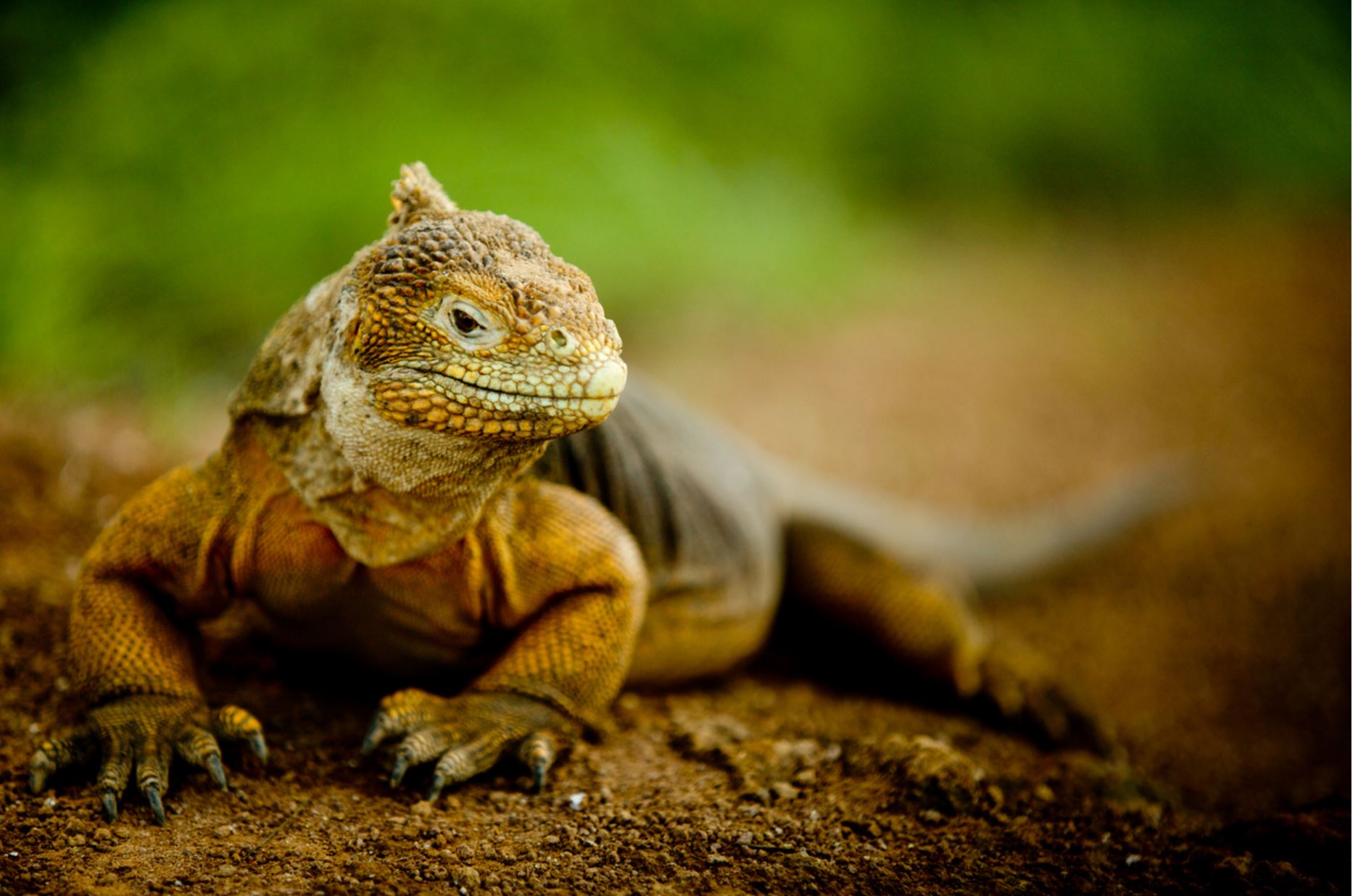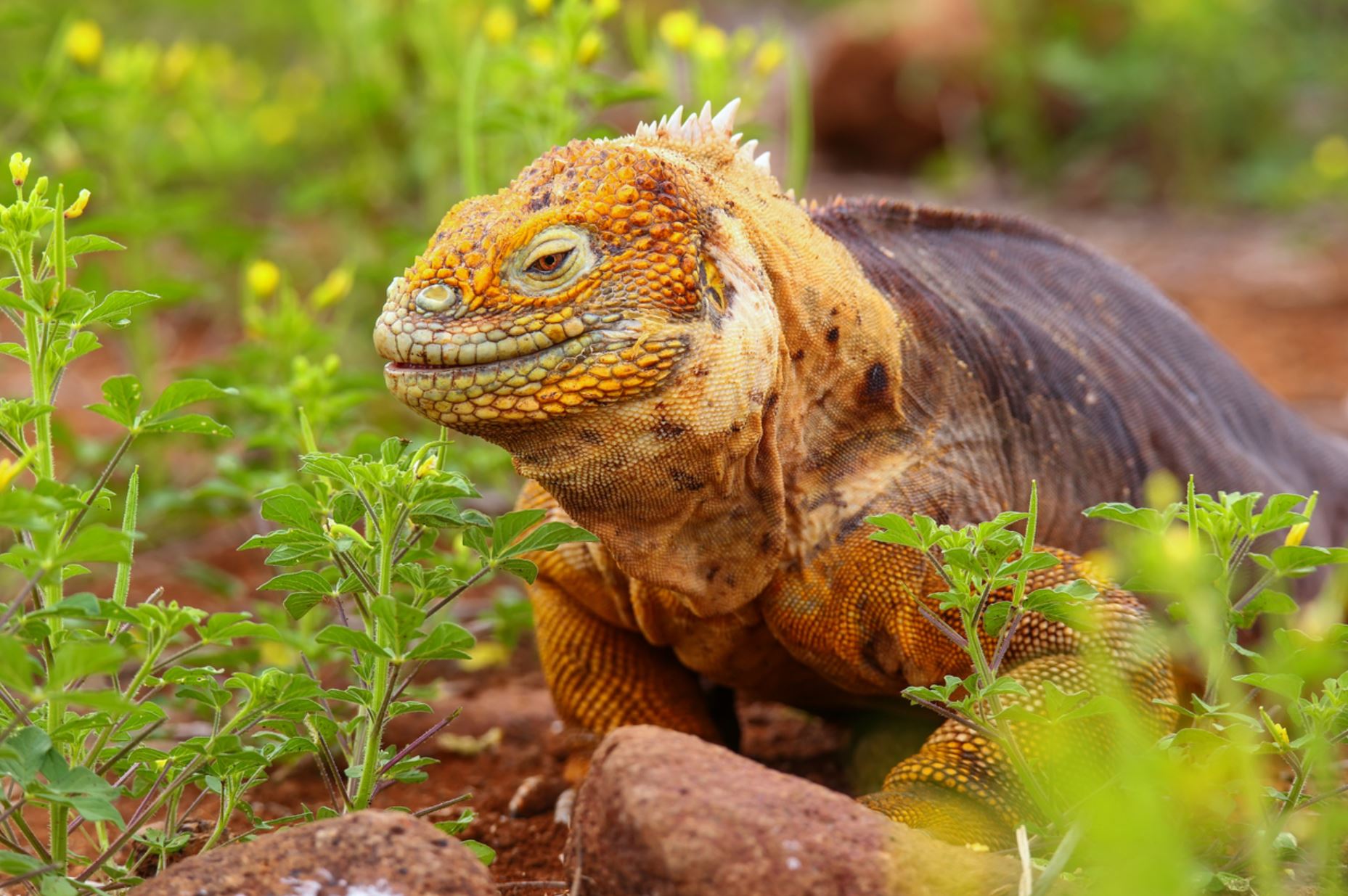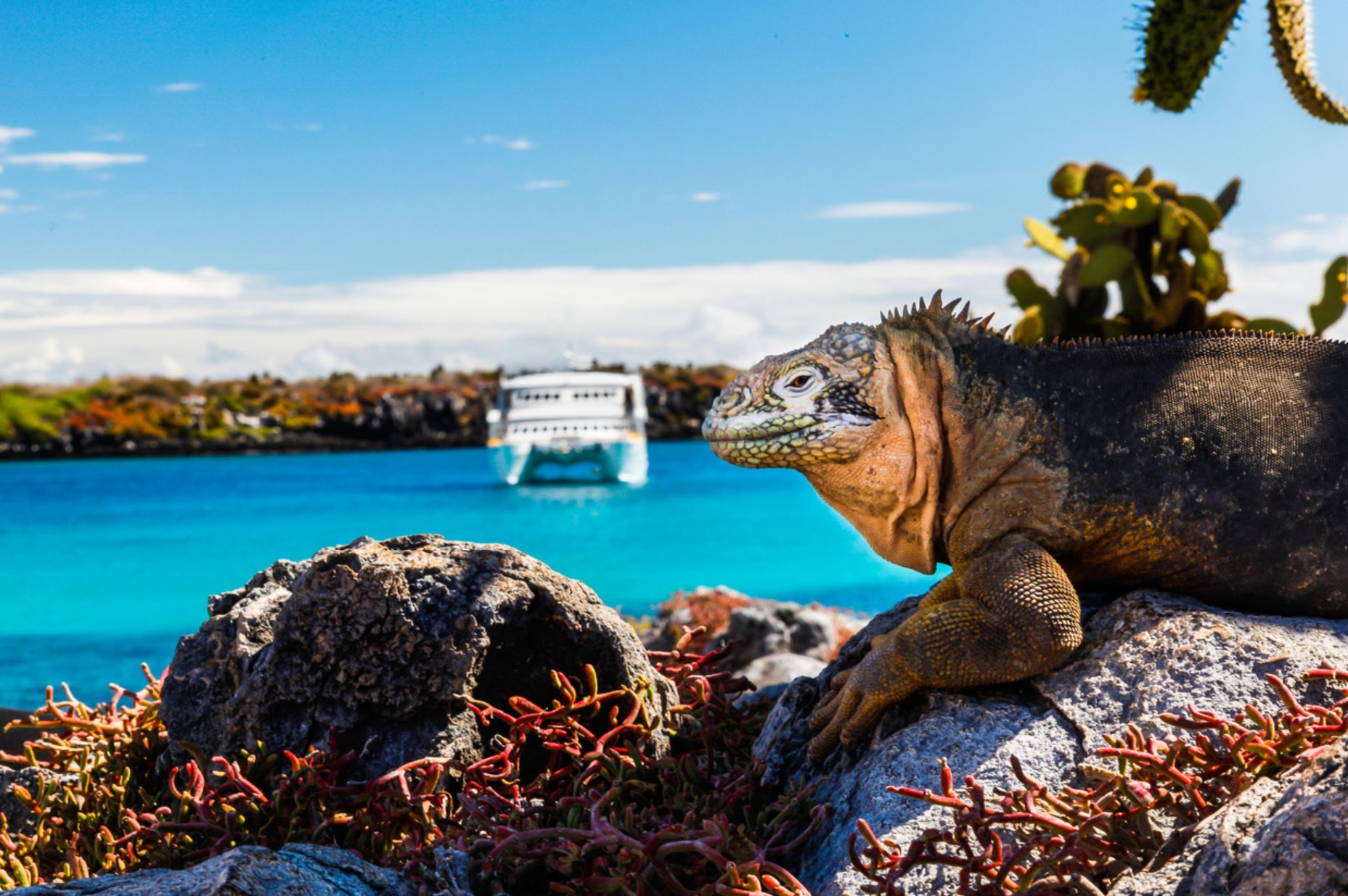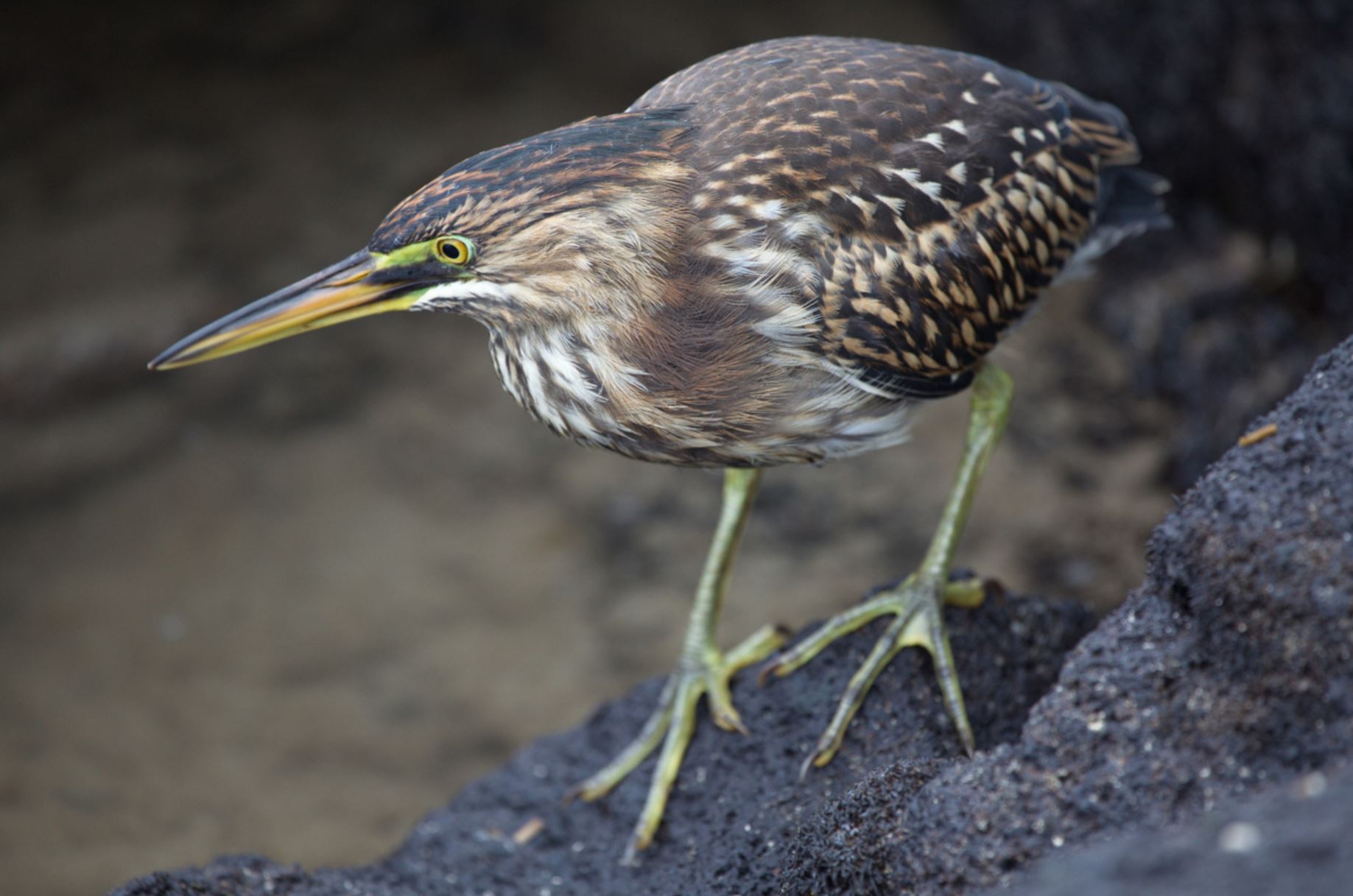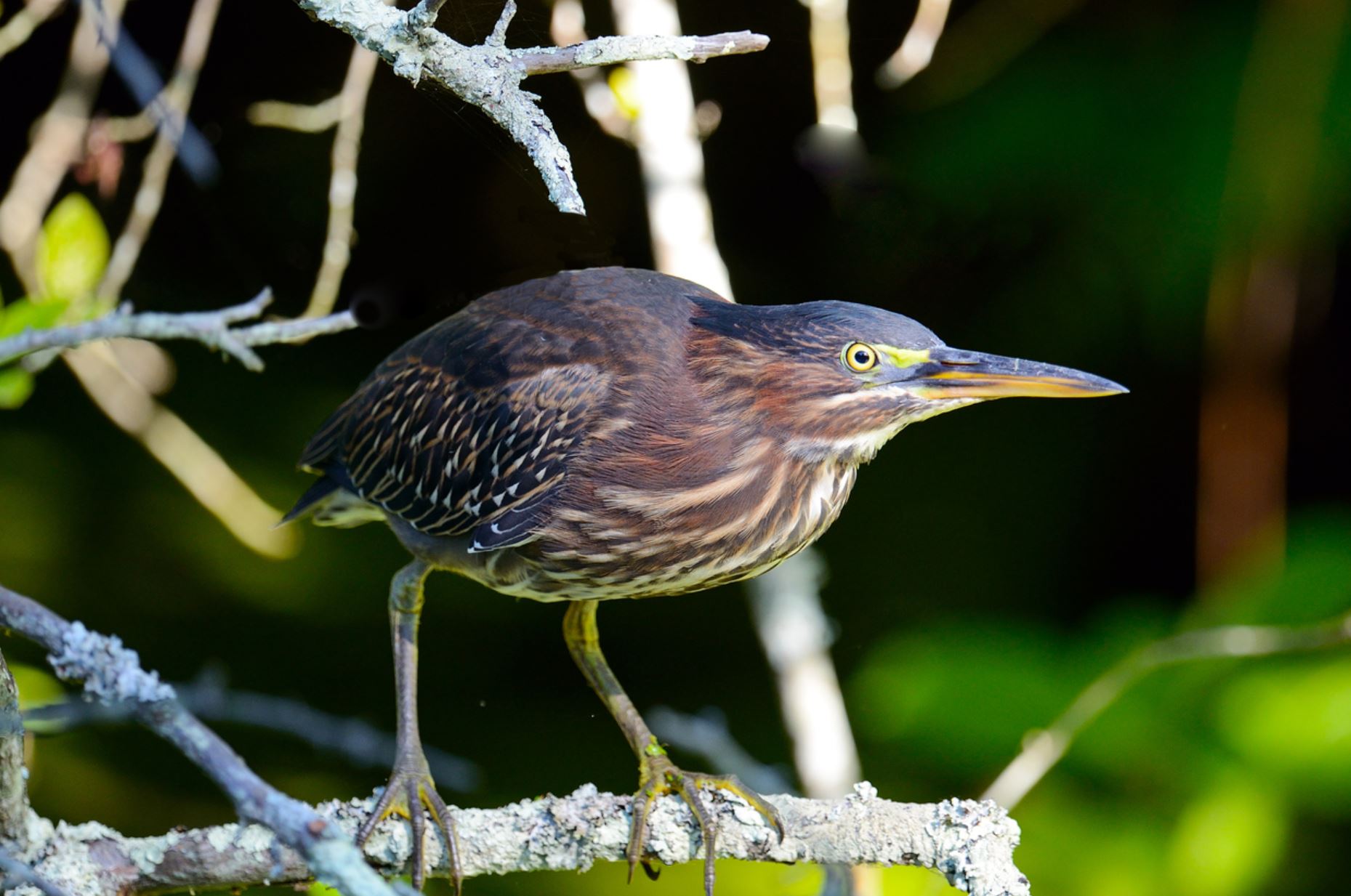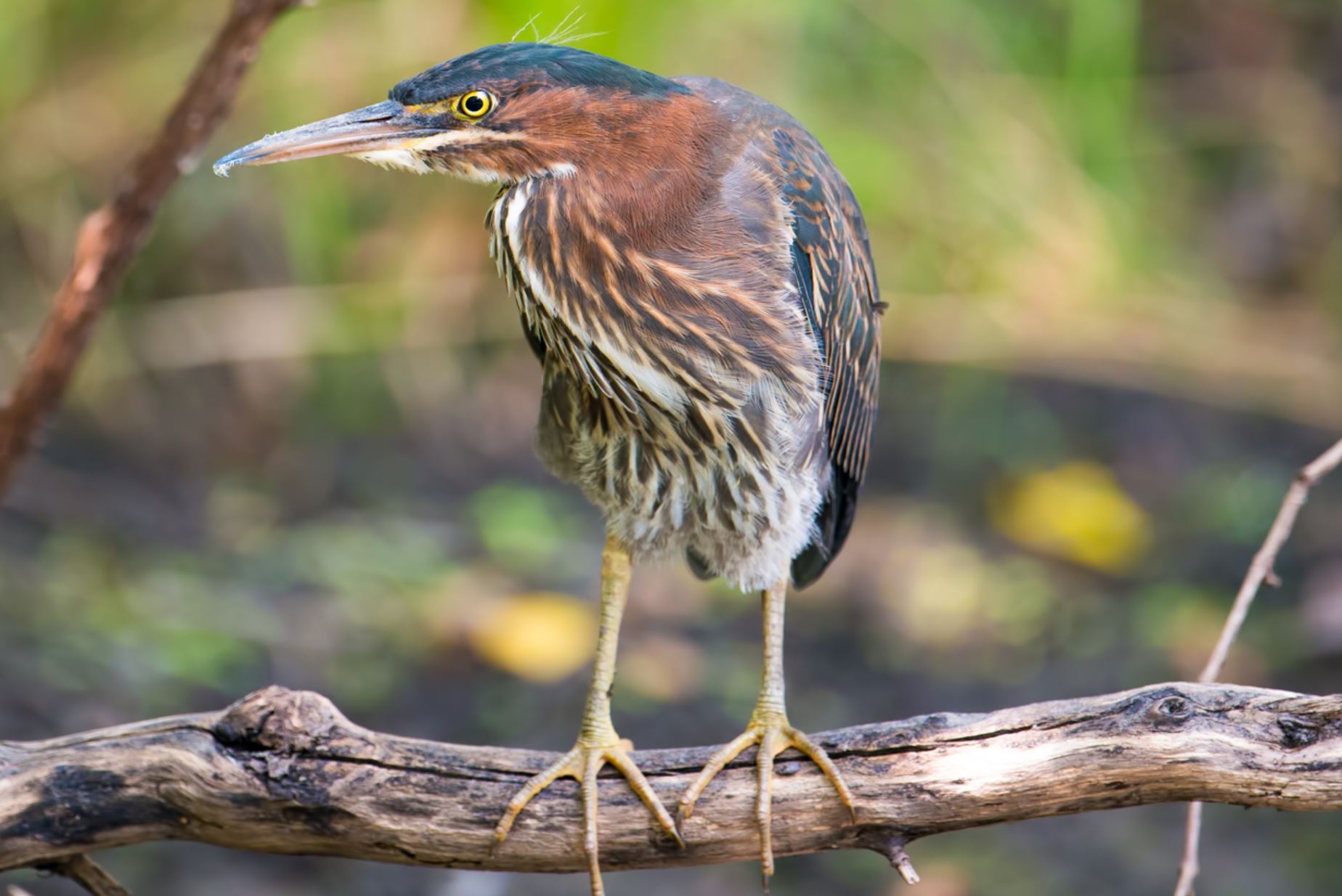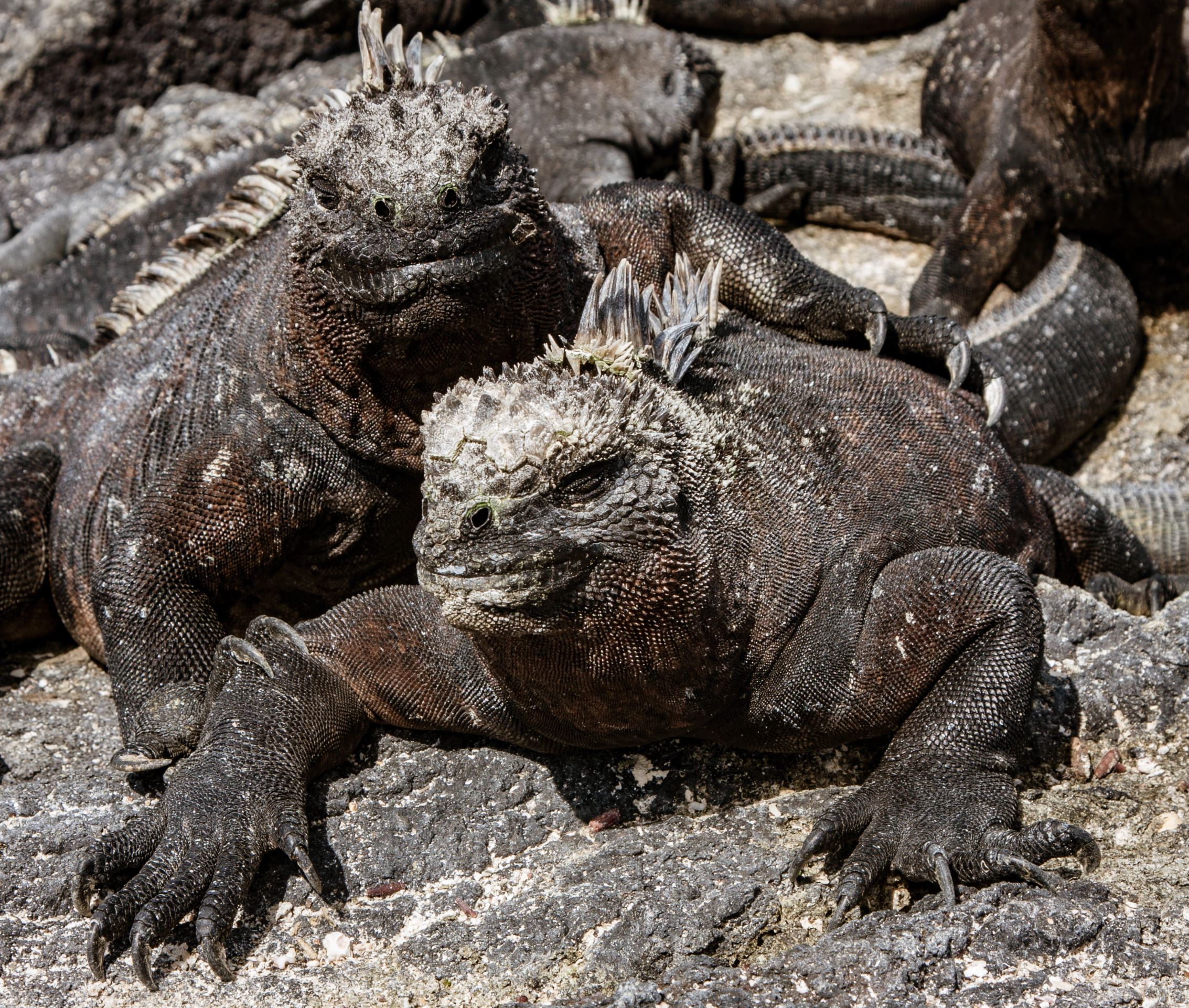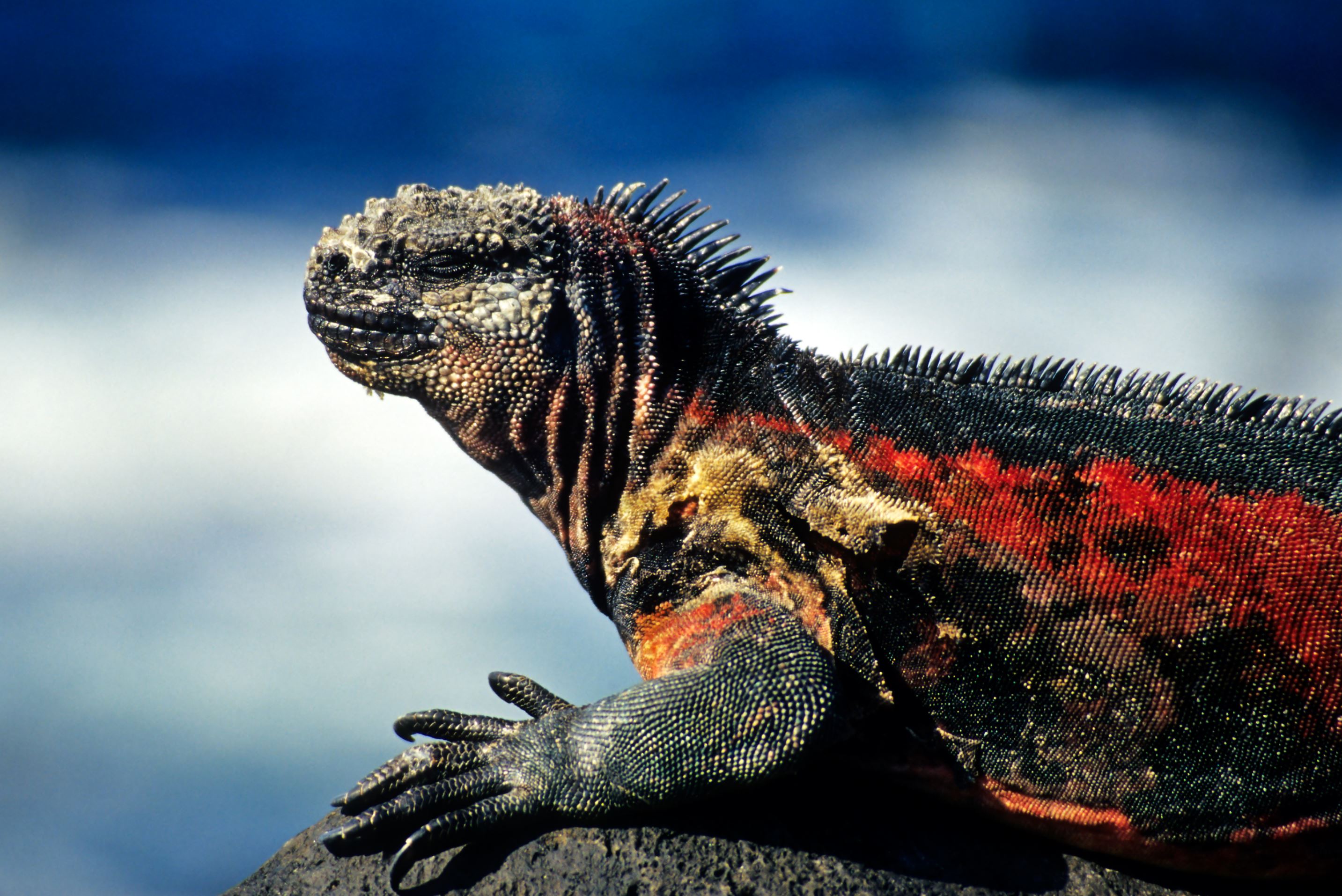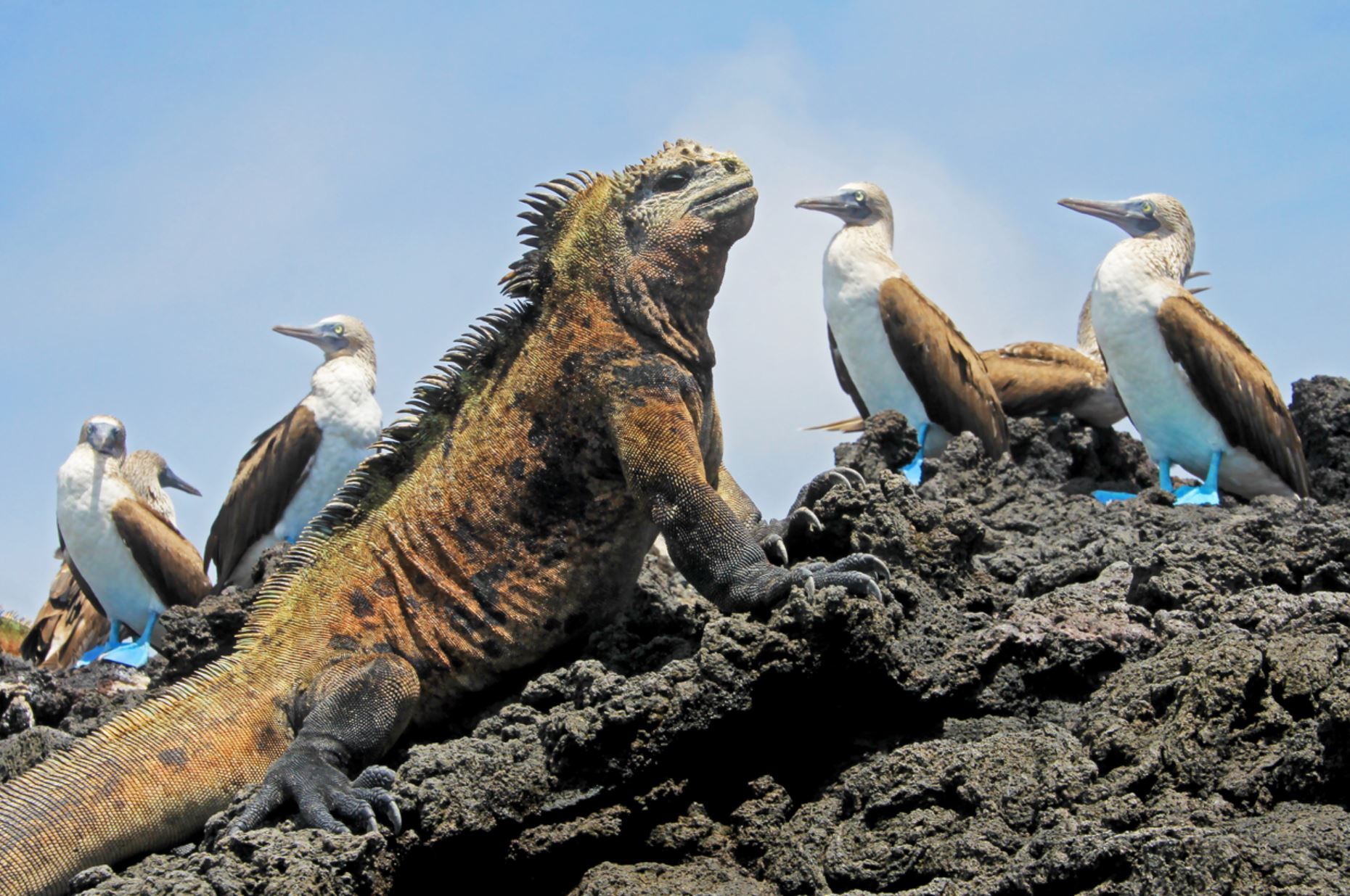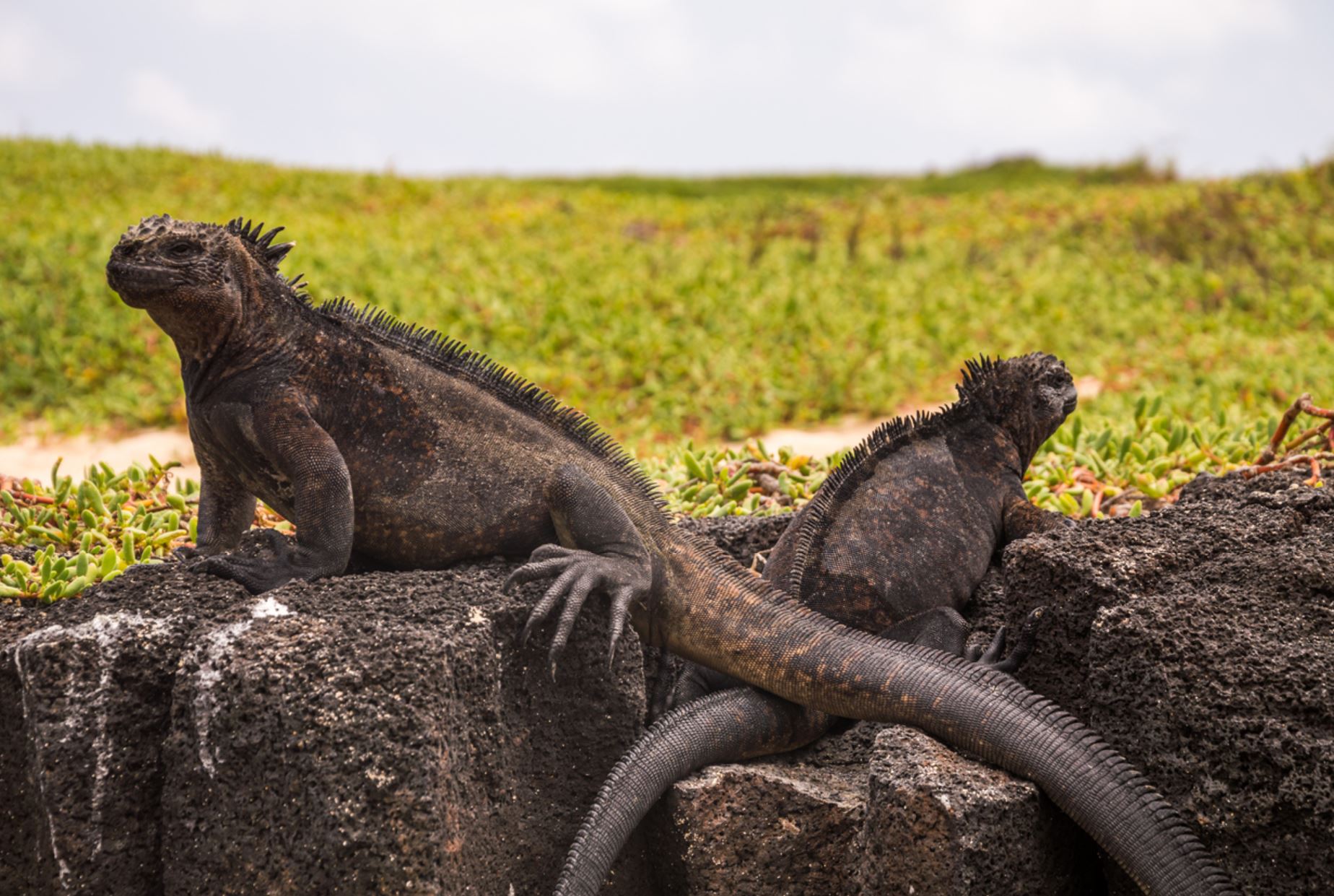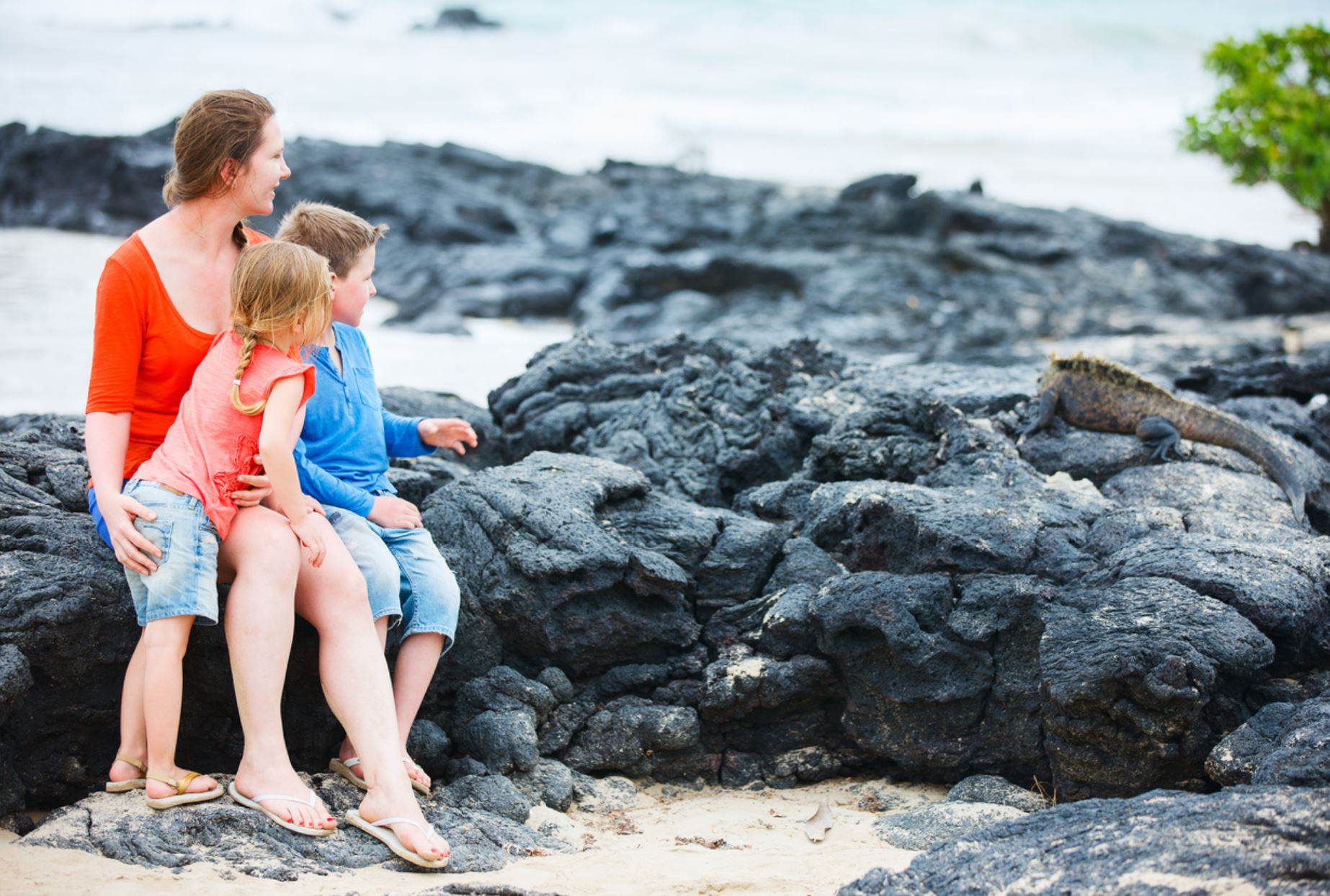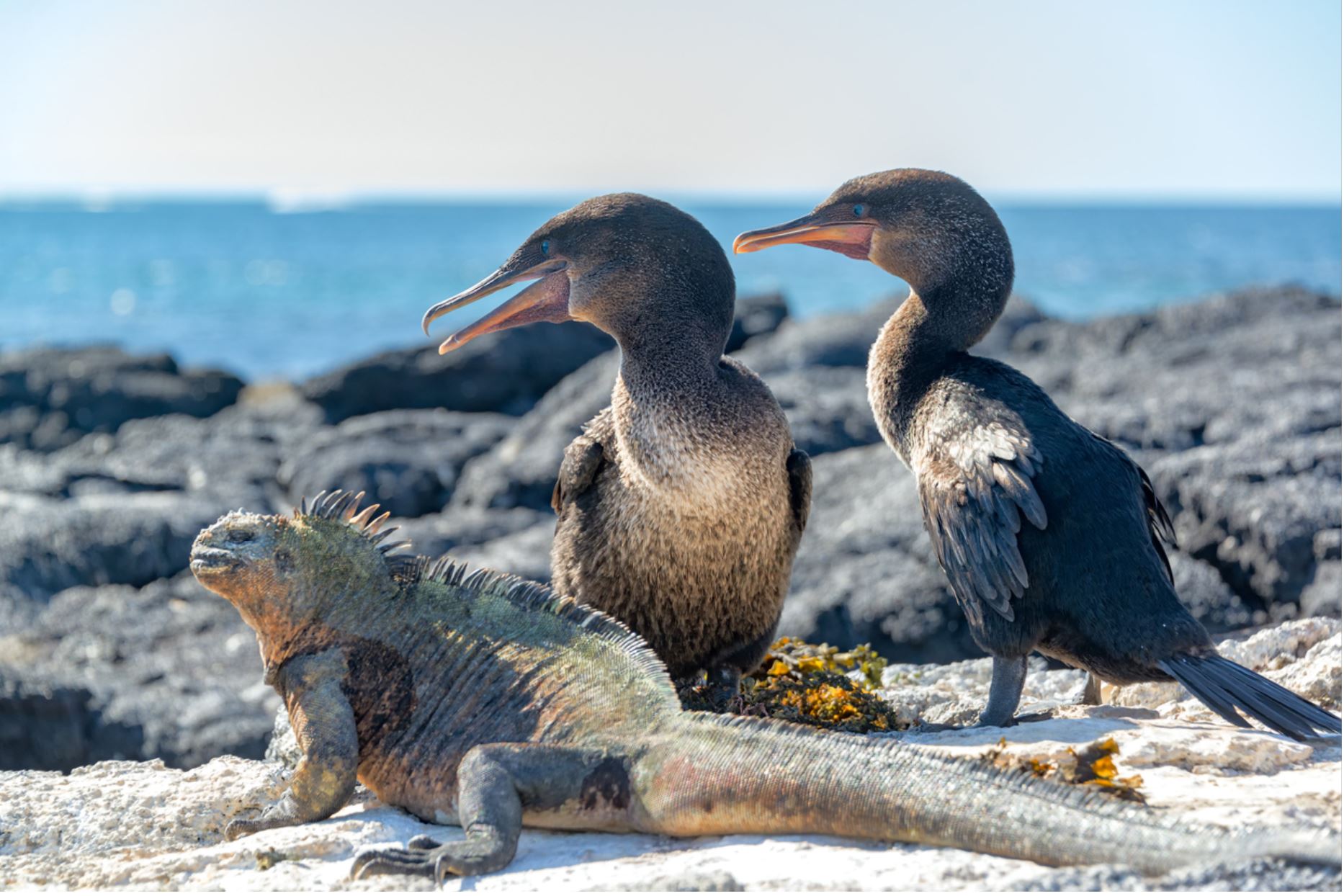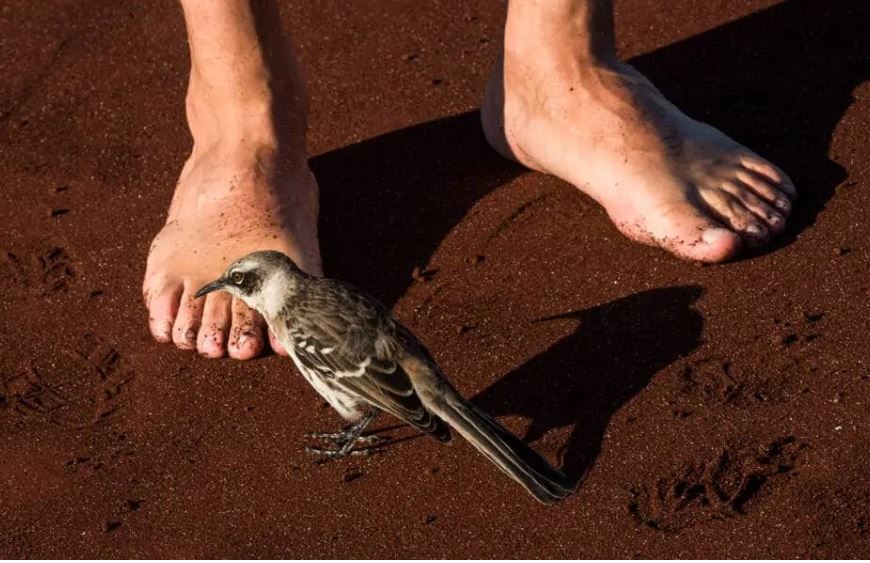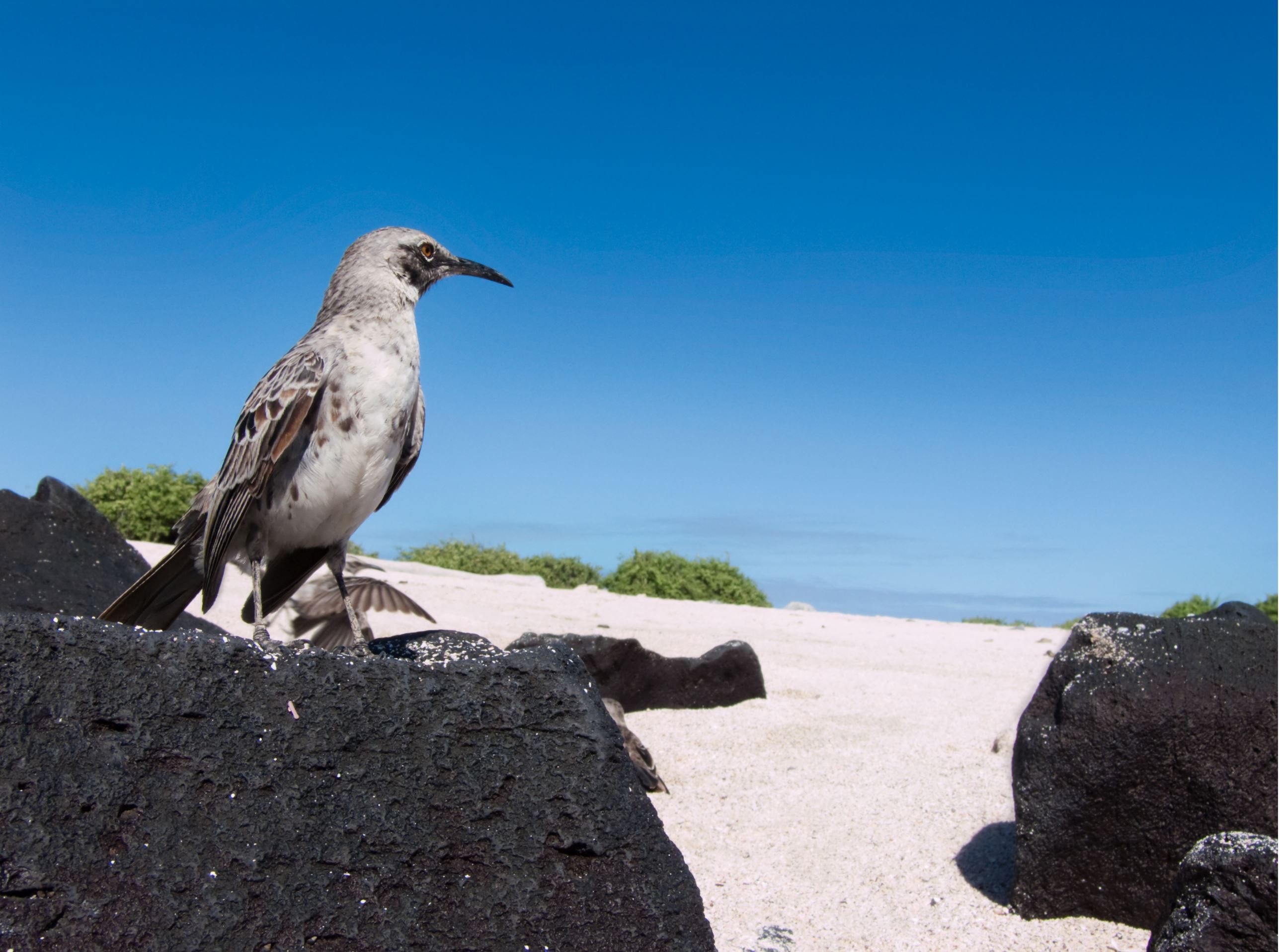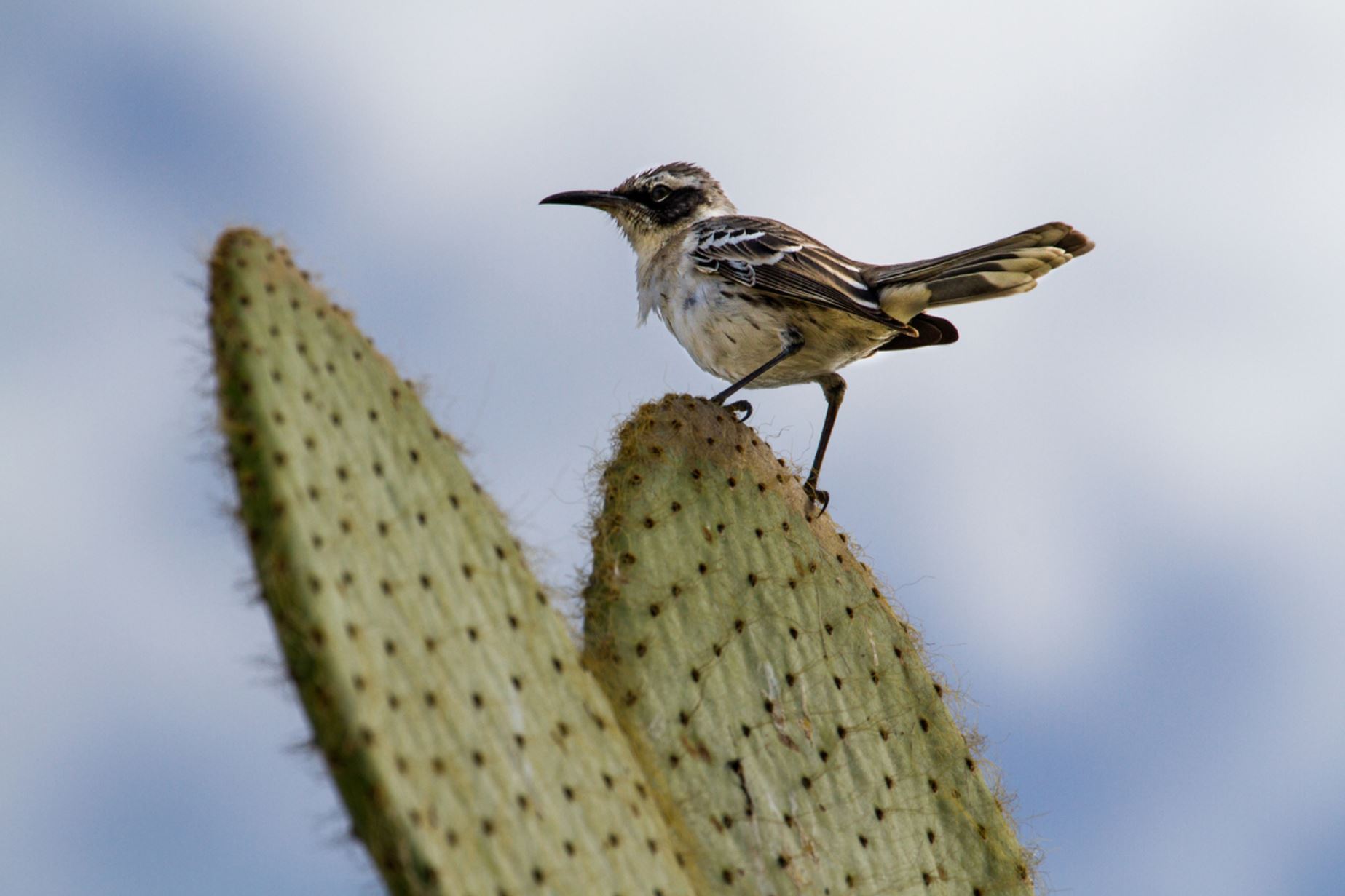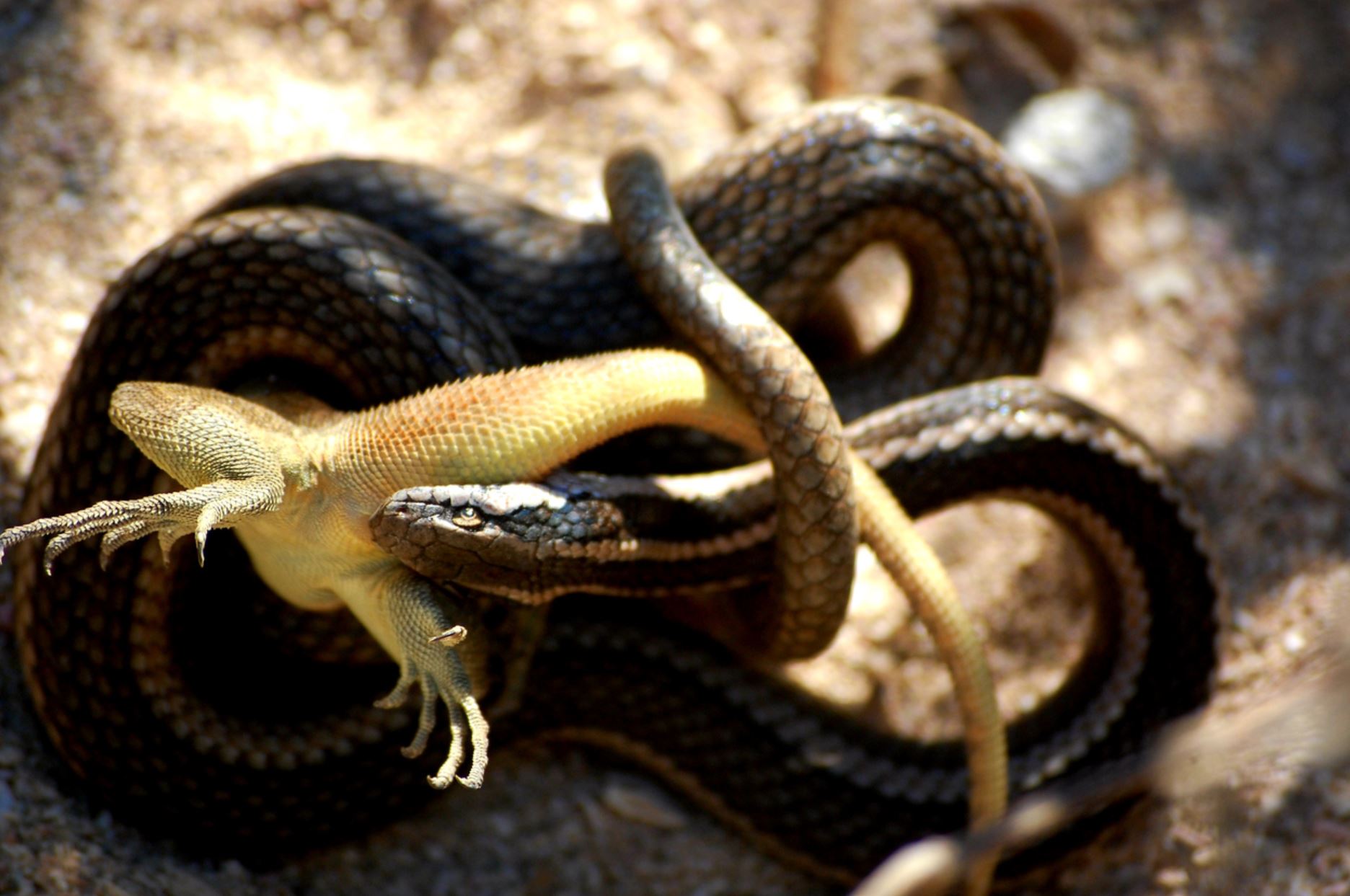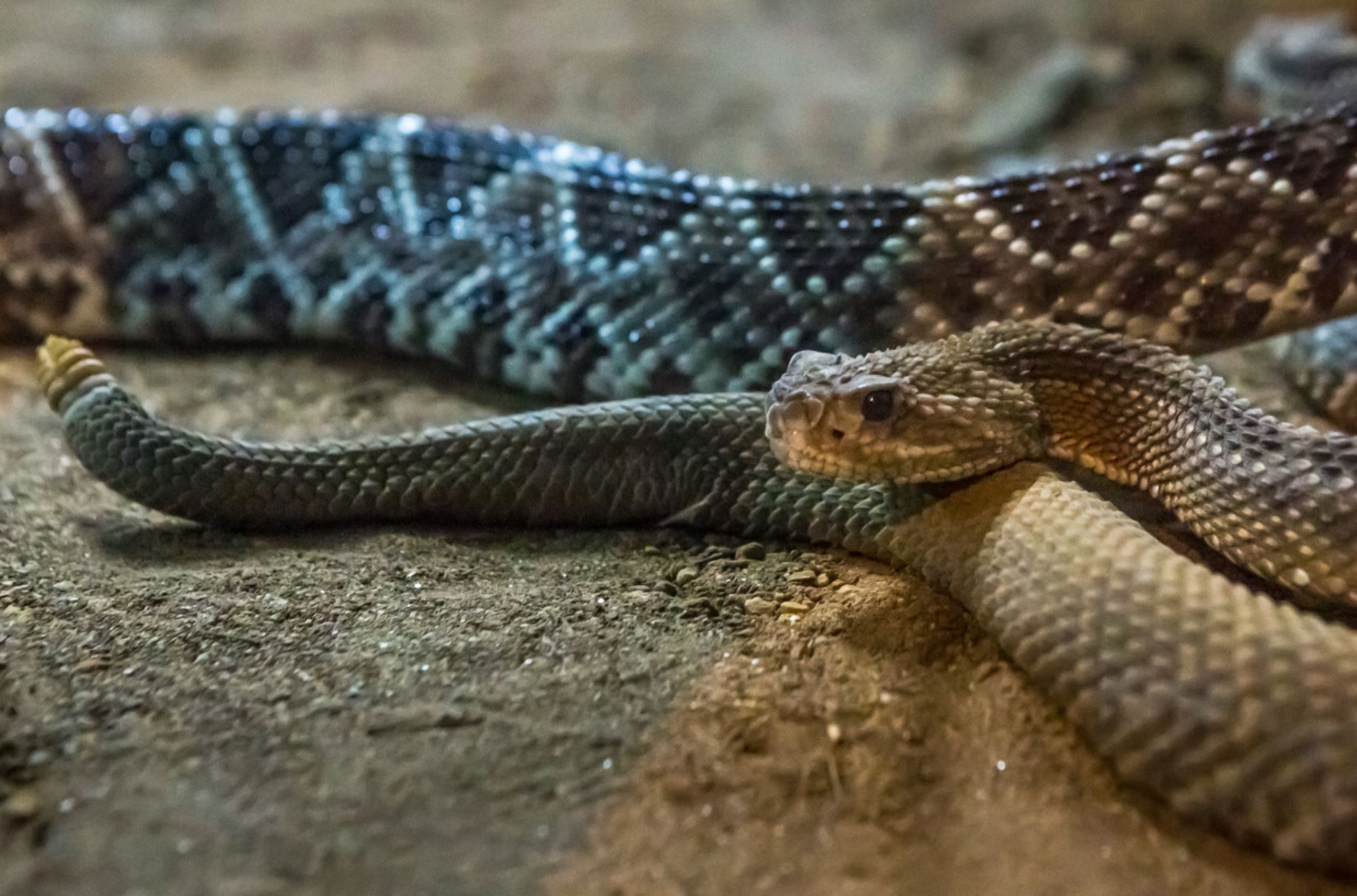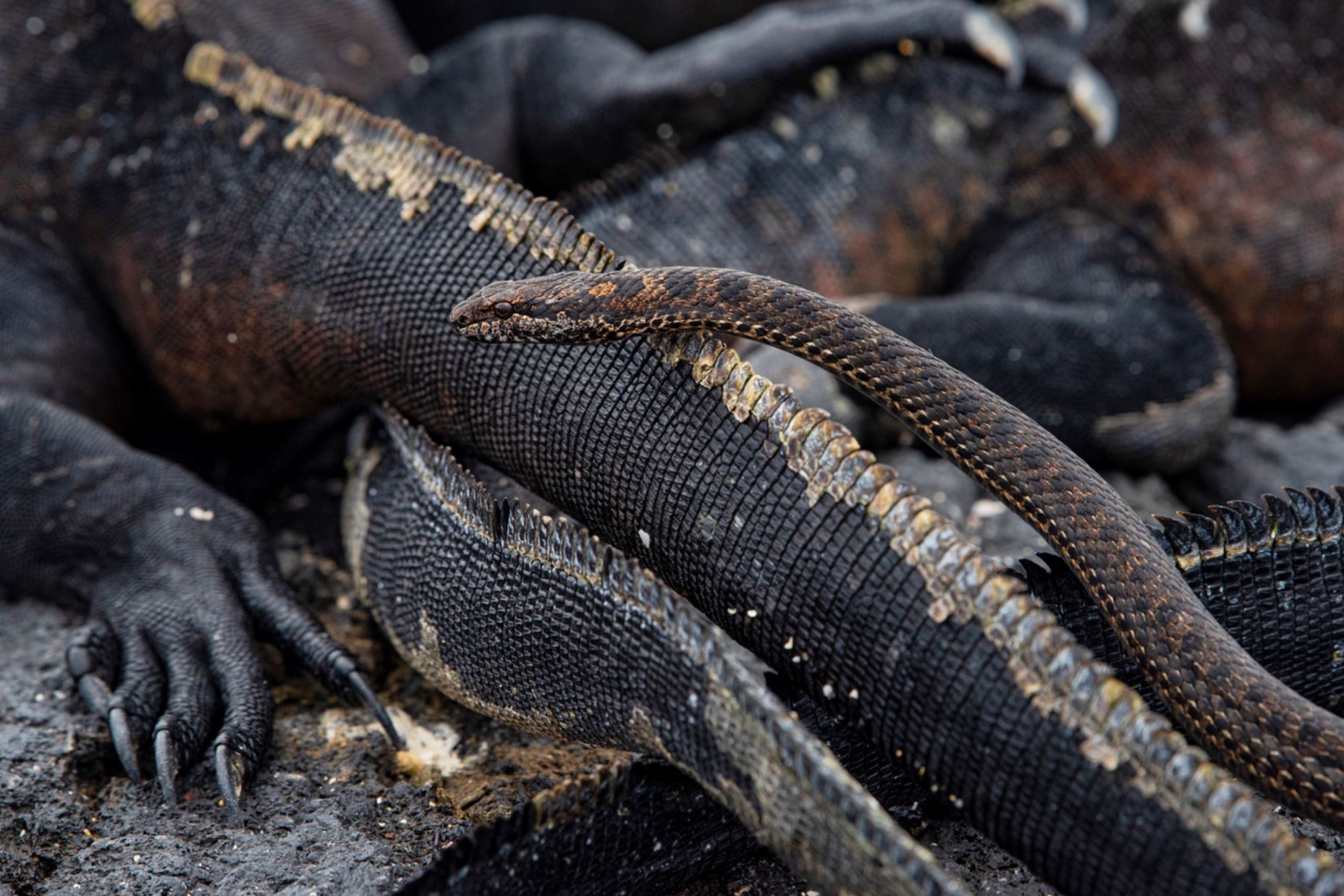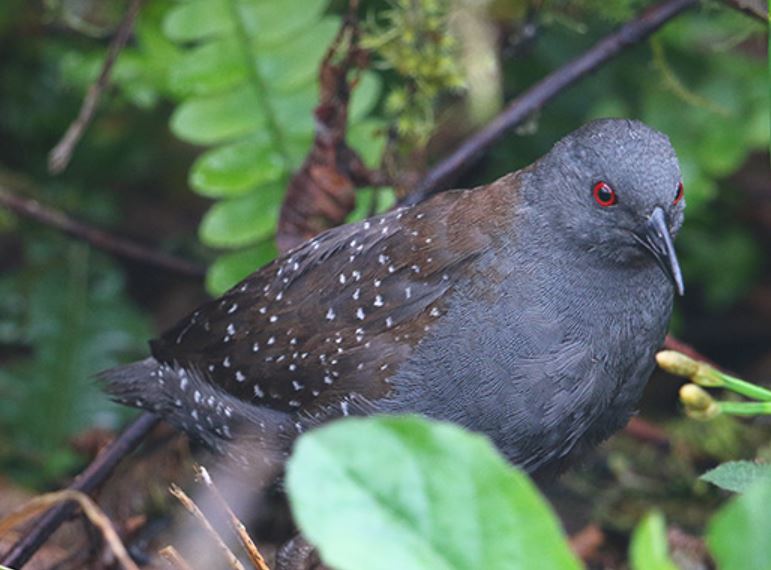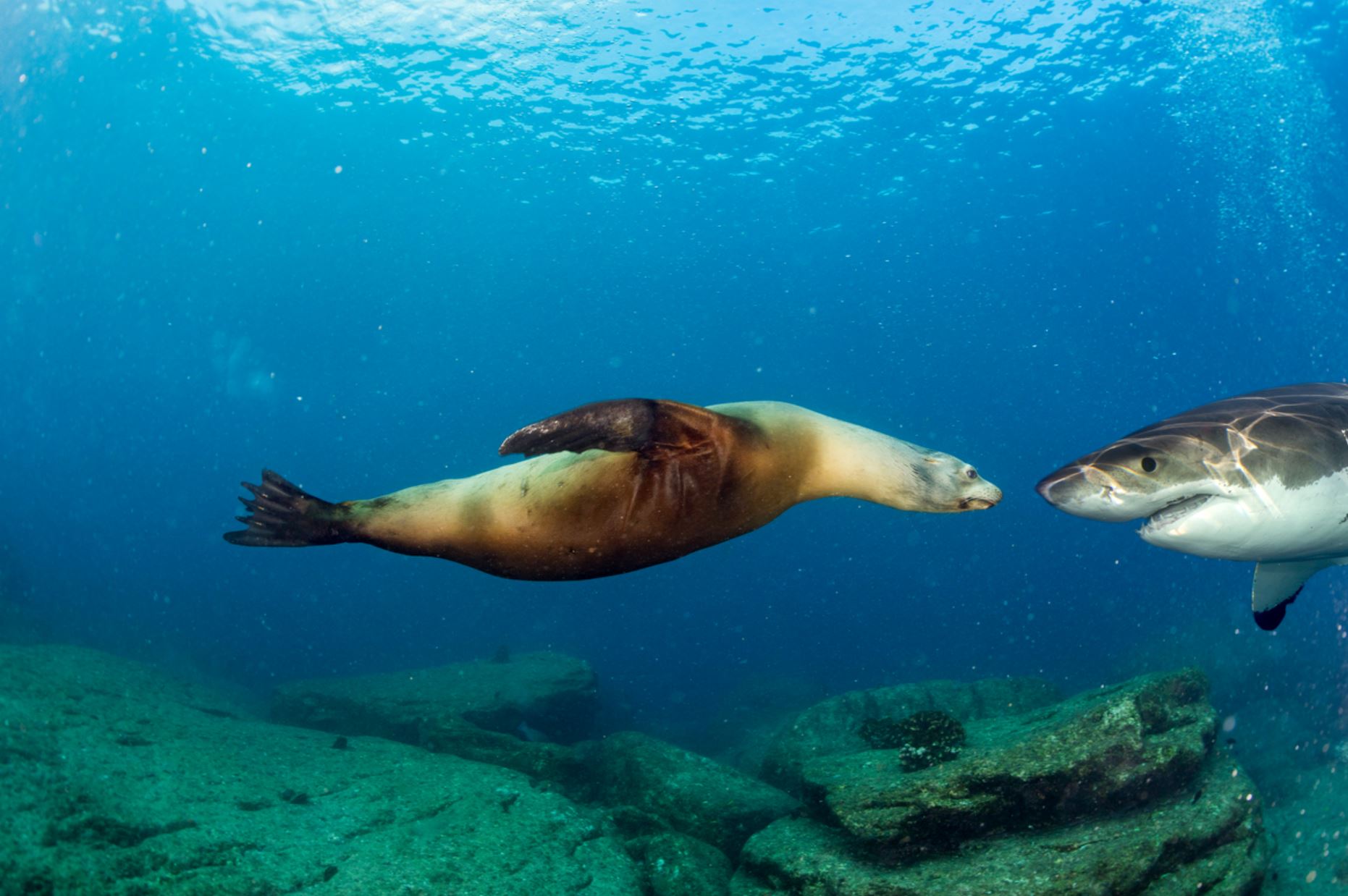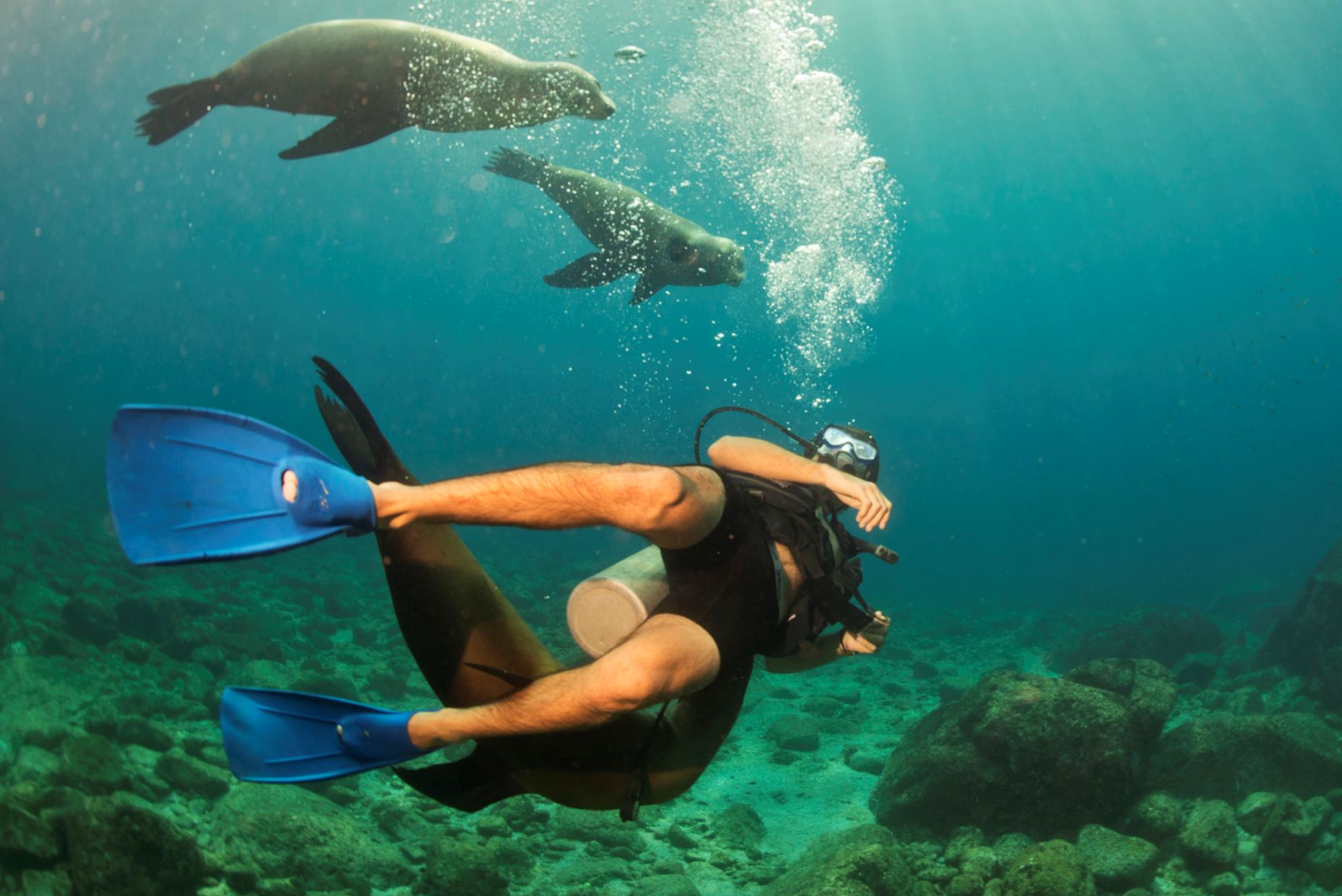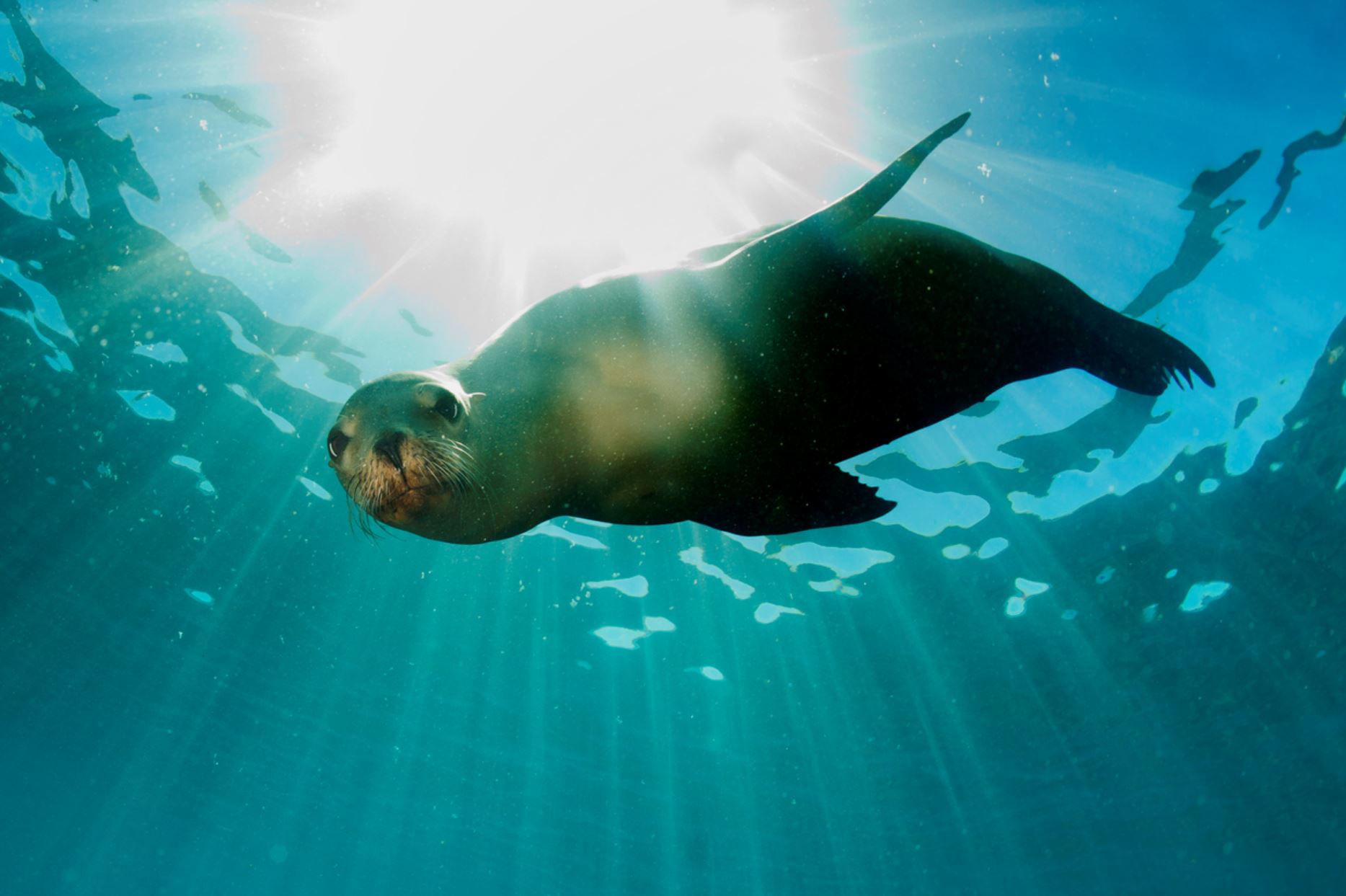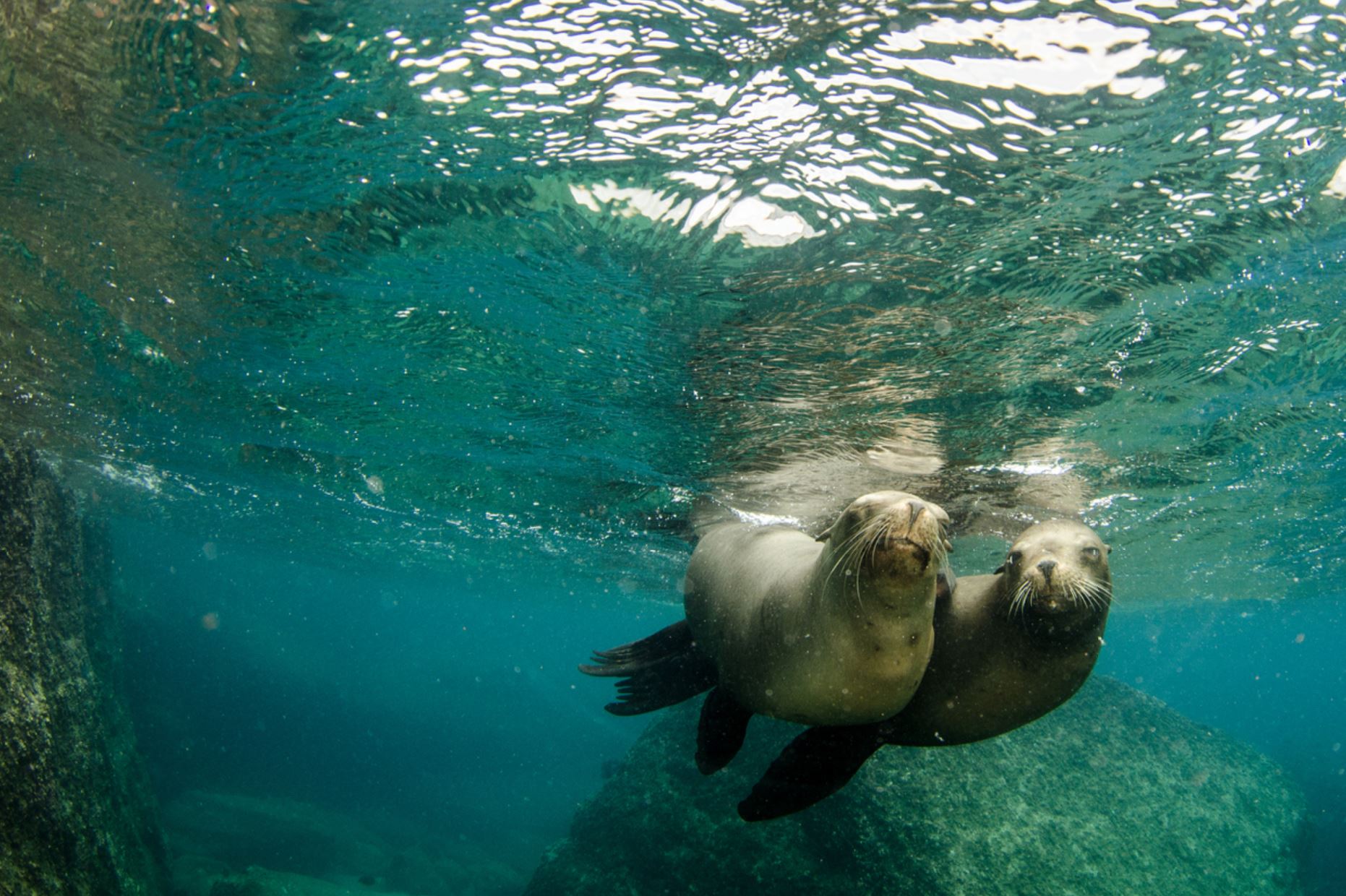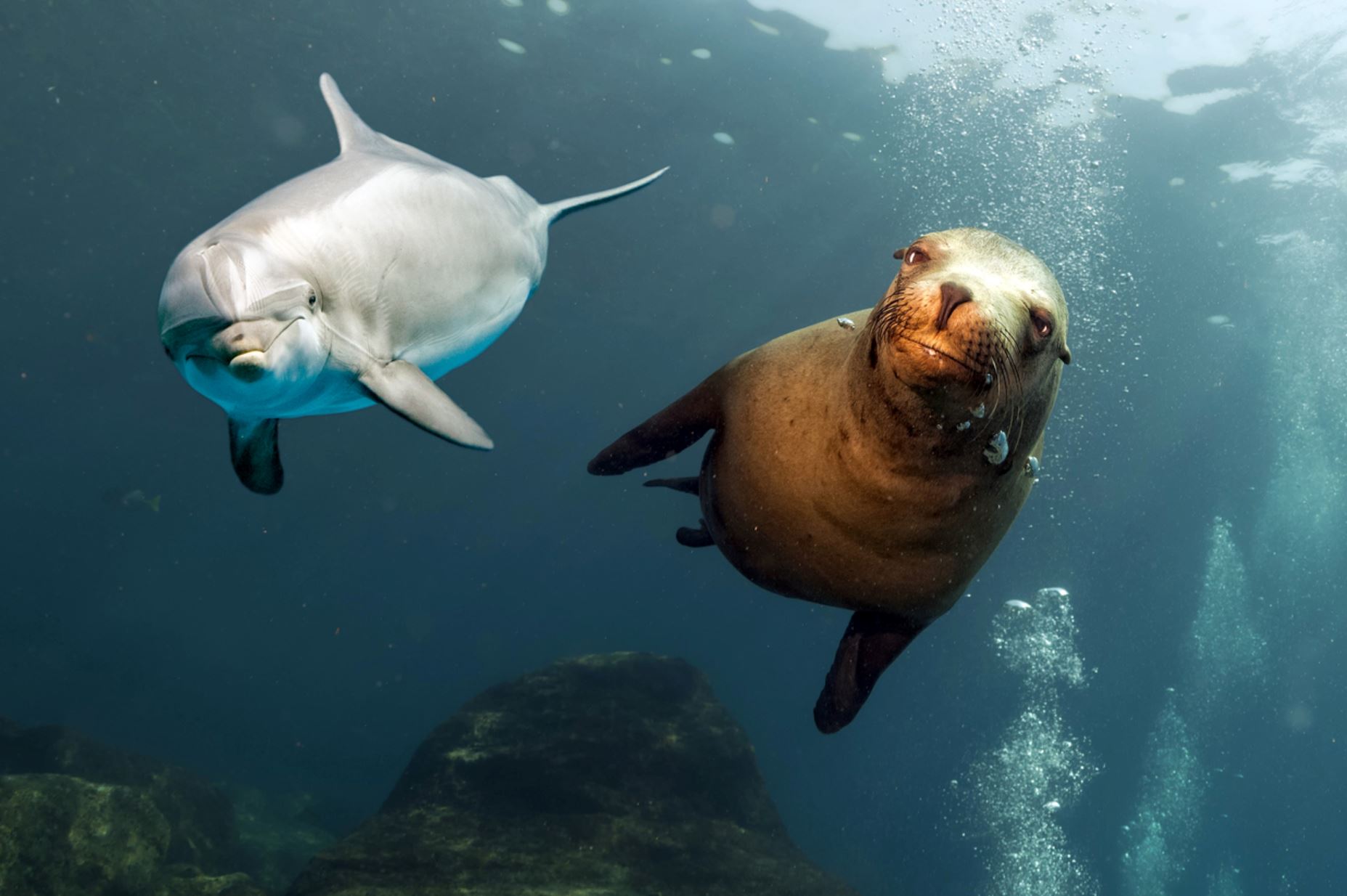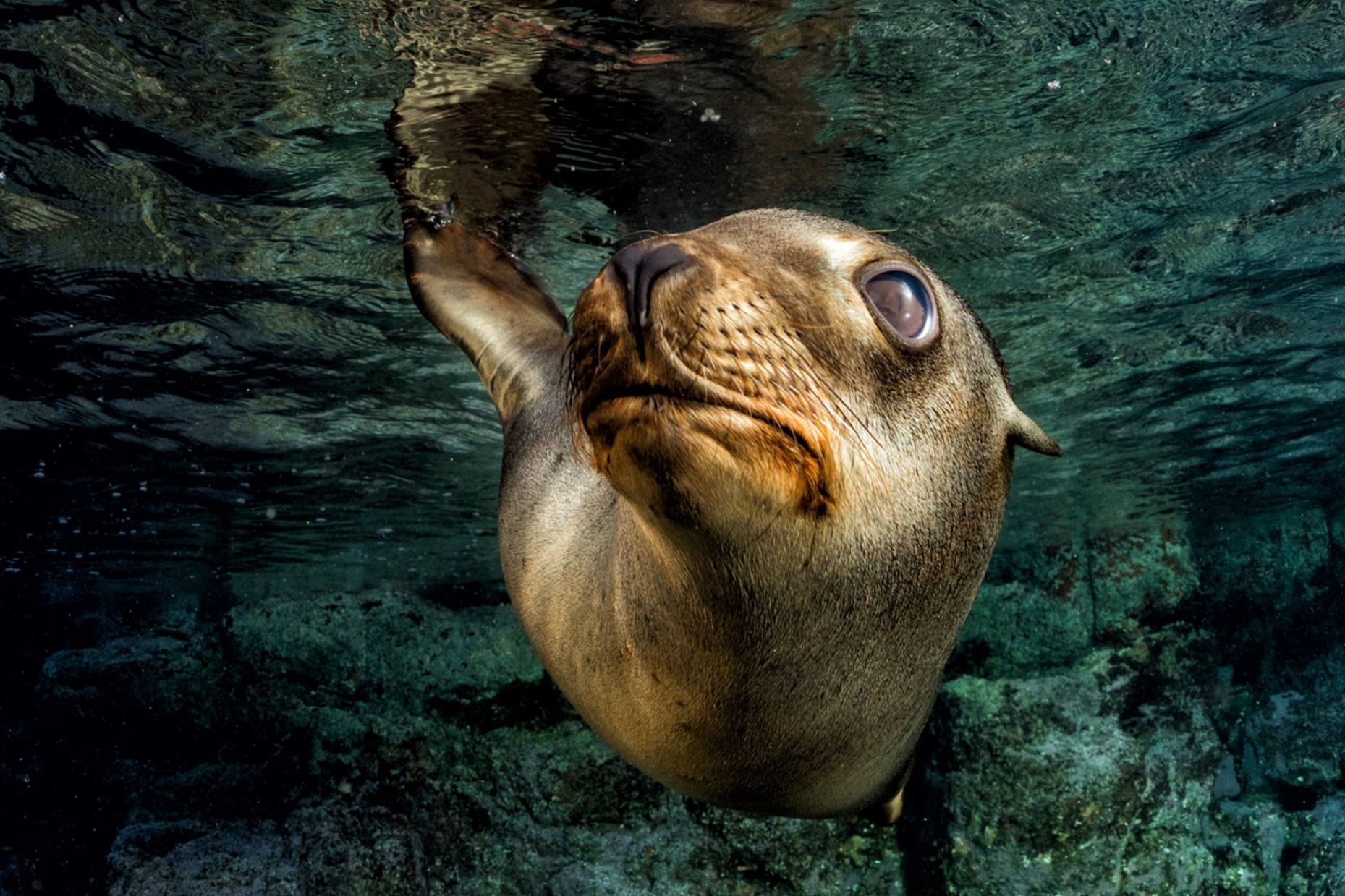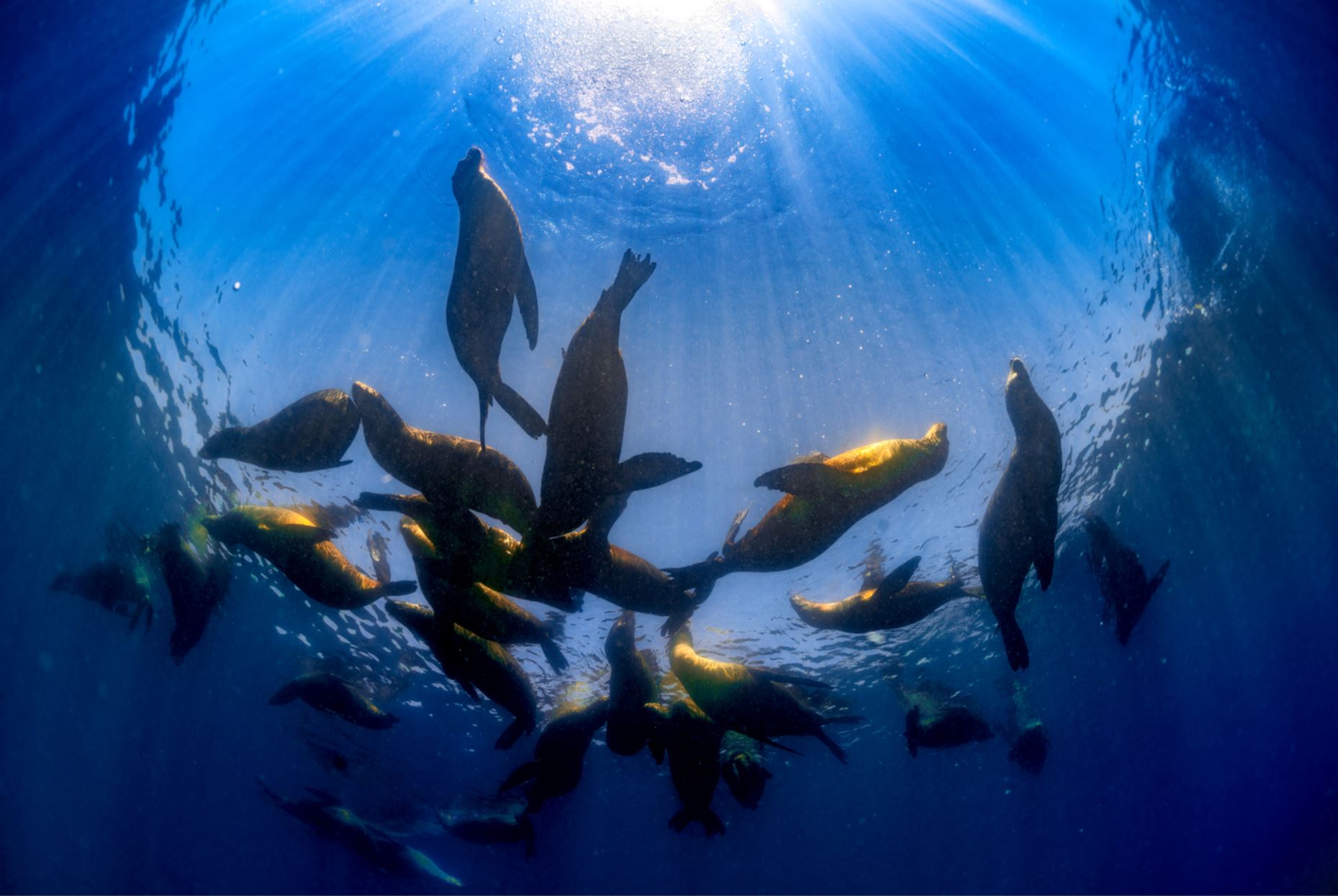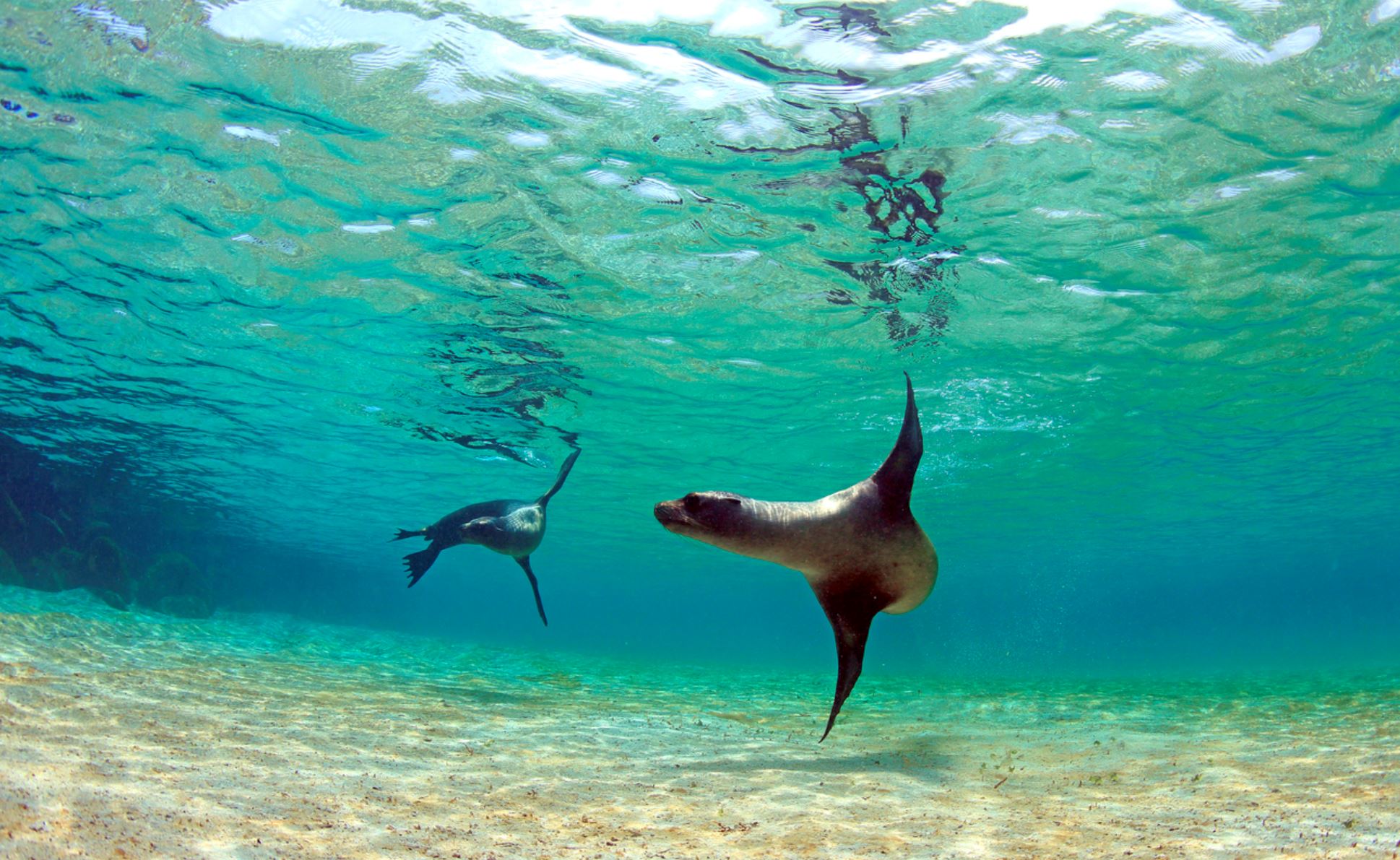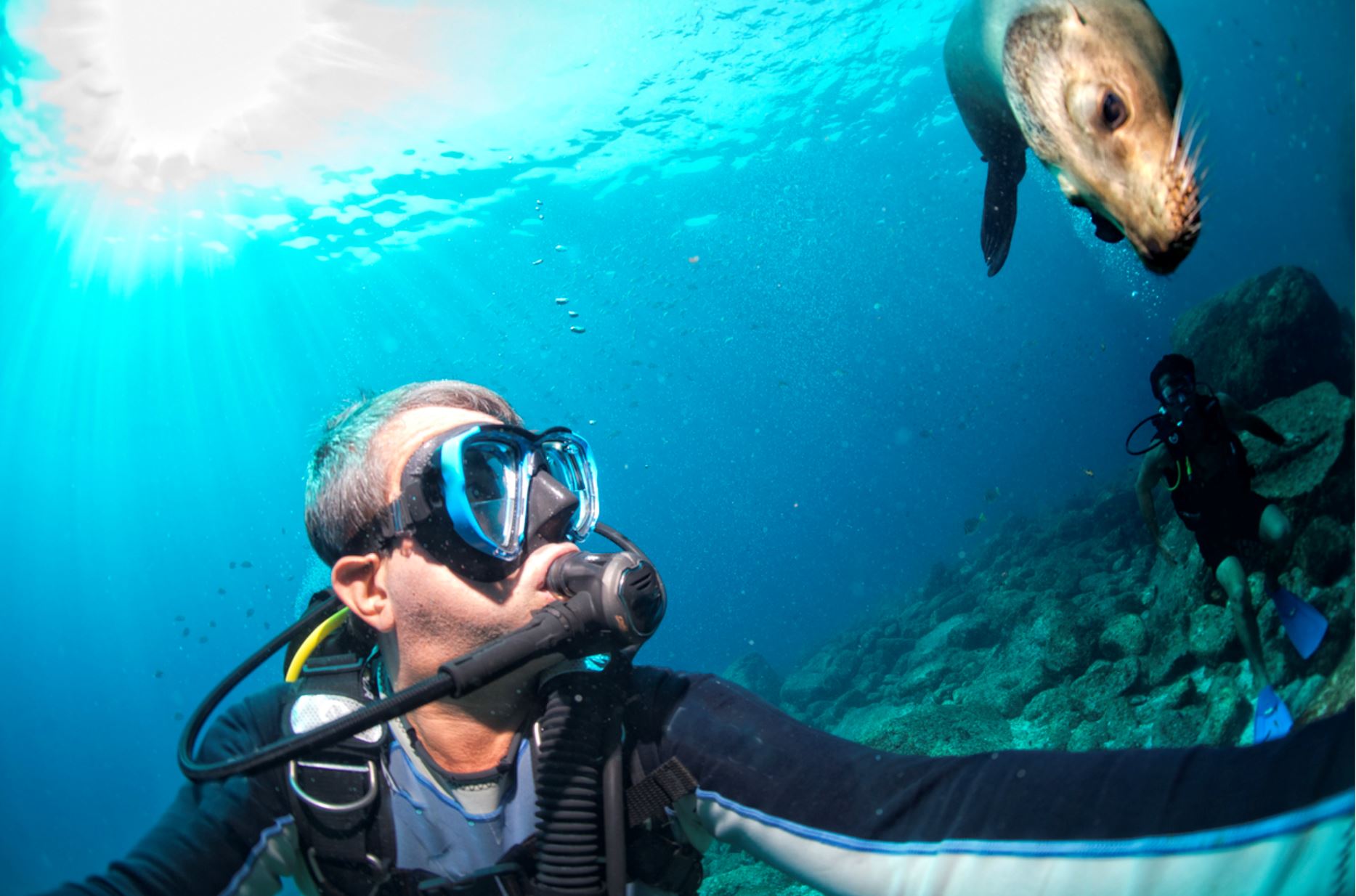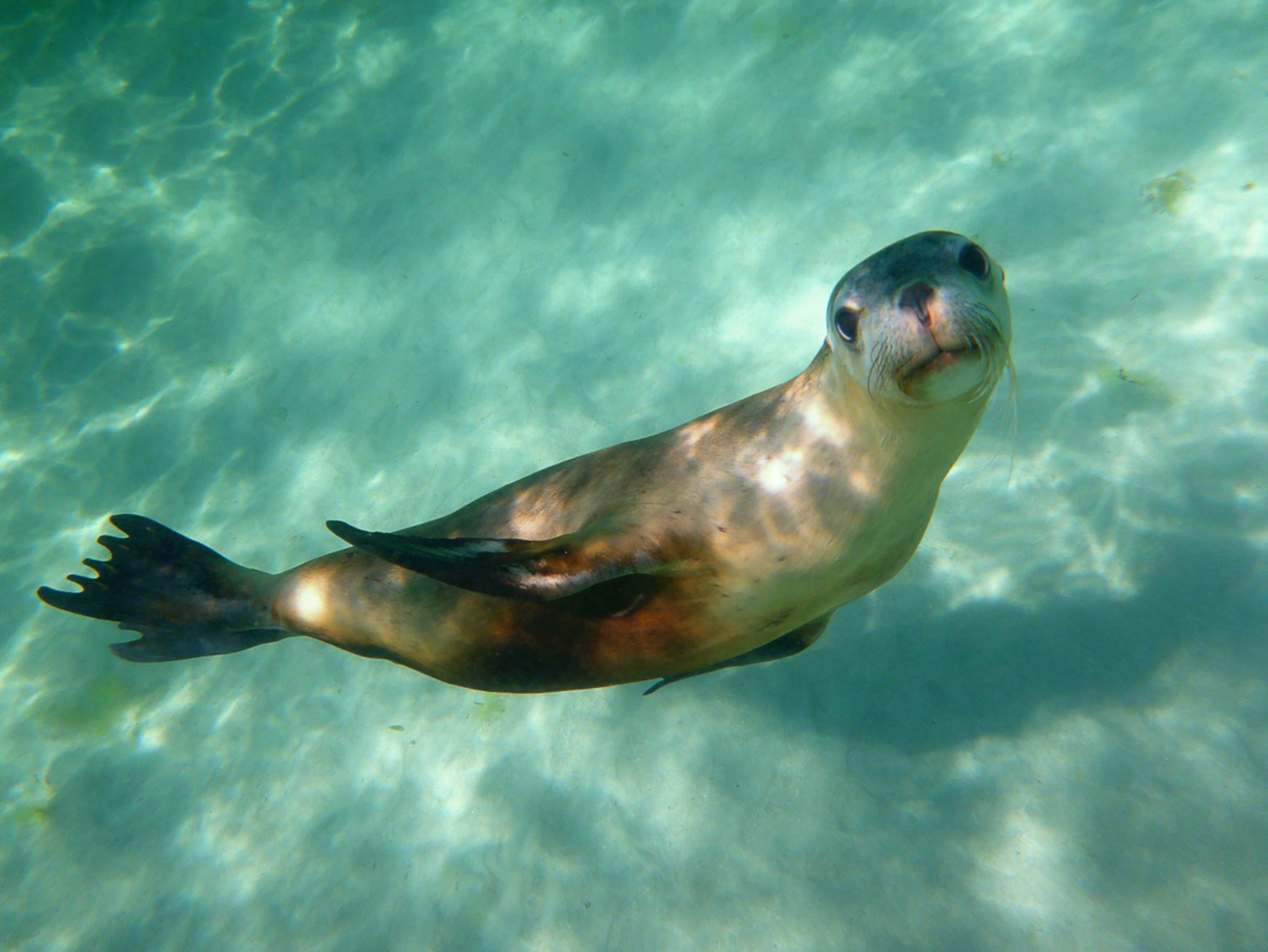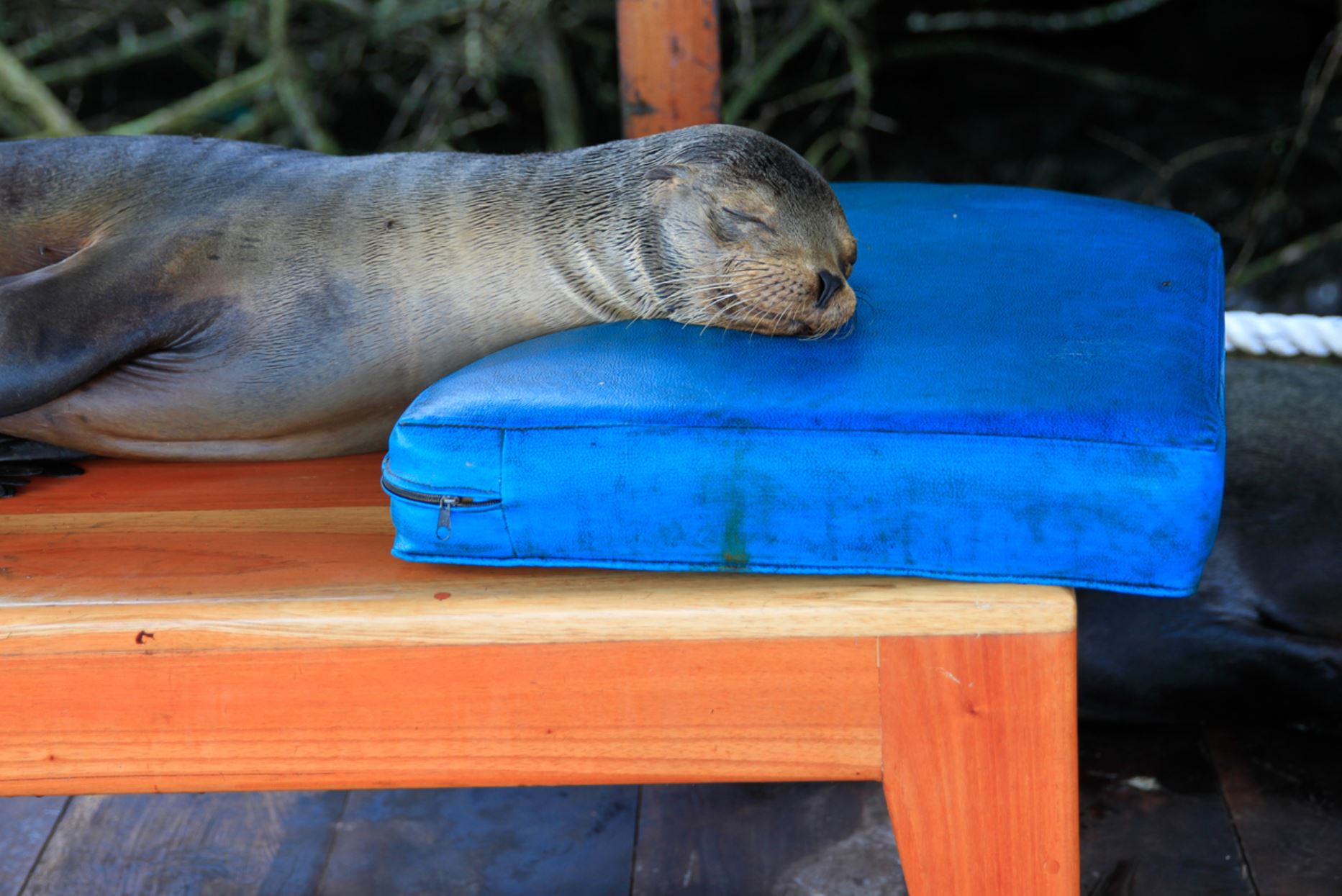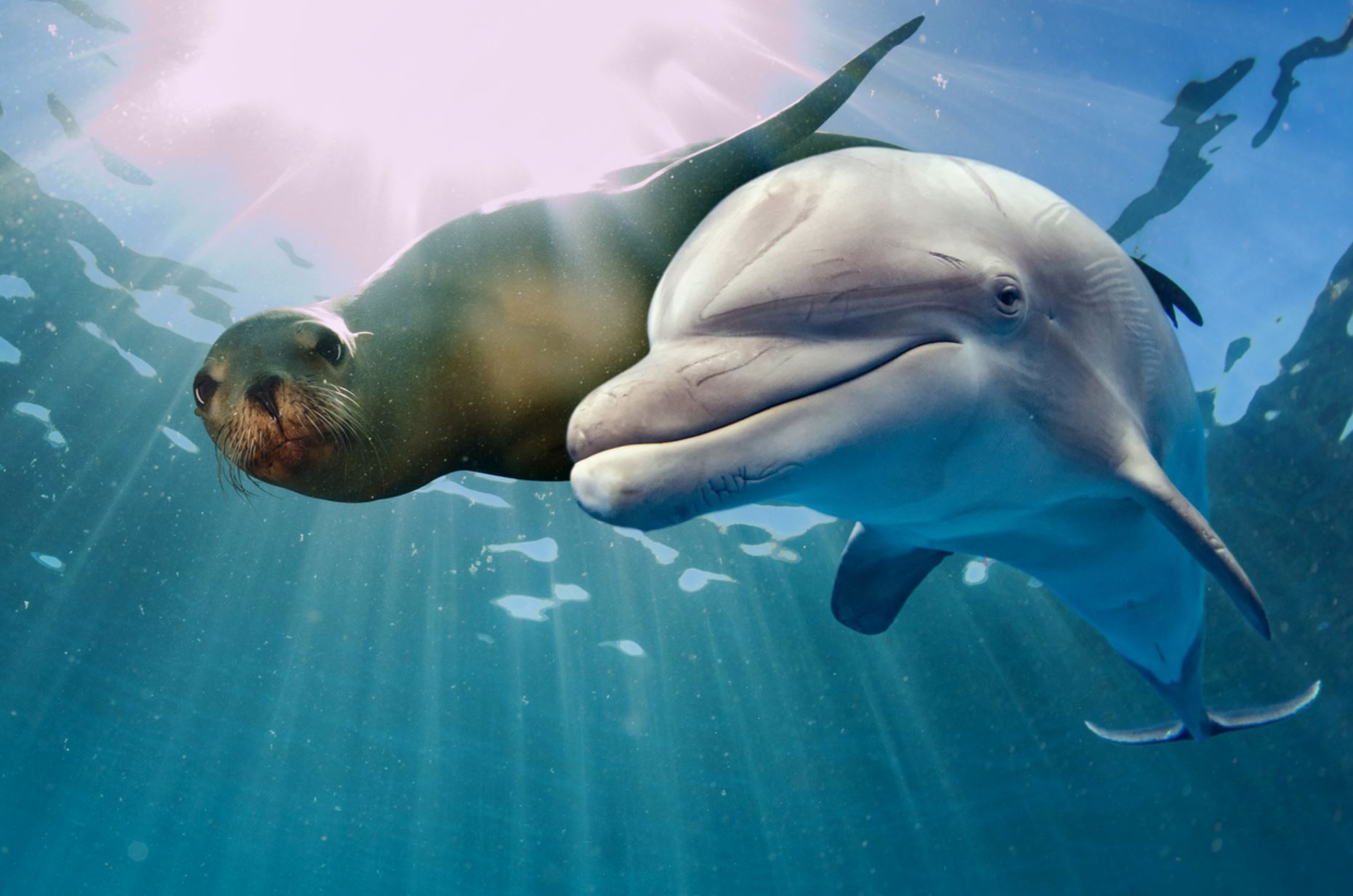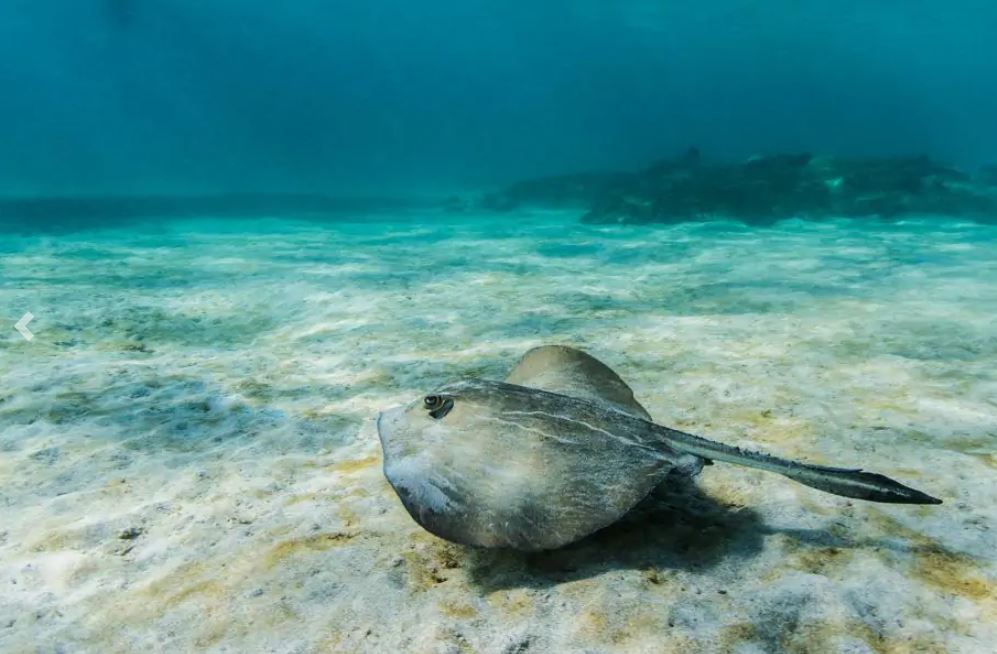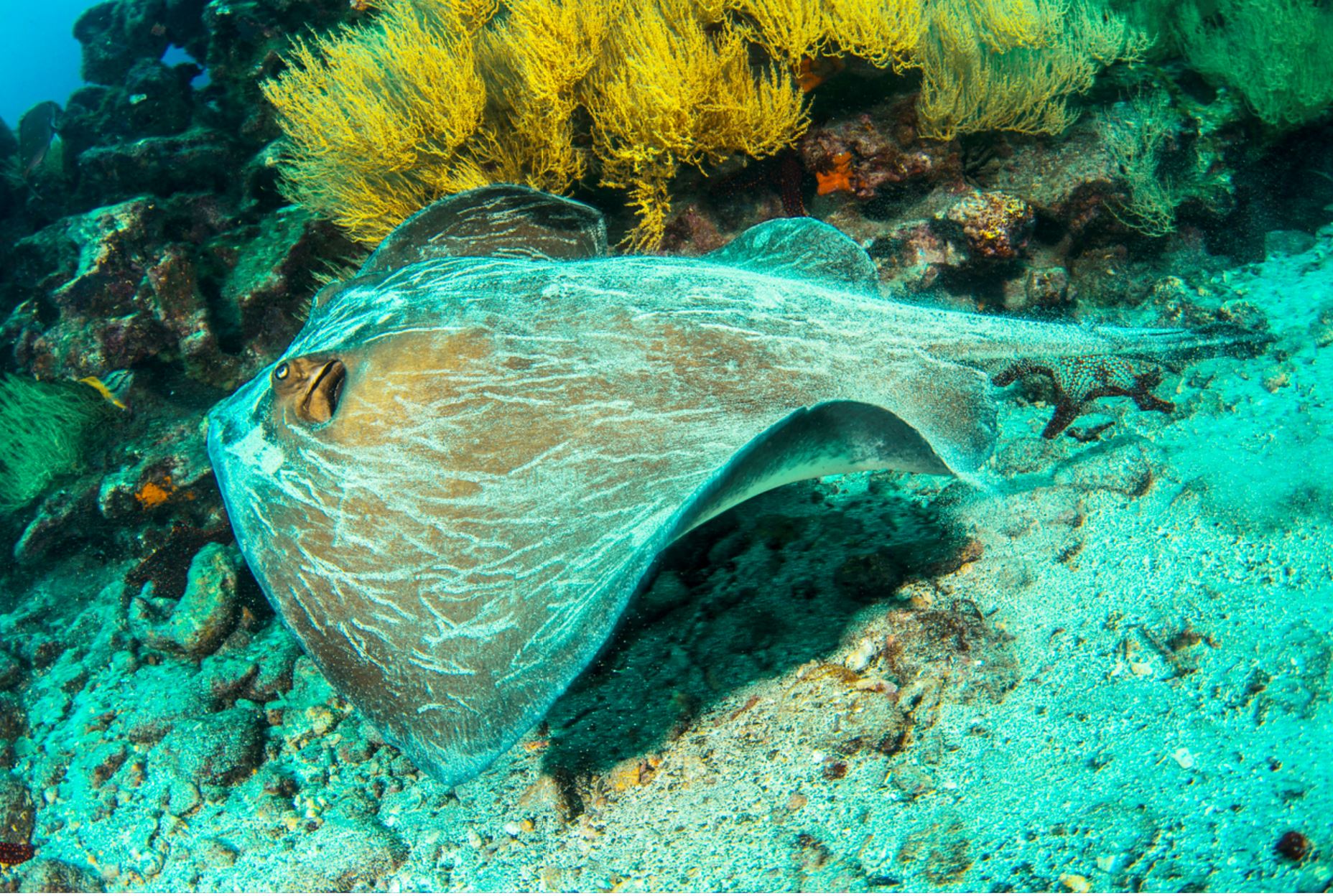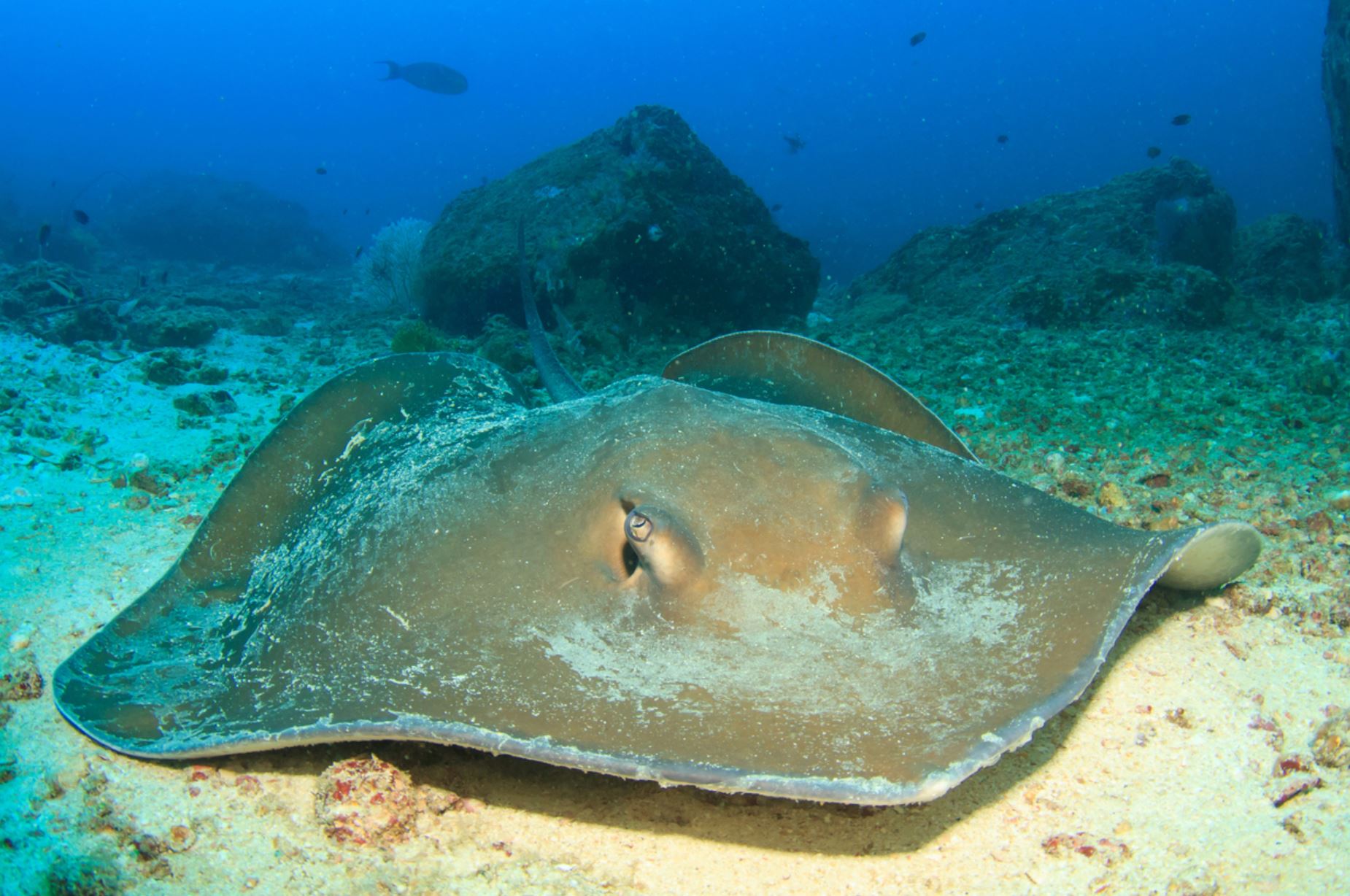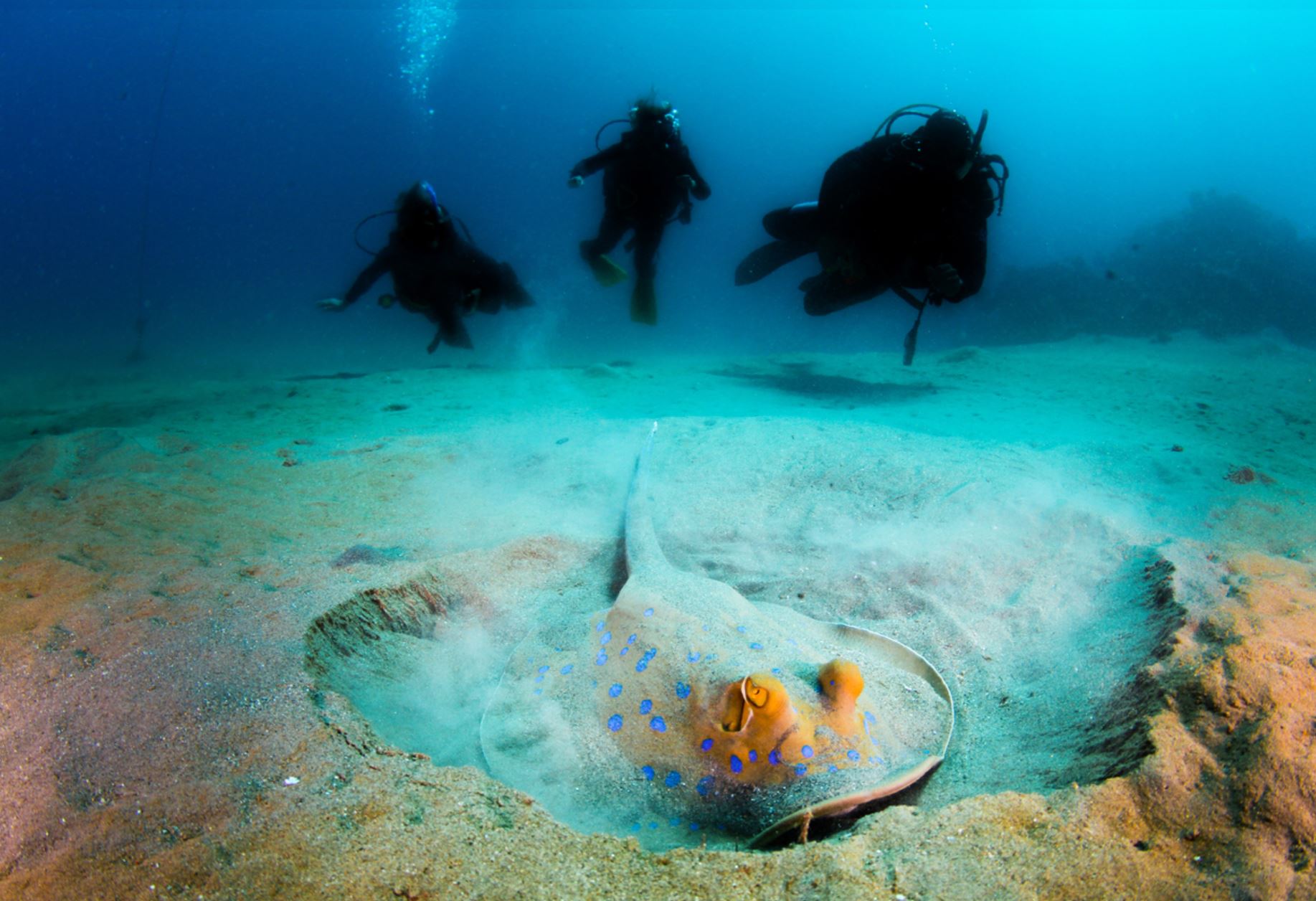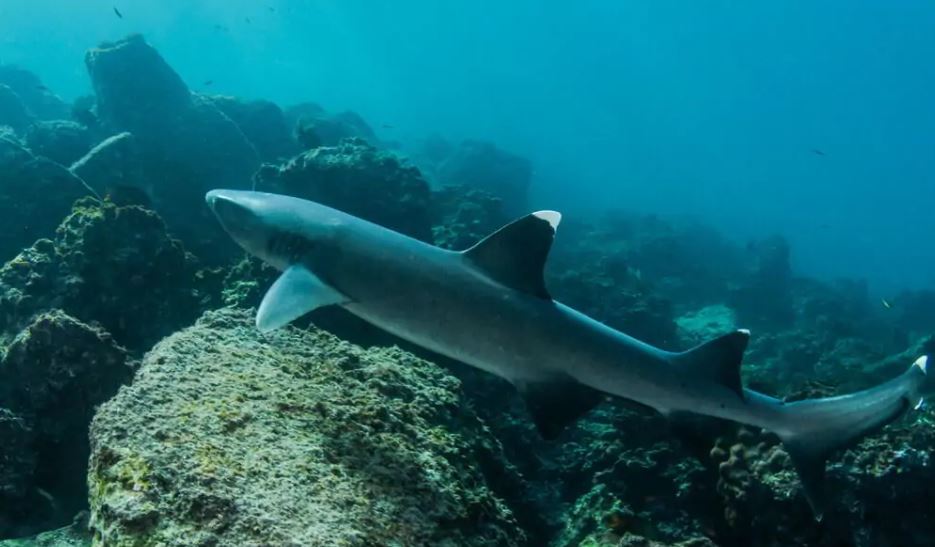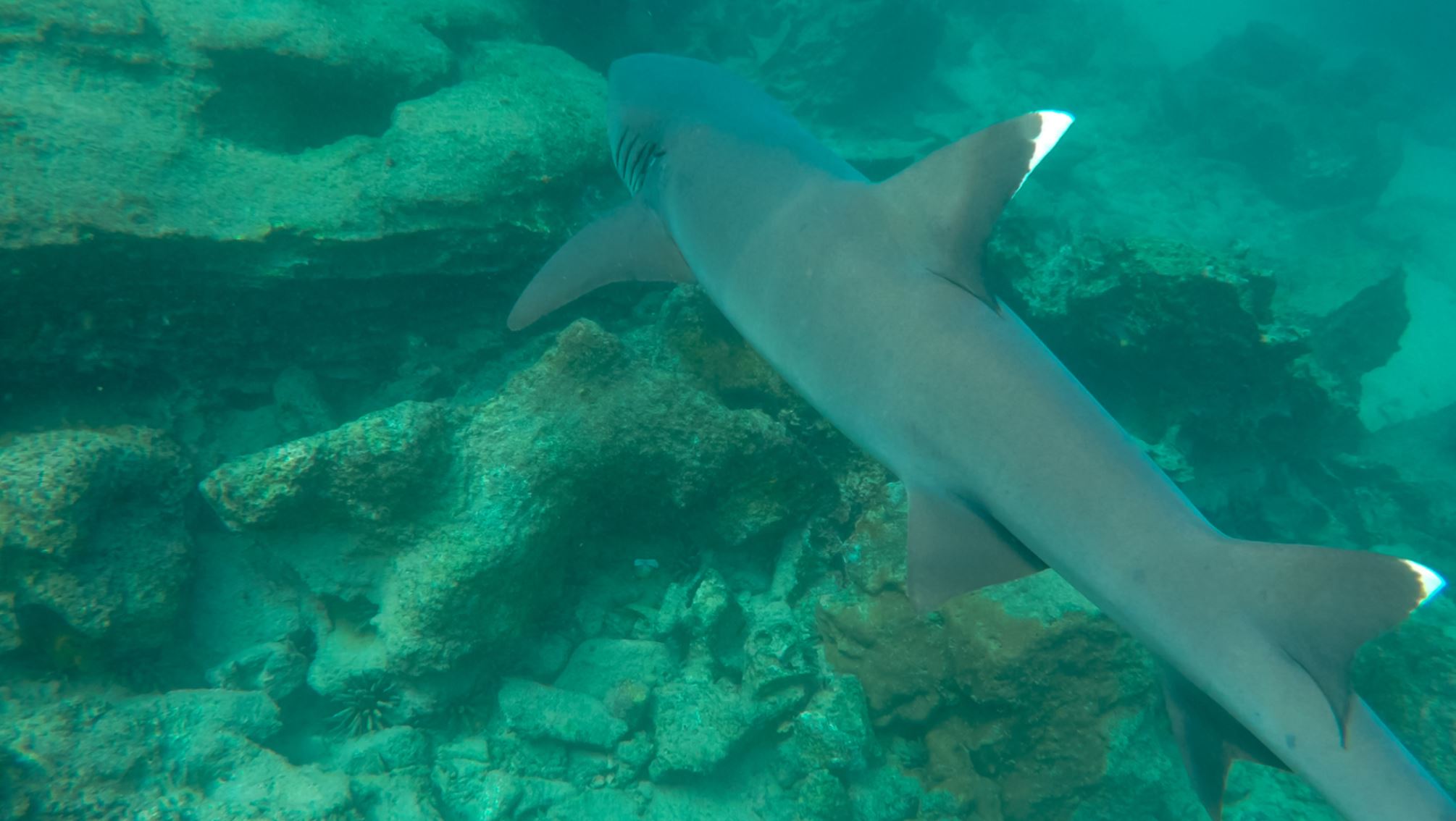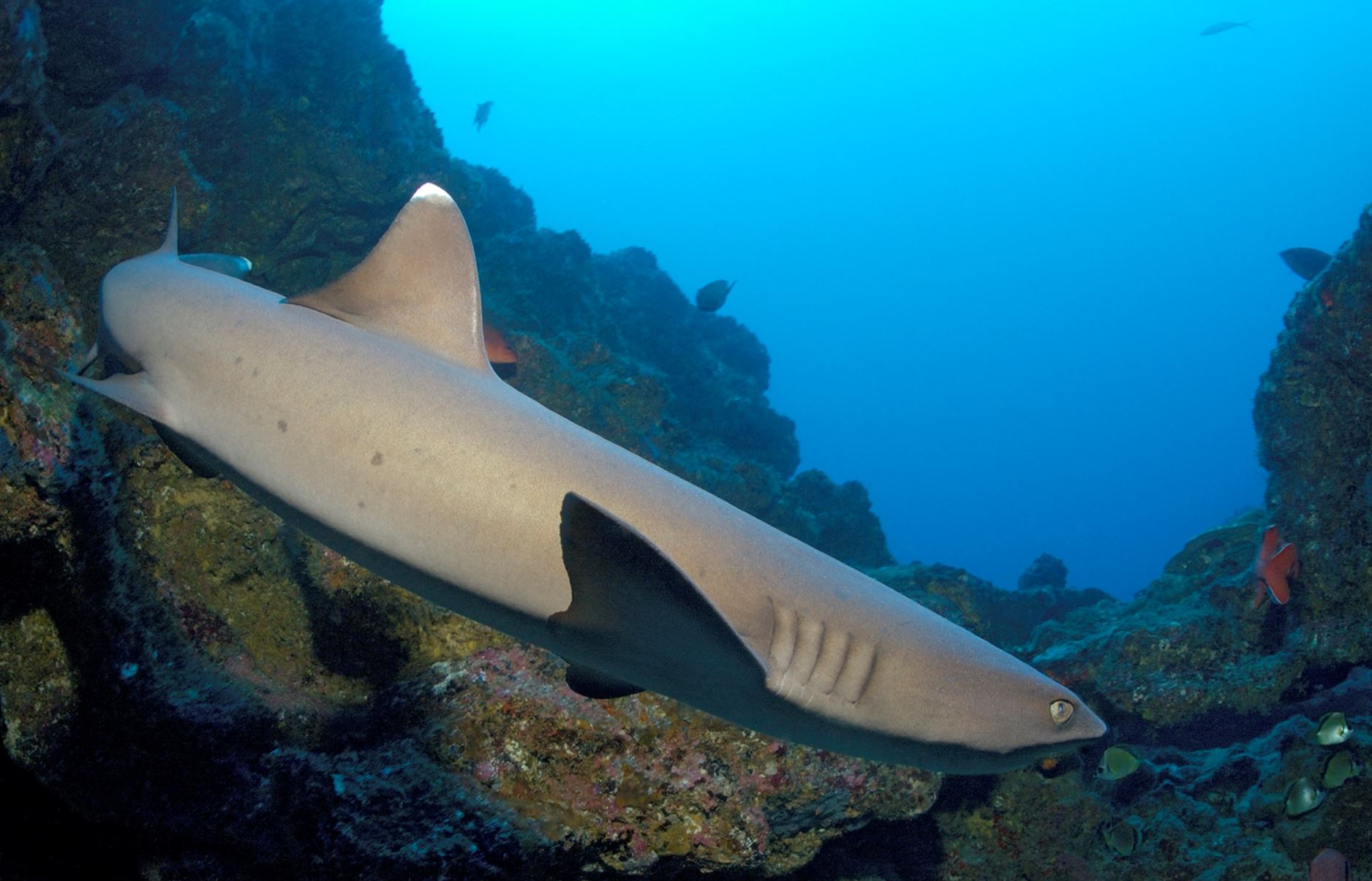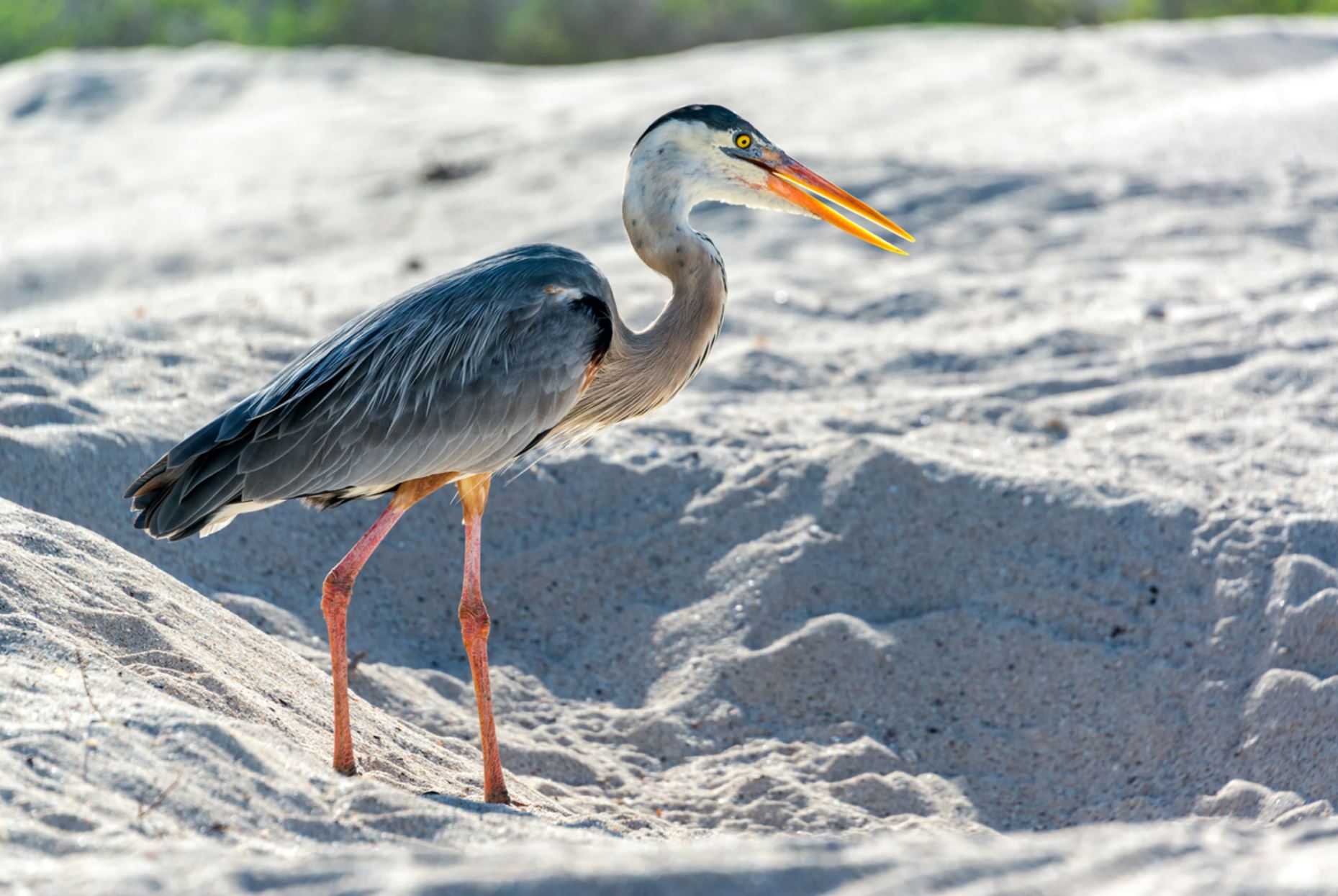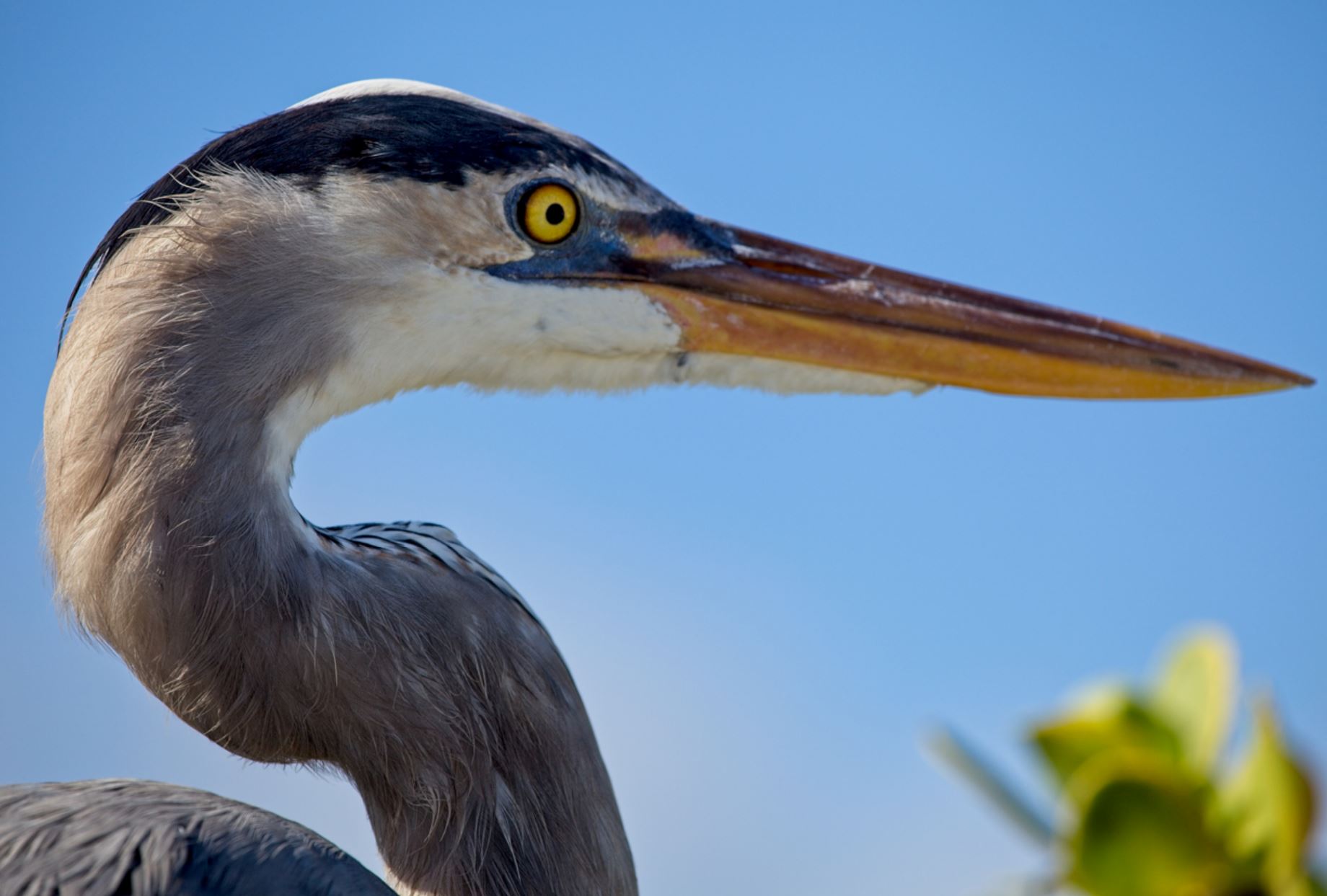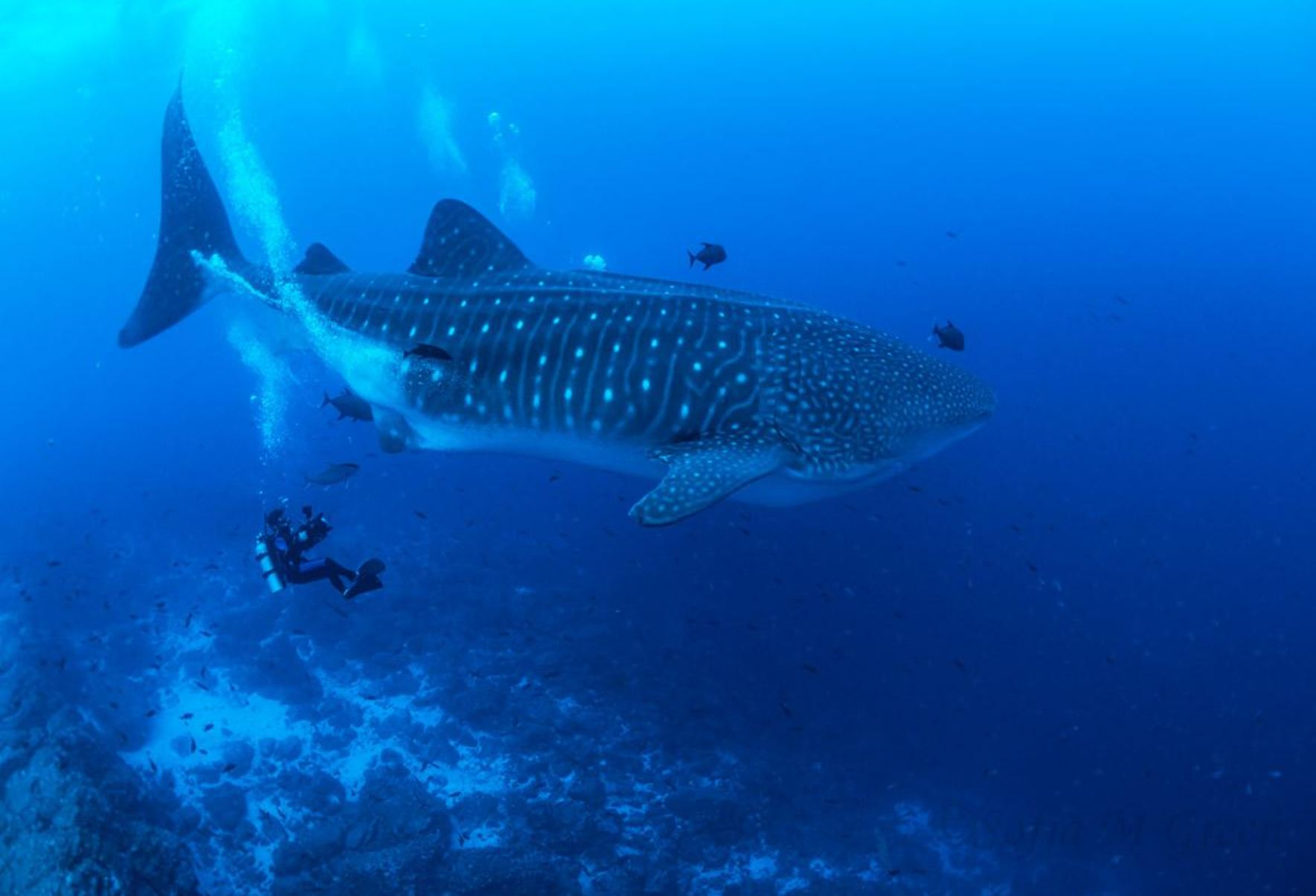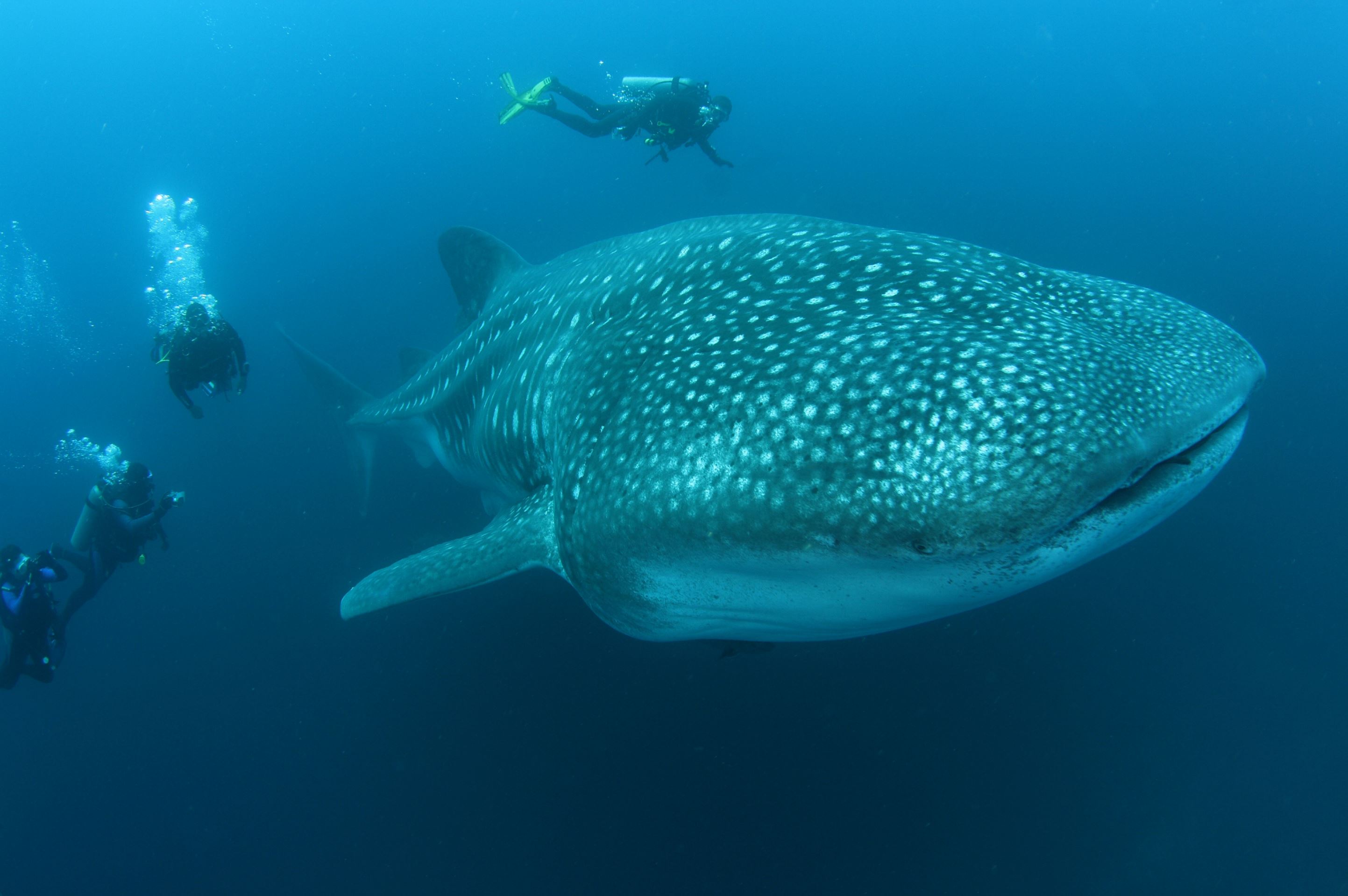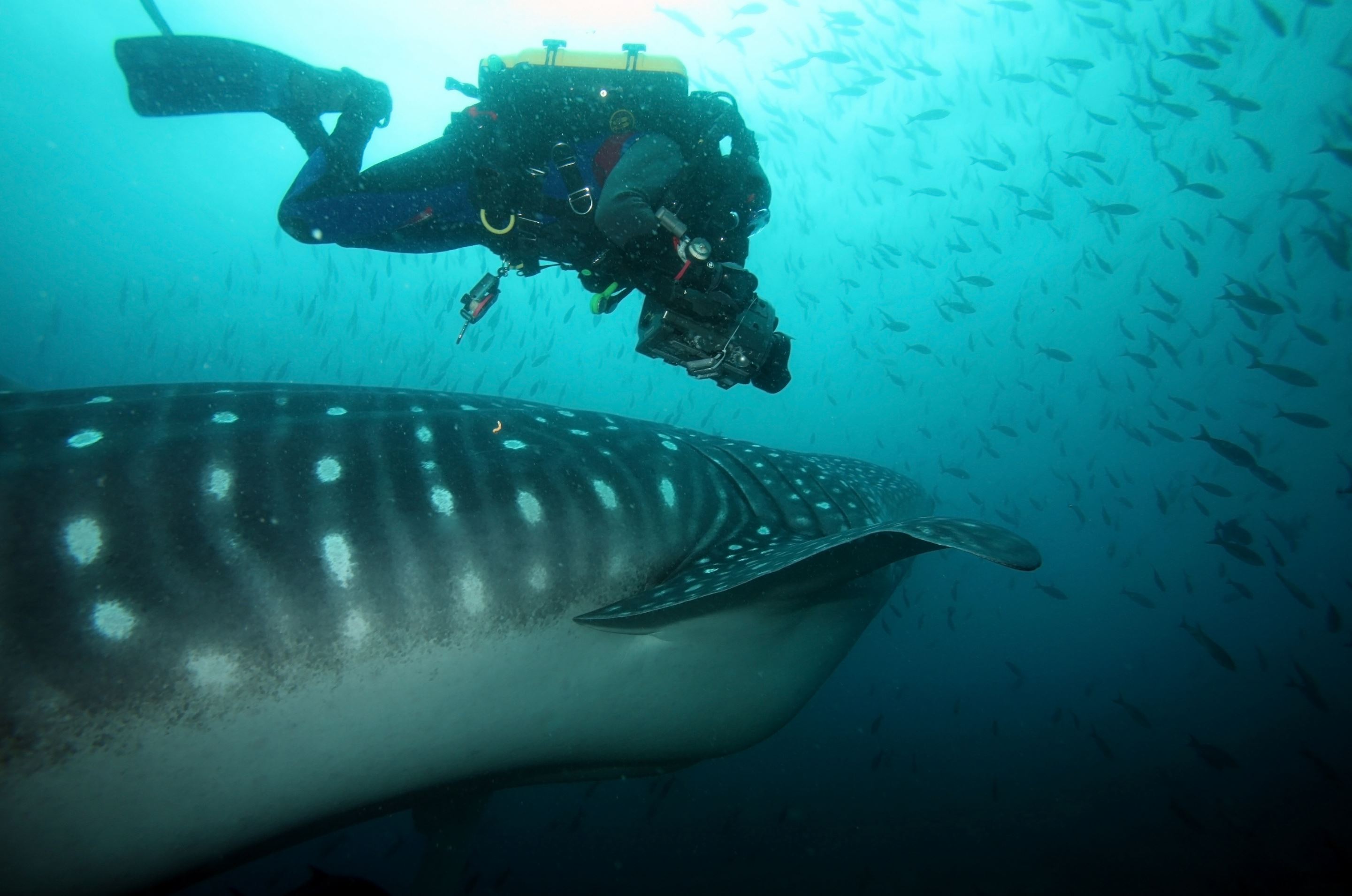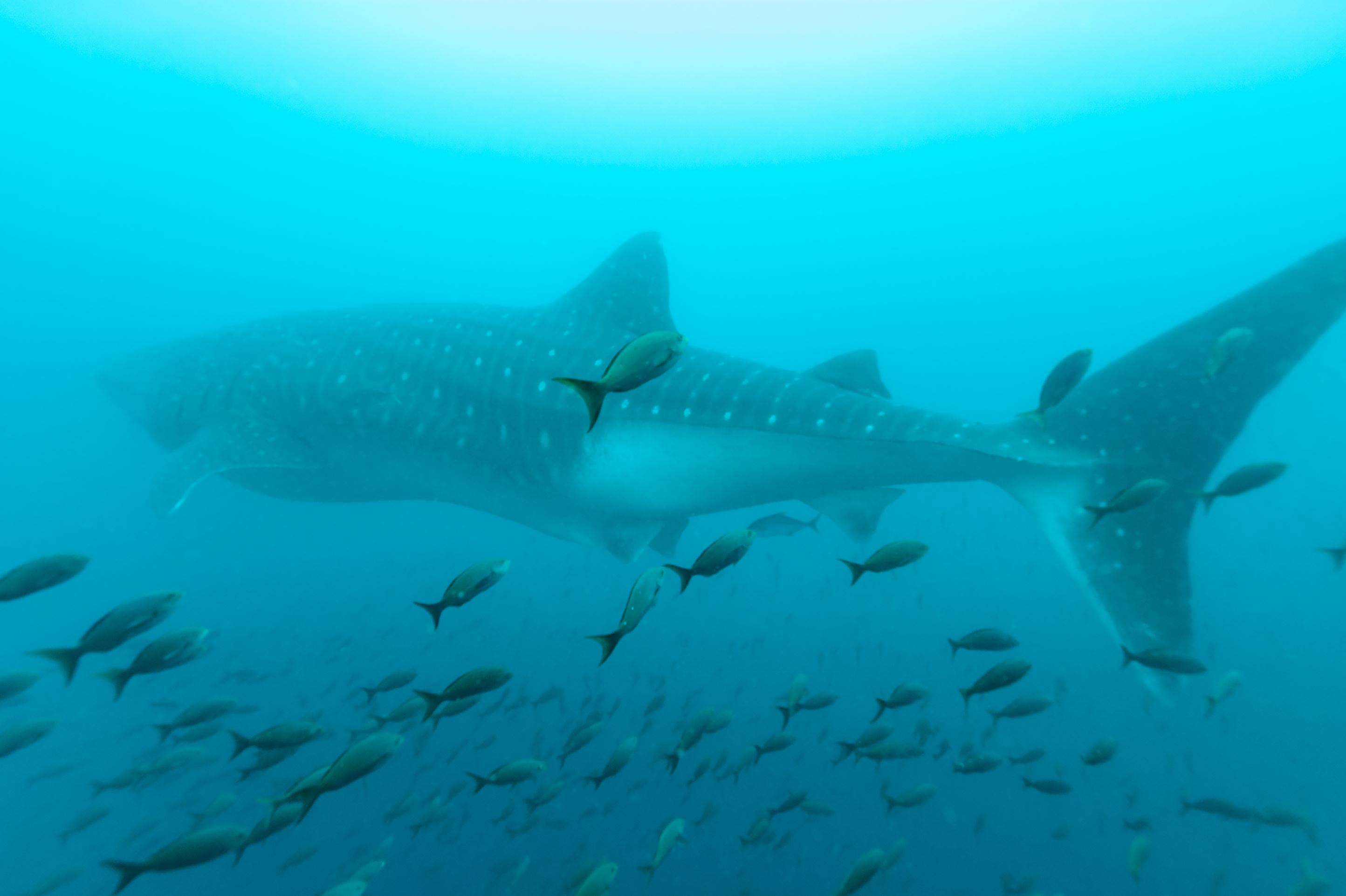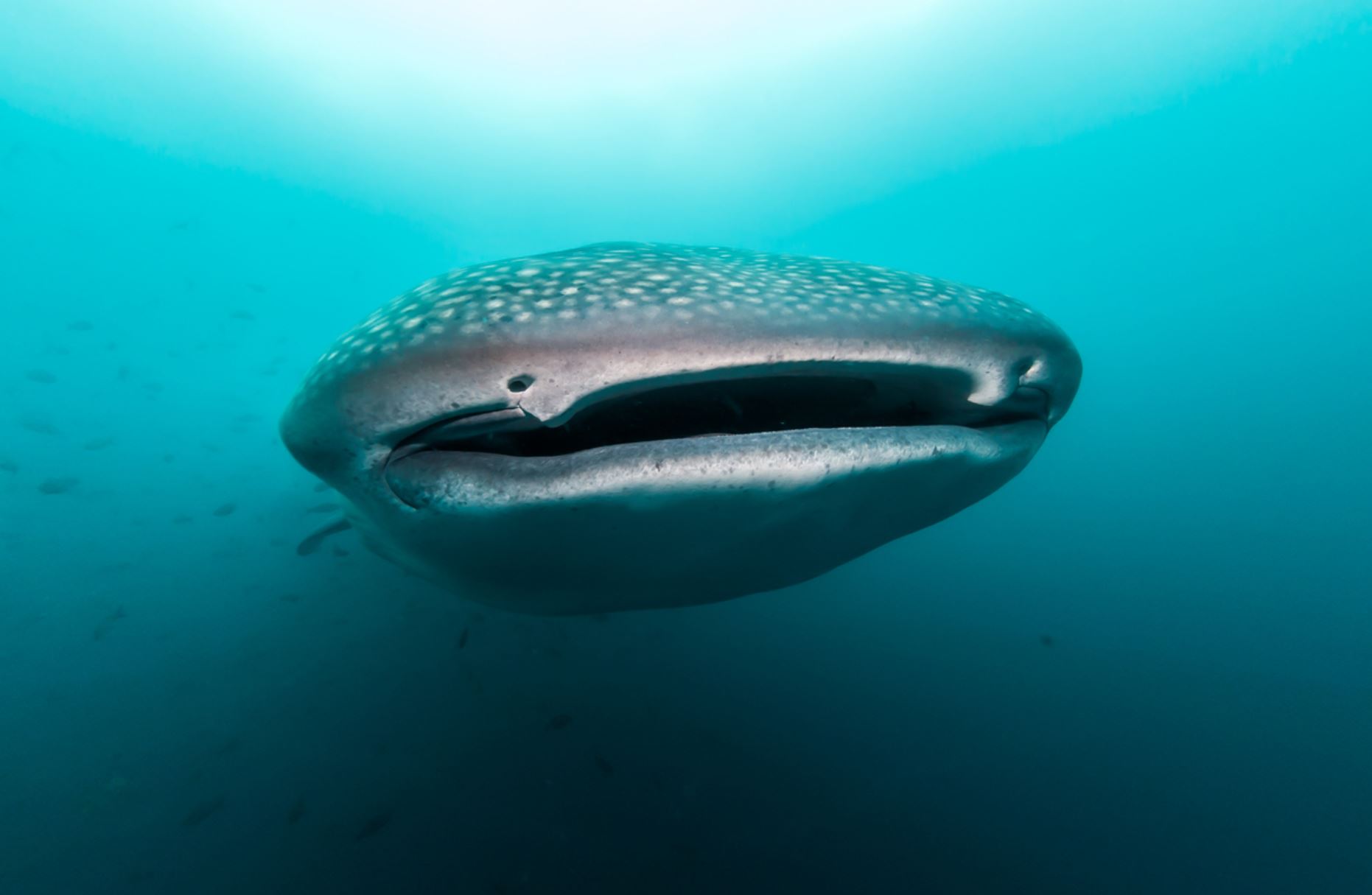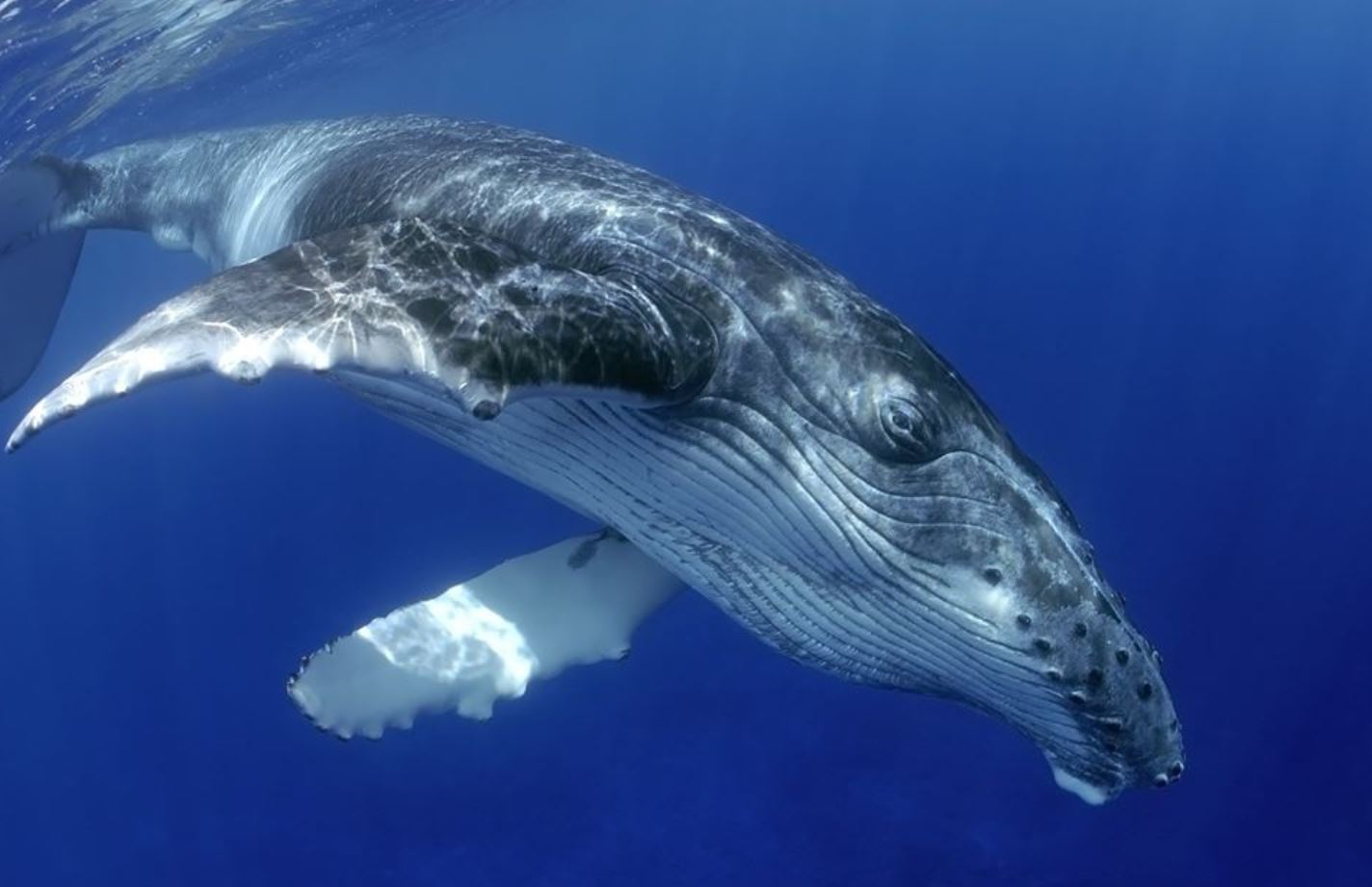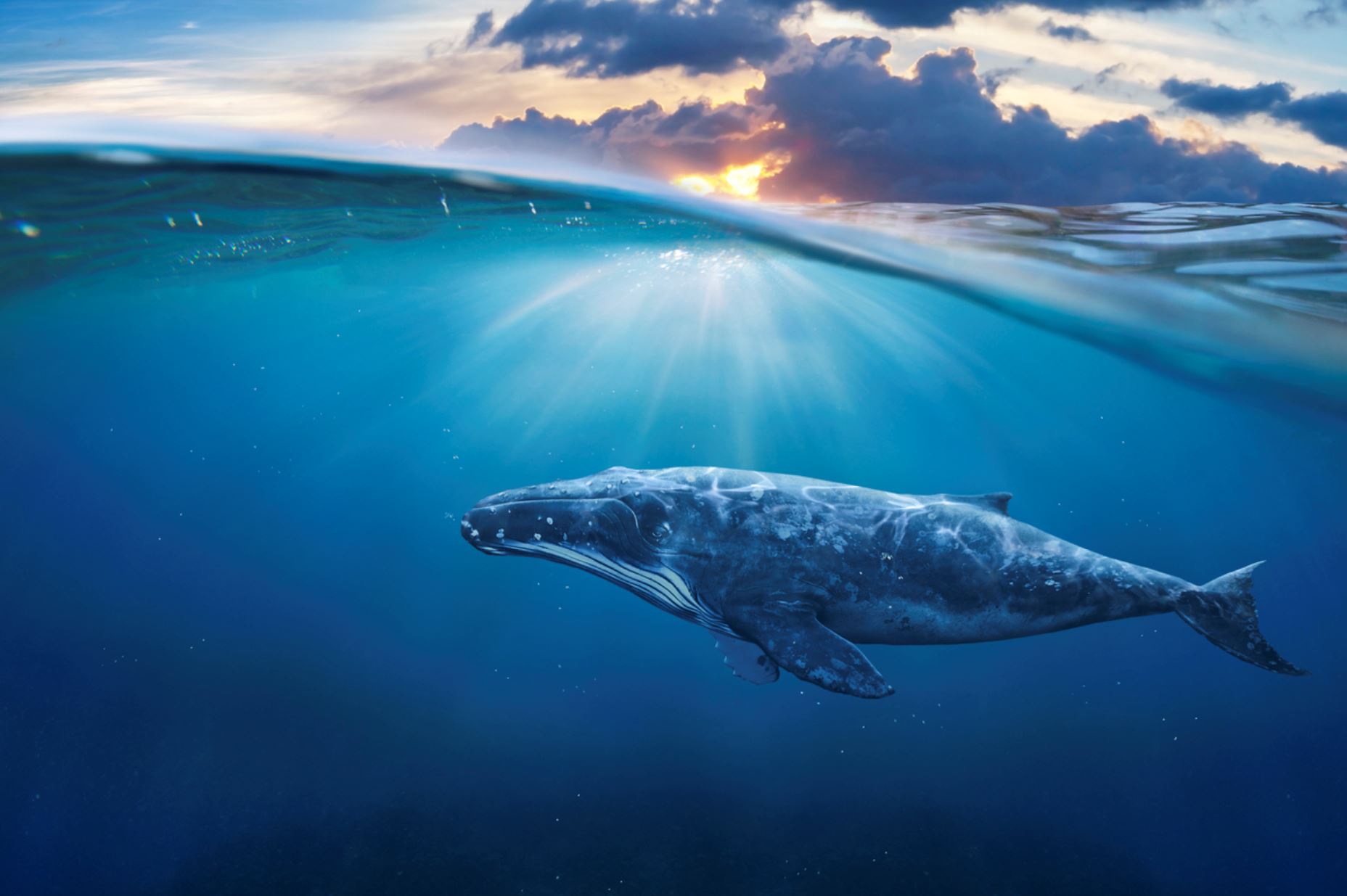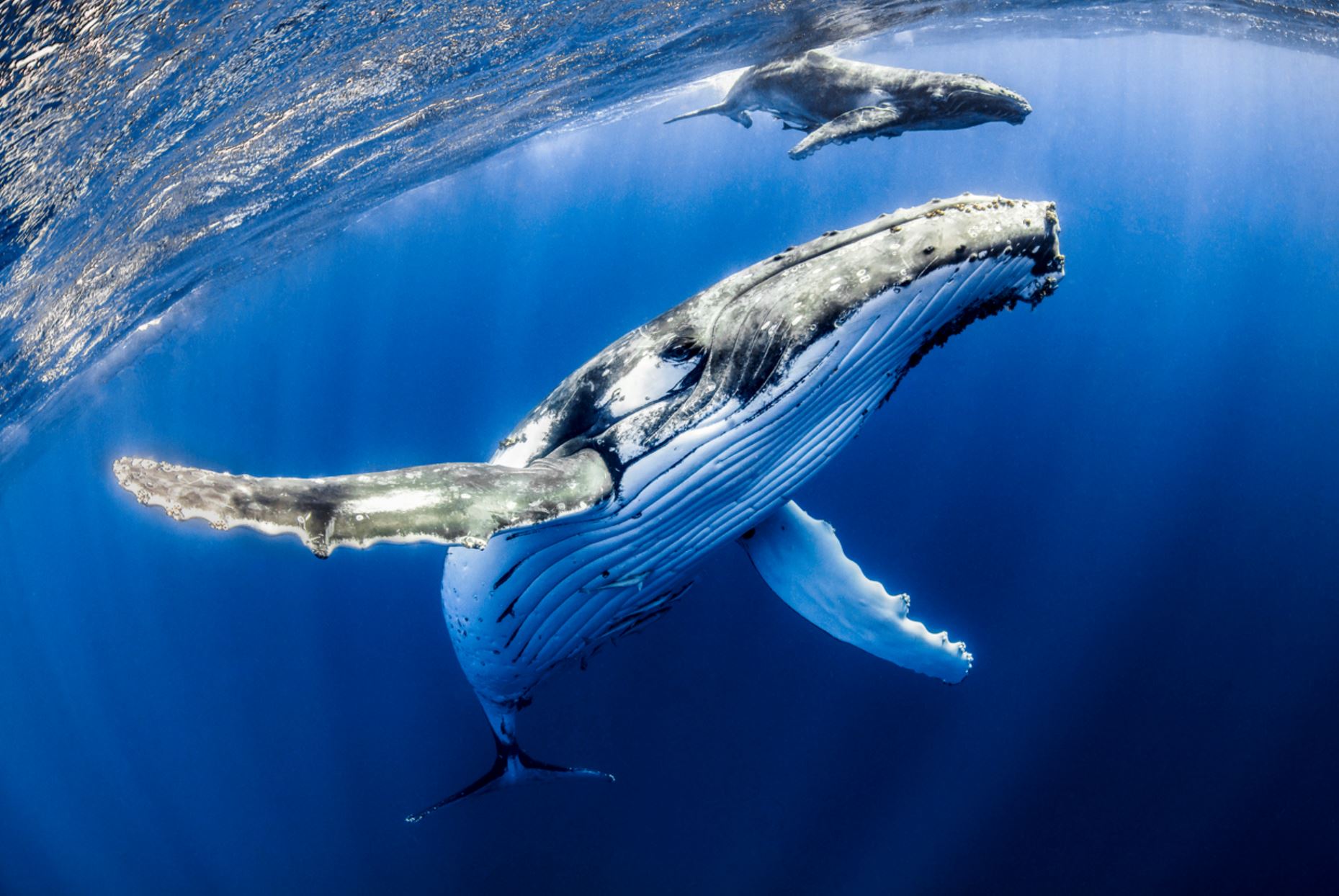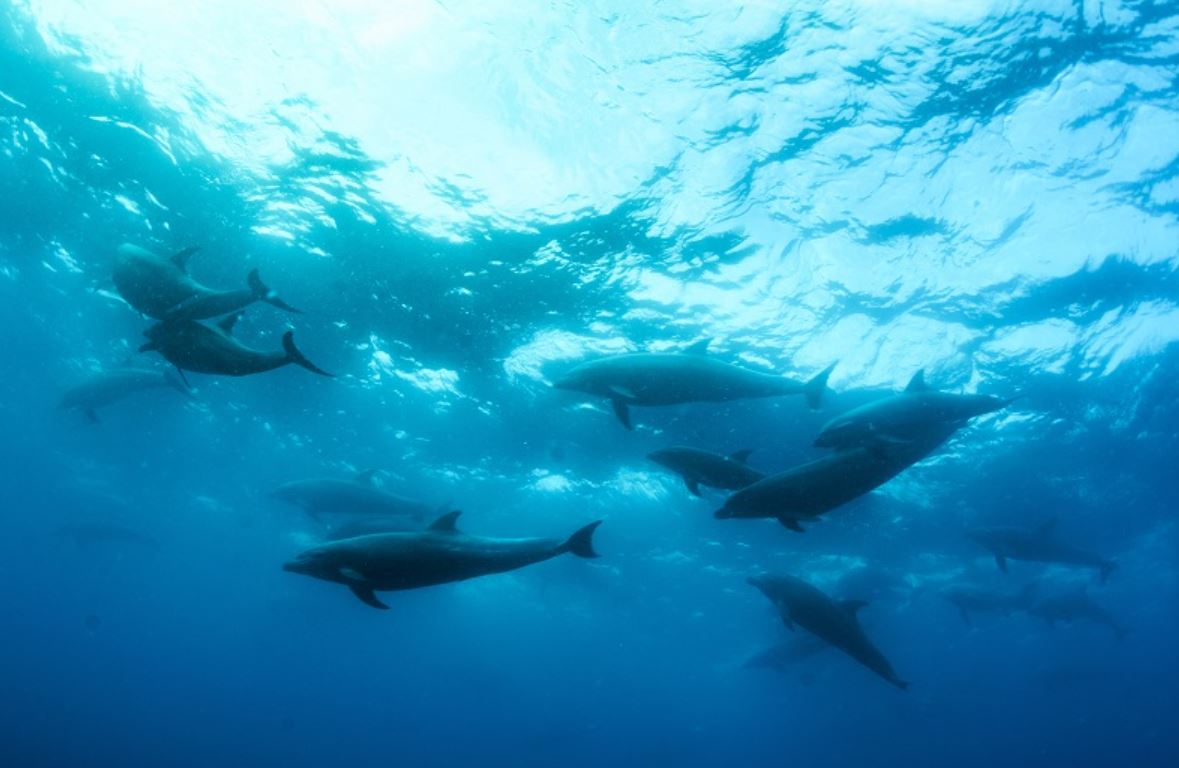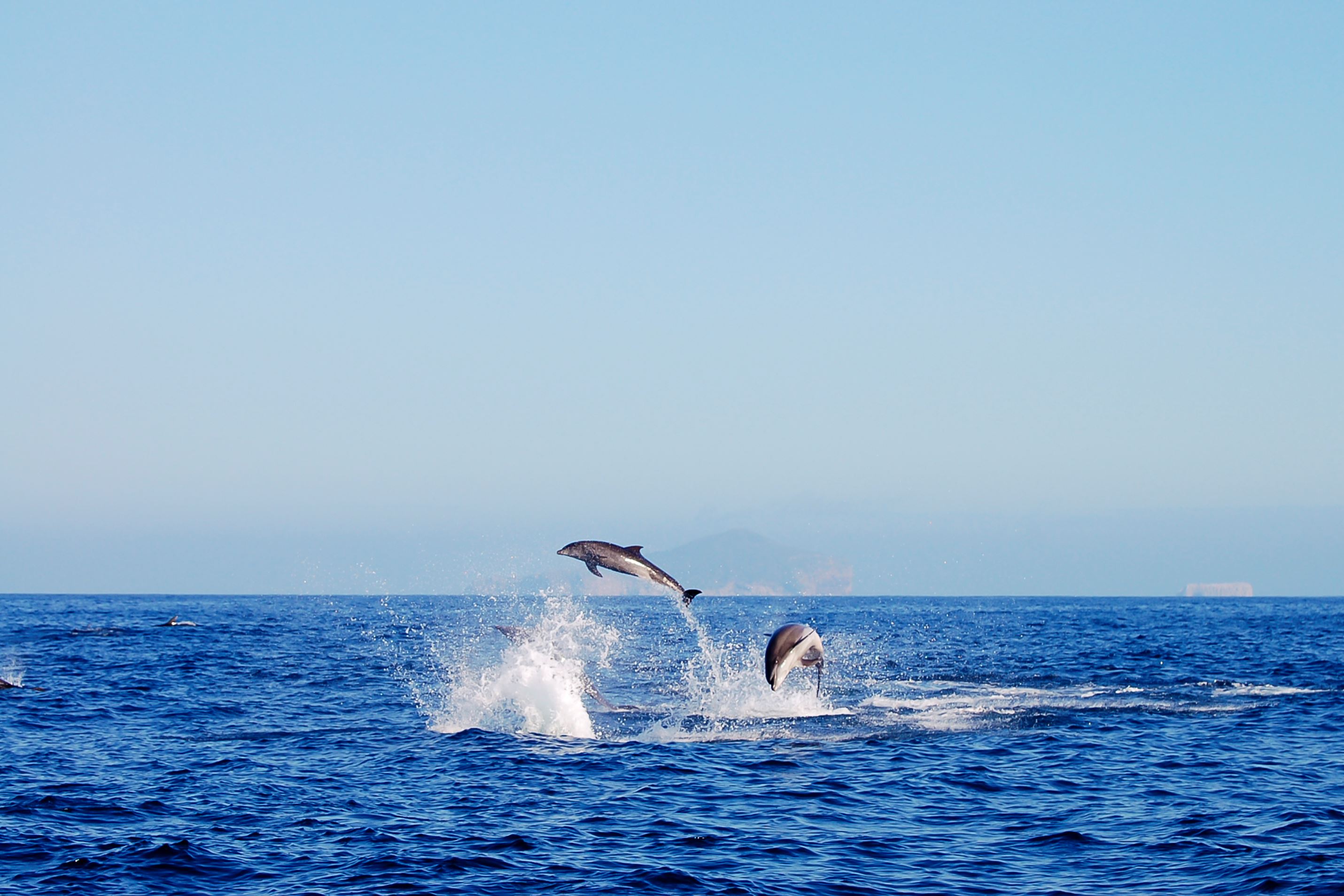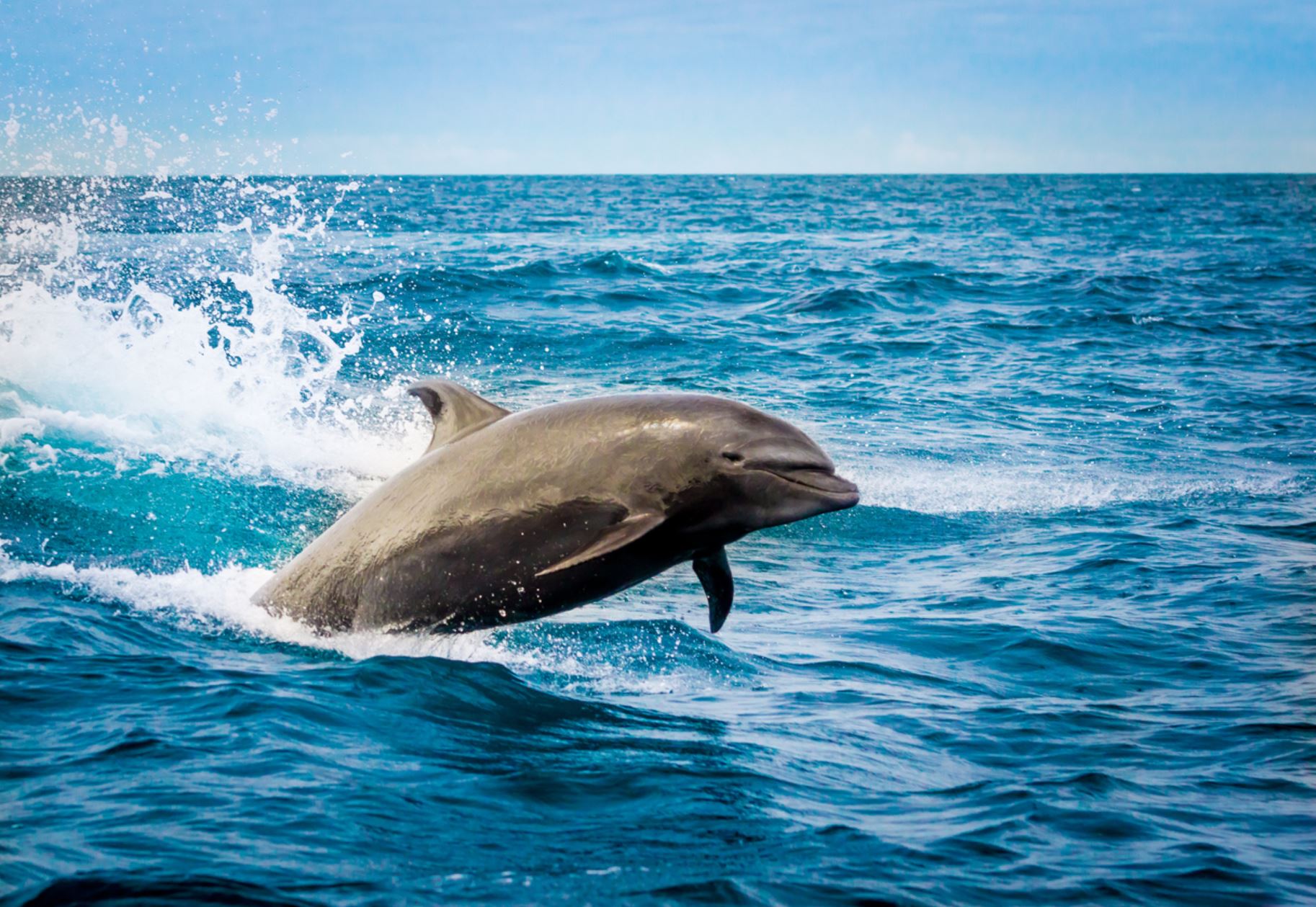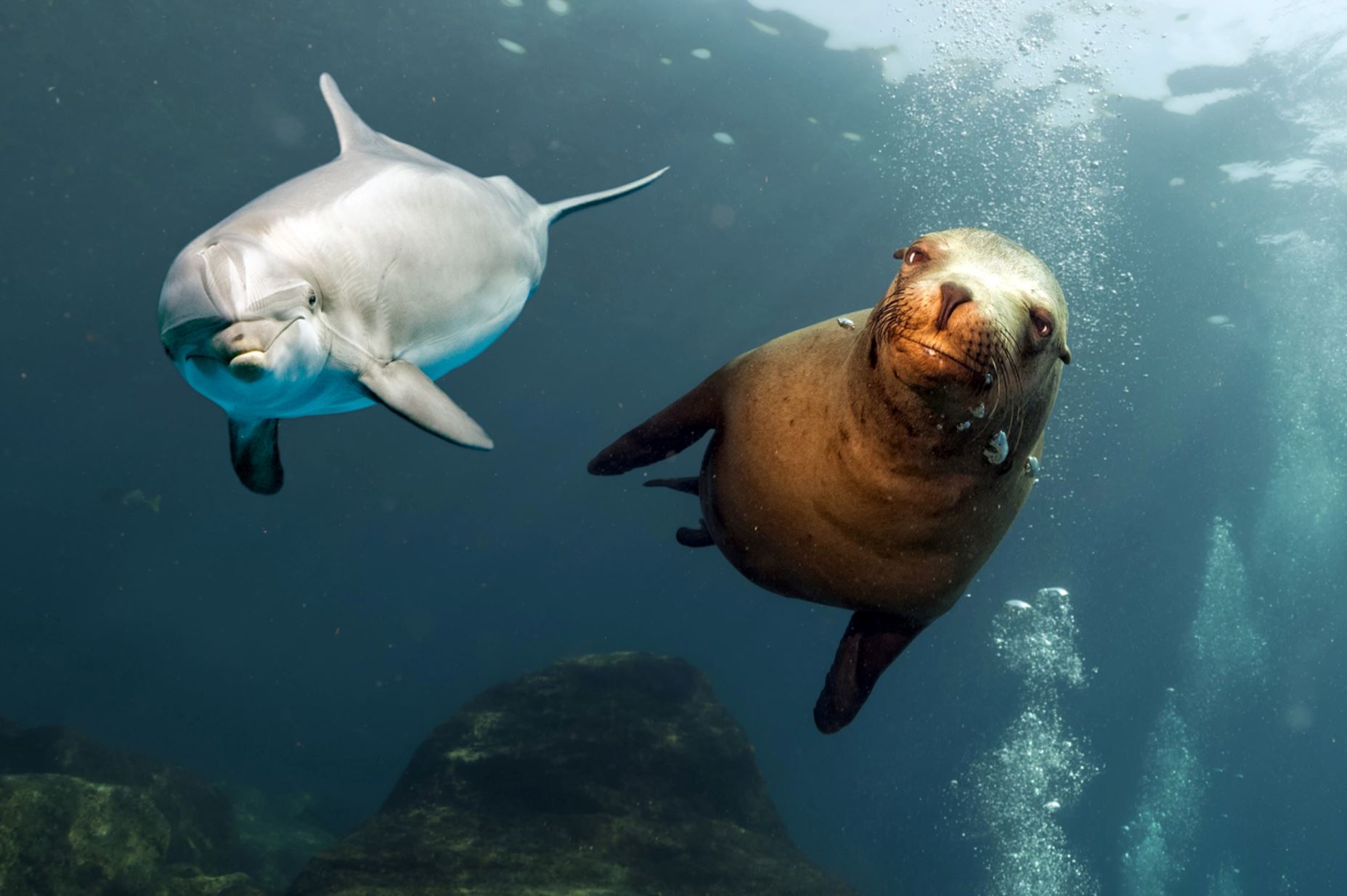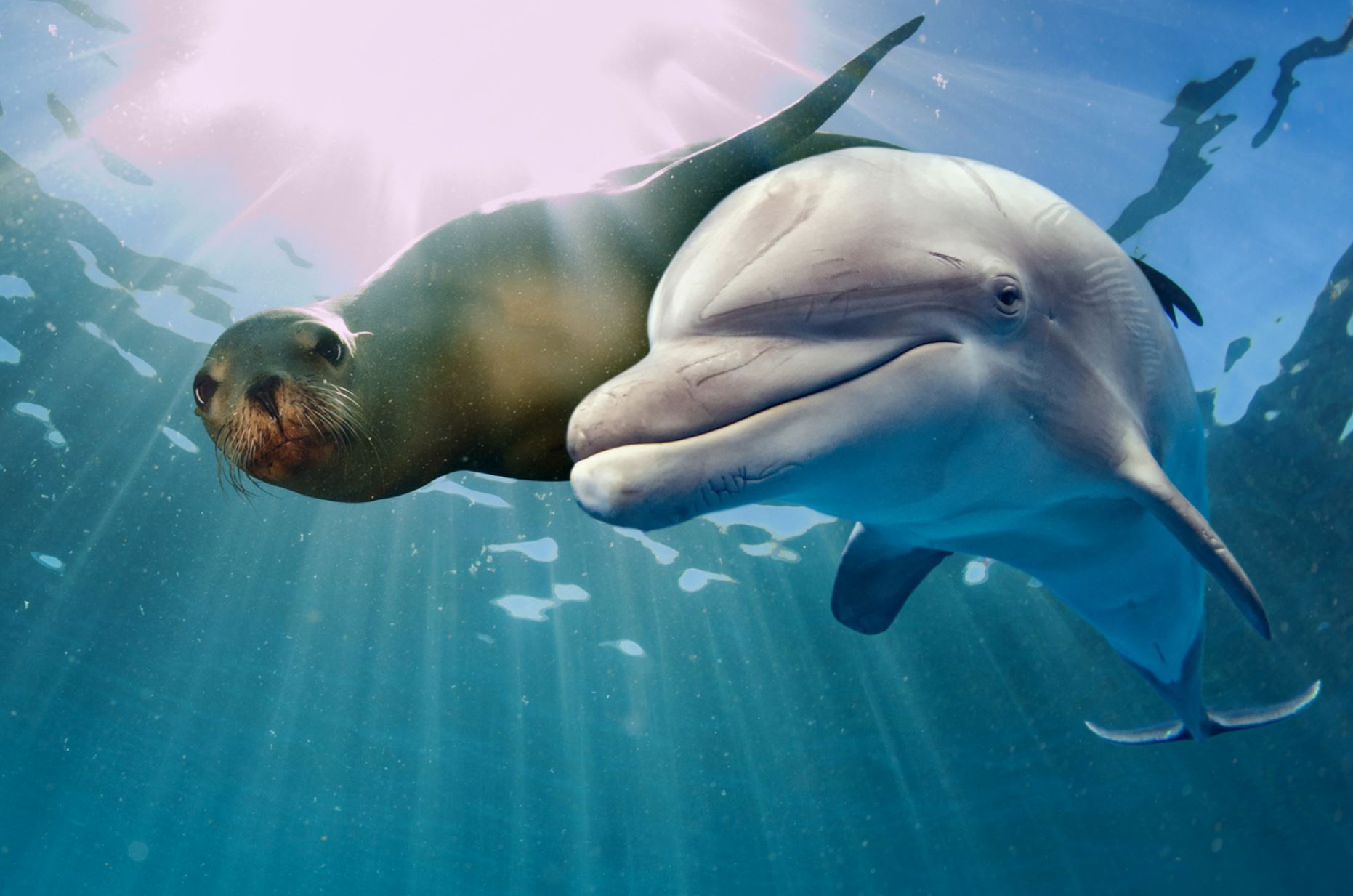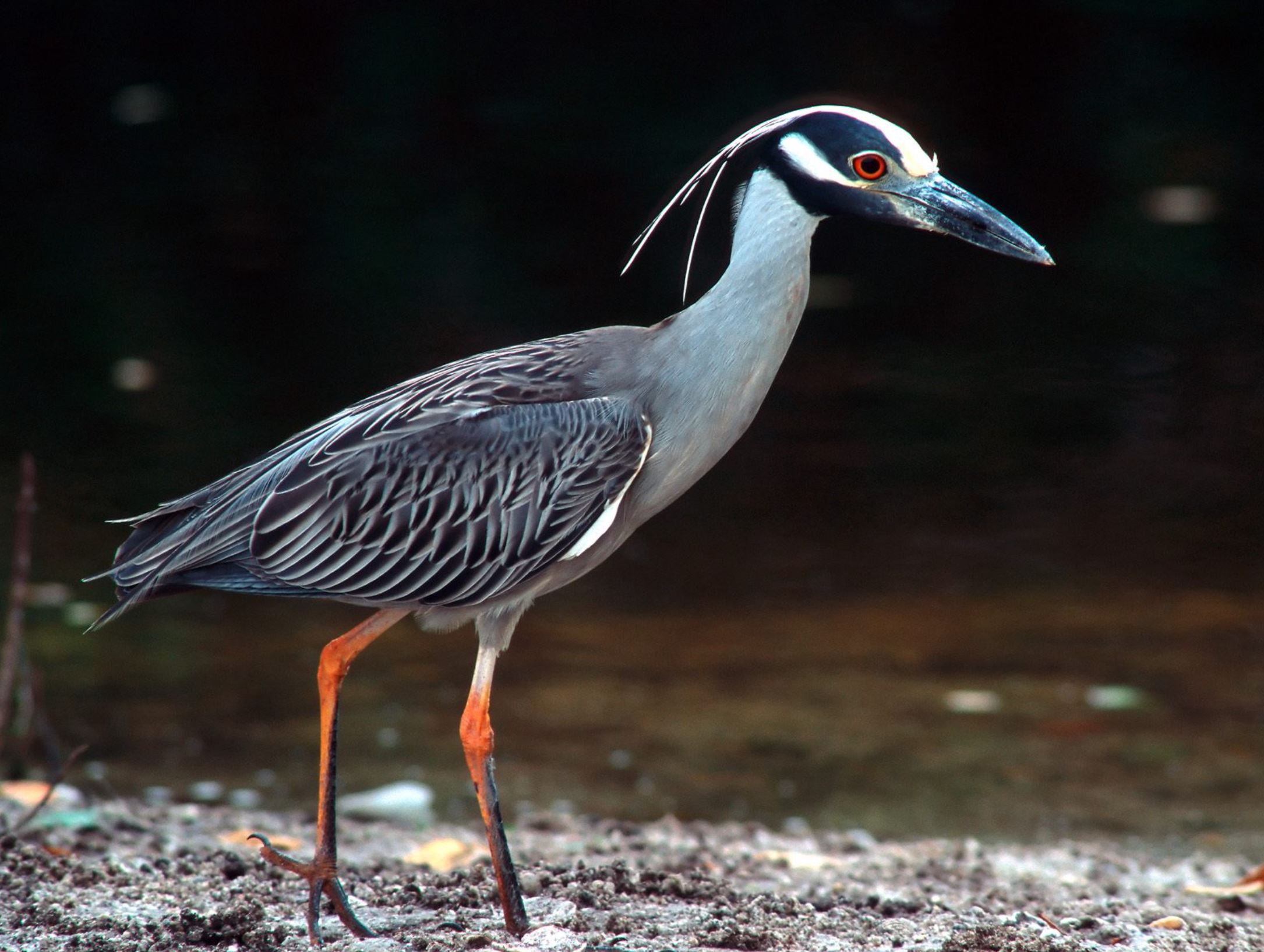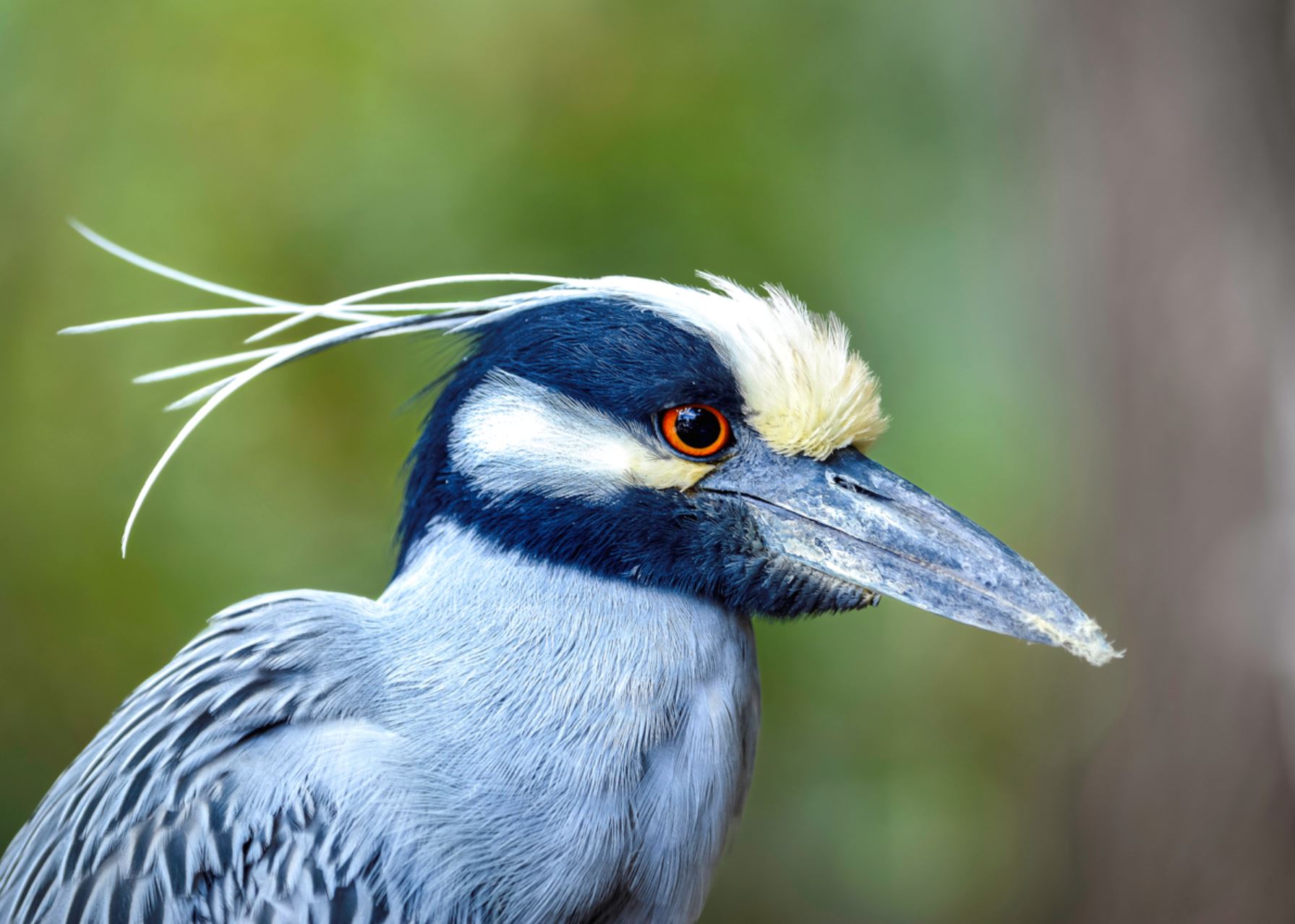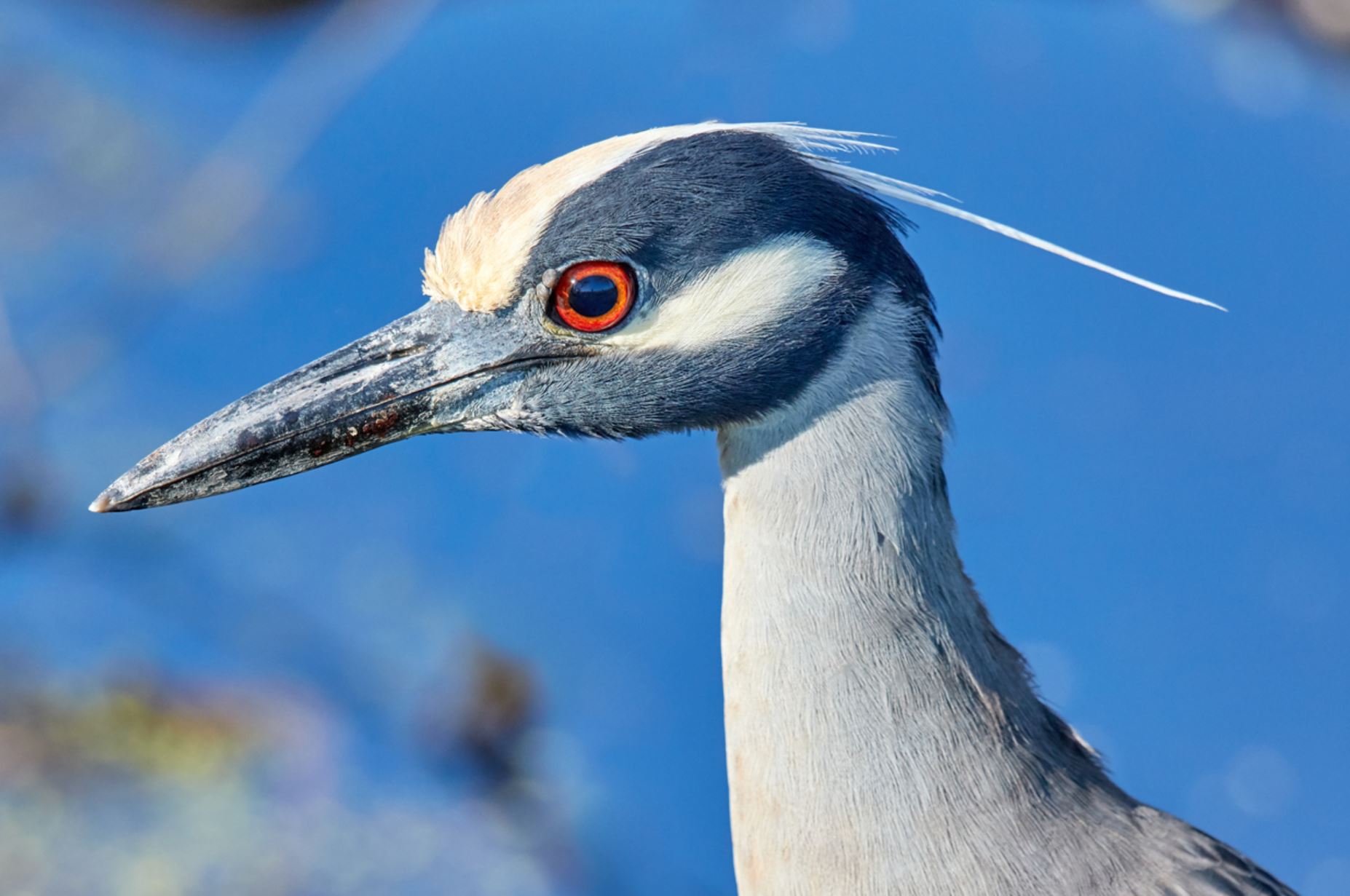Fernandina
Animals/Wildlife





Landscape/Views





Snorkeling



Beaches



Probably the only island in the world without introduced species. Admire astounding volcanic landscapes at a site often perceived as a ‘land without time’.
The youngest island of all, only 300 thousand years and is still active. Is located on the west side of the archipelago; siting on top of the hot spot. During the Galapagos National Park existence there have been 13 eruptions, the last eruptions ocrurred on the 2005 and 2009 and the 4th of September 2017 (eruption of the Cumbre volcano).
It is an unpopulated island.
Because of the lava flow only mangrove zones and pioneer cacti have survived its geological environment. This specie has created one of the most amazing and attractive miniature forests in the world, a place to evidence adaptation skills to the absence of soil.
The land of Dragons: This island has a big population of Marine Iguanas that survive thanks to its adaptation to feeding on algae. This is one of the best places to evidence the features that back in the day, pushed the Iguanas to evolve into marine animals, here you can visit the blackest and biggest iguanas of all visiting sites. Also a population of Land Iguanas inhabit the active crater of the island.
Flightless Cormorant biggest population to be visited. This island is home for this famous bird that lost his ability to fly because in his environment it wasn’t needed. This bird adapted to food availability being underwater so it developed amazing swimming and diving skills. To visit this colony is to evidence the evolutionary process alive.
Magical light: Its geological nature gives this island a very special light due to its reflection on the minerals and ground, it portrays a polarized picture of reality. It has a very distinct atmosphere from any other location in the archipelago.
Visitor sites:
Cape Douglas, Espinosa Point, Mangle Point
Pictures
Highlights / Places to Visit
Cape Douglas
Cape Douglas is the dive site where marine iguanas can be seen feeding underwater. The marine iguanas are endemic to the Galapagos and can only be found here. They are extremely adaptable and have therefore found an undisturbed living space on this unique, deserted island. Divers can get close to these dinosaur-like animals so far that one can watch the marine iguanas grazing the grass underwater and hear the smacking underwater. An unforgettable diving experience! The water temperature is cold around the island of Fernandina - and yet there are many divers who get out of the water after 1 1/2 hours because they cannot get enough. The dive site is between 3 and 26 meters deep. Most of the time you are in around 5 meters - which means that you have a lot of air and diving time available. This diving hotspot Cape Douglas is one of the most interesting diving spots in the Galapagos.
Espinosa Point
Espinosa Point is the only spot that we visit on Fernandina, and from it, we can see the island of Isabela across the Bolívar Channel, an area that boasts some of the highest diversity of endemic sea fauna in the Galapagos.
Technically, it is rich in “marine upwelling”, which directly or indirectly affects the entire food chain, bringing a wealth of wildlife to this particular western zone of the archipelago. The upwelling occurs when the cold waters of the Cromwell Current, laden with nutrients, meets the island. This brings large amounts of plankton to the surface providing a wealth of food where a variety of species can take advantage of.
- Disembarking: Dry
- Type of Terrain: Petrified Lava Rocky
- Physical Conditions Required: Medium
- Activities: 1 hour 45 min hike / 25 min glass-bottom boat / 45 min deep snorkeling
- Highlights: This is one of the most pristine islands in the world, with none of man’s introduced species to date. The flat jet-black lava of Espinosa Point is a defining feature of its stark and barren landscape. It is also home to the largest colony of the endemic marine iguanas. Other features are lava cacti, black, white and red mangrove, Sally light-footed crabs, Galapagos hawks, and sea turtles. Moreover, the famous flightless cormorant inhabits this island.
Mangle Point
A visit to Mangle Point allows visitors to witness the amazing views and wildlife on the Coast of Fernandina Island. This is a small inlet on Fernandina's coast where you can snorkel to your hearts delight and watch playful sea lions, curious penguins and also catch a glimpse of where flight less cormorants reside.
Highlights: Snorkeling, lava cactus, Lava
Possible Activities: Snorkeling, dinghy ride
Type of Landing: Dry Landing
Difficulty: Easy
Animals that can be seen on the island
Galapagos Penguin
The smallest of the penguins and the only species of penguin that lives in the tropics, at the north of the Equator line. These birds are endemic to the Galapagos islands, found only on islands that are touched by the Cromwell and Humboldt currents which bring deep cold waters filled with mullets, anchovies, and sardines, basics for their diet. They are avid swimmers, they can reach 30 km per hour when swimming in search of food.
Their height is of about 49 cms (19.2 in) with a black back and a white chest. They also have pinks patches along the feet and the face that helps them keep them cool on hot days. Females tend to be smaller than males. They reproduce all year round and stay with their mate for life. Females lay between one to two eggs in a nest made on the ground, in the volcanic porosity. The egg hatches in about 35 days; sixty days later the chick leaves the nest and some months later starts to feed by itself.
It is estimated that there are about 2,000 of these birds living in the archipelago, most of their populations can be seen mainly in Fernandina and Isabela island. However, small colonies can also be found around other places in the archipelago such as Bartolome, Floreana, and Santiago on occasional sightings.
- Animal Group: Seabirds
- Scientific Name: Spheniscus mendiculus
- Animal Average Size: 49 cm
- Animal Average Weight: 2.5 kg
Fernandina, Isabela, Bartolomé, Baltra
Flightless Cormorant
This flightless cormorant bird is endemic to the Galapagos and is only found on Fernandina and Isabela islands where the oceans high-productivity assures their existence.
This species has very strong legs and its well-adapted webbed feet for diving to seek for food. It preys on eels, small fish, and octopus and hunt in shallow waters no further than 100 meters from their nesting sites and are remarked for being sedentary.
This species had the chance to adapt to the need of feeding mainly underwater and to the absence of predators to escape from. Its wings are now one-third of the size compared to other cormorant species, and the flying muscles have adapted to a better swimming shape. They can be seen on the shoreline drying their feathers, as they produce very little wax that protects the feathers from the water, thus they need to constantly comb-dry and take care of their plumage.
Males are larger than females and their plumage is also darker with turquoise-blue eyes.
The courtship ritual starts in water when both swim around each other with they necks bends in a snake-shape and lifting from the water every now and then. The male leads the way out of the water, keeping the neck shape and they walk together in what resembles a penguin walk until reaching the perfect spot where they both start building their nest out of plants, shells, and anything that can be found in the beach.
They tend to lay 2-3 eggs but generally only one survives after hatching 35 days and reaching maturity 4 months later. Nesting occurs mainly from March to October, females have the chance to breed around 3 times a year.
There are less than 1,200 cormorants in the archipelago today, with a lifespan of around 13 years.
- Animal Group: Seabirds
- Scientific Name: Phalacrocorax harrisi
- Animal Average Size: 89 - 100 cm
- Animal Average Weight: 2.5 - 5 kg
Places where you may see this animal:
Isabela
Fernandina
Galapagos Barn Owl
There are two endemic subspecies of owls in the Galapagos: the Barn and the Short-eared Owl.
The short-eared owl (Asio flammeus galapagoensis) has changed its night hunting behavior to eventual day hunting in order improve its catches. They are carnivorous and can prey on bigger birds than themselves such as the blue-footed boobies. In Genovesa Island, they mainly feed on storm petrels that nest between the rocks in deep caves. Here, they have learned to wait for the petrels to come in and out from the nests to catch them unaware. They are easier to be seen in islands where the Galapagos hawk is absent.
The Barn Owl (Tyto alba) is found all around the world. There are about 46 different species; the one found in the Galapagos is the smallest one. The interesting shape of its face resembles a satellite in order to focus all noises to its ears. As they fly low, they are able to hunt mammals and reptiles. This is one of the very few bird species where the female has a more attractive plumage than the male. They lay between 3 to 6 eggs, and live about 2 years.
- Animal Group: Landbirds
- Scientific Name: Tyto alba
- Animal Average Size: 32 - 40 cm
- Animal Average Weight: 400 - 700 gr
Places where you may see this animal:
Fernandina
Isabela
Santa Cruz
San Cristobal
Galapagos Land Iguana
The land iguana species has its origin in a common ancestor with the marine iguana, about 10.5 million years ago. The iguana grows up to a length of 1.5m (5 ft.) and can weight 13kg (25pounds). They are herbivores, feeding mainly on the prickly-pear cactus but eventually would feed on insects and other invertebrates. They reach sexual maturity at around 10 years old and can live up to 60 years.
They lay 2 to 25 eggs, which they burry in sandy areas. These eggs hatch after around 100 days. In some islands, they have interbred with marine iguanas creating a hybrid iguana species. Very little has been discovered from this species but they are known to be almost all infertile and have a very reduced population.
There are two other species of land iguana in the archipelago, the Conolophus pallidus, which is found only on the island of Santa Fe, and the one known as the pink iguana only found in Wolf volcano on Isabella Island.
Same as other reptiles, they need to thermo regulate so they bask in the sun to warm up making a beautiful picture, and usually burry themselves in the night to conserve the heat in the cold season. They are usually found in the trails and around the cactus growing sites. They have developed symbiotic relationship with birds so they can easily be seen with a finch standing on their heads. Since they are very territorial animals, some fights and social dynamics are part of their natural display. There are about 8 thousand land iguanas in the archipelago.
- Animal Group: Reptiles
- Scientific Name: Conolophus subcristatus
- Animal Average Size: 100 - 150 cm
- Animal Average Weight: 11.5 kg
Places where you may see this animal:
Fernandina
Isabela
Bartolomé
North Seymour
Santa Cruz
South Plaza
Galapagos Lava Heron
The lava heron or Galapagos heron inhabits the intertidal zone and the mangrove areas, feeding at the open shoreline by slowly moving in the shallow waters or even diving into them. Apart from crab and fish, it also eats insects, lizards, and eggs. Its dark shades of gray help them to blend in with the rocks in order to hunt.
Males and females look similar, their feet, head, and eyes get brighter tones in courtship time and it is an opportunistic breeder. The mating months are September to March where females and males create a loud sound, show aerial displays and chase other herons in order to get a monogamous partner. They lay from 1 to 3 eggs in random safe areas of the lowlands around mangrove trees, that take around 22 days to hatch. They protect their territory by chasing intruders and making loud noises.
Due that their meals are on the ground, this bird prefers to walk instead of flying. They can be spotted walking or jumping along their feeding areas, found in all islands.
- Animal Group: Shorebirds
- Scientific Name: Butorides Sundevalli
- Animal Average Size: 45cm
- Animal Average Weight: 190-235 g
Fernandina
Isabela
Santiago
Santa Cruz
Floreana
Española
San Cristobal
Galapagos Marine Iguana
The marine iguana is the only marine species of lizard in the world; it has changed its behavior, diet and physiology through natural selection during thousands of years.
There are seven subspecies, most of them developed in different islands. They have black bodies that sometimes especially during mating season and in different times on distinct islands, can have some colorful patches with green, orange, grey and yellow tones.
Marine Iguanas are ectothermic animals, same as all reptiles. As a result, they need to thermo regulate their activities in order to survive, by behavior. They need to warm up with the sun to the ideal temperature of 35.5C to successfully perform an activity such as feeding, or to even move from one place to another. Their actions are dependent on the water temperature and climate, for example entering the ocean to feed they can lose up to 10C (mainly in the night).
Marine Iguanas must constantly warm up in daylight by lying flat, in order maximize how much heat they are receiving, also marine iguanas need to cool off when the sun is too strong by avoiding direct rays on their body. These animals are capable to even slow down their metabolism and heartbeat, in order to optimize their energy consumption. Typically, marine iguanas feed once a day, but depending on their size and needs they can do it every two or three days.
Sexual maturity is reached after 8 years and they can lay between one to four eggs, breeding season is usually in the months of November and December.
Marine Iguanas can be seen on the majority of the Galapagos shoreline as they feed on algae that grow in all intertidal zones of the archipelago. They are able to feed on almost all kinds of seaweed with the exception of the brown one ( it makes them sick). They prefer shallow water or exposed sea weed in order to feed without the necessity of diving, thus saving body temperature. However, it needs to be clear that marine iguana can dive as deep as twelve meters and hold their breath for about one hour if needed.
Their flattened tails help them to swim efficiently. These iguanas have developed a special gland to secrete the salt they ingest by feeding, such gland is located by the ear and is connected to the nose rich from where they expel a salty solution. Such salty solution is expelled by sneezing.
- Animal Group: Reptiles
- Scientific Name: amblyrhynchus cristatus
- Animal Average Size: 70cm
- Animal Average Weight: 13kg
Fernandina
Isabela
Santiago
Bartolomé
Santa Cruz
Santa Fé
Floreana
Española
Galapagos Mockingbird
Mockingbirds in most regions of the world are known for having the ability to imitate the singing from other birds and several other kinds of noises. It is believed that this skill was developed in order to have a more successful feeding in other bird territories, and as a reproductive feature for males.
In the Galapagos there are four different subspecies. All of them are related to a single colonization event, but in four different islands. They are very similar to the other locations species physically. They protect the group and even feed newborns of other individuals of the group. They are omnivores and their curiosity has made them some of the most commonly seen bird of the islands.
- Animal Group: Landbirds
- Scientific Name: Mimus parvulus
- Animal Average Size: 25 - 26 cm
- Animal Average Weight: 51 -56 g
Fernandina, Isabela, Genovesa, Santiago, Santa Cruz, South Plaza, Santa Fé
Galapagos Racer Snake
Racer snakes on Galapagos are constrictors and only mildly venomous. They are known to prey on lava lizards, geckos, insects, iguanas, mice, rats and hatchlings of several bird species. They are not at all aggressive towards humans and could not do much harm if they were to attack after being threatened. Racers tend to be dark brown with stripes or spots.
There is some confusion over the number of species of racer snake found in Galapagos due to poor research. The latest research suggests that there are: the Galapagos racer (Pseudalsophis biserialis) from San Cristobal and Floreana – though it is locally extinct on Floreana and now only found on nearby islets; the Espanola racer (Pseudalsophis hoodensis) from Espanola and adjacent islets; Santa Cruz racer (Pseudalsophis dorsalis) from Santa Cruz, Baltra, Santa Fe and adjacent islets; Fernandina racer (Pseudalsophis occidentalis) from Fernandina, Isabela, and Tortuga; banded racer (Pseudalsophis slevini) from Pinzon; and the striped racer (, ) from Baltra and Santa Cruz.
It is the Fernandina racer which has been observed hunting for marine fish from rock pools and the shallows around Fernandina. The British biologist Dr. Godfrey Merlen was the first scientist to ever see this behaviour happening as he noted up to 15 individual snakes slithering around the lava rock pools around Cape Douglas. This is a unique behaviour of terrestrial snake not observed anywhere else in the world. The racers on Fernandina were also the stars of BBC´s Planet Earth II where they were filmed hunting juvenile marine iguanas.
Racer snakes can be found in Galapagos on most of the major islands, though they are now locally extinct on Floreana. The snakes are found throughout the year, but unlike many other Galapagos animals they are shy of humans and will hide away making them reasonably tough to spot without looking for them specifically. They are diurnal, most active around dawn and dusk, and often rest around midday. The native snake population has been decimated by introduced species such as cats, pigs and feral goats which forage for their eggs.
- Animal Group: snakes
- Scientific Name (depending from the islands): Pseudalsophis biserialis, Pseudalsophis hoodensis, Pseudalsophis dorsalis, Pseudalsophis occidentalis, Pseudalsophis slevini, Pseudalsophis steindachneri
- Animal Average Size: 80 cm bis 1,20 m
- Animal Average Weight: 8 – 10 kg
Racer males can be found in Galapagos on most of the major islands!
Galapagos Rail Bird
The Galapagos rail, also known as the Galapagos crake, is a small (15cm), secretive, yet tame, ground-living bird endemic to the Islands. It is a poor flier and has only been recorded flying distances of just a few metres, making it extremely vulnerable to introduced species such as cats and rats.
Its population is also threatened by habitat destruction as a result of introduced cattle and goats. Encouragingly, once these species are removed, and native vegetation is allowed to recover, Galapagos rails are quick to recolonise. Native vegetation provides the perfect environment for attracting their favourite foods, invertebrates, and they can often be seen tossing leaf litter to unearth a variety of insects, as well as seeds.
It has a slate grey plumage throughout, apart from a slight chocolatey brown on its back and specks of white on its wings and flanks. The legs, feet and bill of the rail are all dark, whilst the eyes are a bright red. They lay around five to six eggs, which are cream with fine speckling. The eggs are covered in a ground nest amongst vegetation. Breeding occurs from September through to April.
In Galapagos previously found throughout most vegetation zones, today Galapagos rails are found only in the highlands of the major islands. They are presumed extinct on Floreana due to invasive species . All year round you can see them.
- Animal Group: land birds
- Scientific Name: Laterallus spilonota
- Animal Average: 15 – 16 cm
- Animal Average Weight: 39 – 45 g
Places where you may see this animal in Galapagos:
Galapagos Rail you can found in the highlands of of the major islands!
Galapagos Sea Lion
There are two species of sea lions in the Galapagos: the most common one is the Galapagos sea lion (Zalopus wollebacki) and the other one is the fur seal (Arctocephalus galapagoensis). Both are endemic to the Galapagos and are believed to have traveled south from North America and northern locations.
The Galapagos sea lion is one of the most emblematic animals of the Galapagos, with a hight of 1.50m to 2.50m (60 to 100 inches) and can weigh up to 250k (550lb). These sea lions are different from their relatives in California, being smaller and more sociable. They have external ears and the capacity of using their strong frontal fins to gallop inland and climb the rocky shores of the islands. The Galapagos sea lion, prefers the beach to the rocks and form colonies on them.
This species presents sexual dimorphism, which means they have physiological differences between the genders. Males are usually three to four times bigger than females and are usually darker in fur tones, additionally, the adult males present a bump in the head known as sagittal crest. Sea lions are fully developed at the age of ten years old but are sexually active at six years old. Females live up to 24 years and males usually about 18 due to the extra energy expense during all the reproductive life.
When forming a colony, only one Alfa male will reproduce and take care of the whole group, in some areas like San Cristobal you can observe colonies of more than 300 in a single beach. During mating season (July to December) the males fight for territory and for reproduction. This can be an extreme show of strength and speed.
Females have one pup a year that takes 11 months to be born. The pup lactates from the female every day, after she returns from fishing, for as long as two years, sometimes competing with the previous year new born. Sea lions, do not synchronize their breeding, this results in one of the reasons for the decreasing numbers.
Sea lions feed mainly on small fish, sardines, squid and other mollusks. Data has revealed that they can dive down to 200 meters and hold their breath for more than 20 minutes.
Their natural predators are sharks and orcas, whales very rarely fish sea lions in the Galapagos. The biggest colony of sea lions of the archipelago is in Puerto Baquerizo Moreno and San Cristobal. Here these animals cohabit with humans, preferring the populated beach, to the isolated ones of the island.
The fur seal is smaller than the sea lion, about 1.5m (5ft). This subspecies is very shy and rare to see. They prefer the rocks, to the beach and they have nocturnal habits. Fur seals are less in numbers when compared to the sea lion, as they were heavily hunted back in the day by the first colonizers.
- Animal Group: Mammals
- Scientific Name: Zalophus wollebaeki
- Animal Average Size: 150 - 170 cm
- Animal Average Weight: 60 - 100 kg
Fernandina, Isabela, Genovesa, Santiago, Rábida, Santa Fé, Daphne Major, North Seymour, Mosquera, Floreana, Española, San Cristobal.
Galapagos Stingrays
Seen from the side, this animal is perfectly flat, with pectoral fins that extend to the head. The eyes are located at the sides of its head and with breathing cavities near. The diameter on average is from about 30 cm to less than 1 m. Stingrays are close relatives to sharks, with the common factor that both are cartilaginous fish that swim in warm waters of tropical oceans.
They will have one baby per year, and when the baby is born it will have to fend for itself. The females keep the egg and the juvenile in their uterus (ovoviviparous) from 2 to 4 months until the youngster is big enough to be born. No parental care is given to the newborn, it must be ready to feed and protect itself. Cartilaginous fish tend to mature at a slow rate, some studies say that they enter maturity when they are 20 to 30 years old.
Stingrays can spend most of their time buried on the seafloor and they have electrical receptors in their skin to help them read electrical charges in the ocean when looking for food and for orientation. Their favorite food is worms, fish, mollusks, crabs, and shrimp that they get by scooping through the ocean sand.
There are also other species in the ray family that can be spotted in the Galapagos: manta rays (the biggest of all, measuring about 4 m across its fins), golden rays, and spotted eagle rays.
- Animal Group: Marin Life
- Scientific Name: Dasyatidae
- Animal Average Size: 30 cm - 2 m
- Animal Average Weight: 7,6 kg
Places where you may see this animal in Galapagos:
Wolf, Darwin, Fernandina, Isabela, Genovesa, Santiago, Bartolomé, Rábida, Chinese Hat, Santa Fé, Santa Cruz, North Seymour Plaza Sur, Floreana, Española, San Cristobal
White tip Reef Shark
This species is recognized by its broad head and slender body, and it is one of the smallest sharks of its species. Its most outstanding feature is the white tip in the dorsal and tail fin. In length, it can reach up to 244 cm (96 in). Its habitat is around coral reefs of Asia, Africa, and Central America and can be easily spotted in shallow-warm waters as well as other places in the Pacific.
It mainly feeds on crustaceans such as crabs, lobsters, fish such as parrotfish, snappers, squirrelfish, and the occasional octopus and eel which they hunt in groups. It is a nocturnal hunter, when the prey is asleep and easier to catch. During the day, it remains in groups that spend most of the time resting motionless on the bottom of the ocean floor.
It will breed every other year, where the female will choose between as many as 5 males. Ten to thirteen months later, the female will give birth to around 6 pups. Youngsters will reach sexual maturity after 8 years and will grow slowly in length.
Whitetip reef sharks are fearless of humans and do not tend to be aggressive or territorial. When snorkeling they can become curious and approach swimmers; however, caution with wildlife is always advised.
- Animal Group: Marine Life
- Scientific Name: Triaenodon obesus
- Animal Average Size: 1.2 - 1.6 m
- Animal Average Weight: 18.3 kg
Great Blue Heron
The great blue heron is the most solitary and mysterious bird of the Galapagos. They are generally seen wading ashore pounds or ocean entries, spearing fish with their sharp beak.
This bird is native to the Galapagos and many other American regions. Their size is about 1.4m (4.5ft), one of the largest herons on the islands, living up to 15 years. It breeds at any time of the year and lays 2 to 6 eggs usually on mangrove branches or rocky patches, where they can be safe from predators. They incubate for about a month and two months later, chicks can survive on their own.
They are carnivores and feed mainly on small fish, but can also feed on crabs, rodents, insects, lizards, marine turtle hatchling, and other small birds. In the Galapagos they are rarely hunting birds; they usually fish in shallow water and prefer to do it at dawn or dusk.
Animal Group: Shorebirds
Scientific Name: Ardea Herodias
Animal Average Size: 97–137 cm
Animal Average Weight: 2100 – 2500 g
Places where you may see this animal in Galapagos: Fernandina, Isabela, Santa Cruz, Floreana, San Cristobal
Whale Shark
The whale shark (Rhincodon typus), is a slow filter feeding (animals that feed by straining suspended matter and food particles from water) shark that is the largest living fish species, reaching up to 18 metres in length. Whale sharks are rare throughout Galapagos and mainly found in open water. They are grey-brown in colour fading to paler undersides and have a white spotted pattern.
As a filter feeder, it has a spacious mouth which can be up to 1.5 metres (4.9 feet) wide and can contain between 300 – 350 rows of tiny teeth. It has five large pairs of gills. Two small eyes are located towards the front of the sharks wide, flat head.
The Whale sharks skin can be up to 10 centimetres (3.9 inches) thick. The shark has a pair each of dorsal fins and pectoral fins. A juvenile whale sharks tail has a larger upper fin than lower fin while the adult tail becomes semi-lunate (or crescent-shaped). The whale sharks spiracles (mall openings on the surface of some animals that usually lead to respiratory systems) are just behind the eyes.
The whale shark is not an efficient swimmer since the entire body is used for swimming, which is unusual for fish and contributes to an average speed of only around 5 kilometres per hour (3.1 miles per hour).
The whale shark is believed to have originated about 60 million years ago. The name ‘whale shark’ comes from the fishes physiology; that is, a shark as large as a whale that shares a similar filter feeder eating mode.
The whale shark inhabits the world’s tropical and warm-temperate oceans. While thought to be primarily pelagic (open sea or ocean that is not near the coast), seasonal feeding aggregations of the sharks occur at several coastal sites such as Galapagos.
The whale shark is solitary and rarely seen in groups unless feeding at locations with an abundance of food. Males range over longer distances than females (which appear to favour specific locations).
- Animal Group: Marine life
- Scientific Name: Rhincodon typus
- Animal Average Size: 10 - 12 Meter
- Animal Average Weight: 15-30 Tonnen
Places where you may see Whale Sharks in Galapagos: Wolf, Darwin, Fernandina, Isabela, Santiago, Santa Cruz, Genovesa, Marchena, San Cristobal, Floreana, Española
Galapagos Whale
Galapagos whales
Approximately 24 different species of whale inhabit the abundant waters of the Galapagos Marine Reserve. It’s likely that more species are present but have yet to be positively identified. Whale watching in the Galapagos is a year-round activity, though the cooler months (July through November) are generally considered the beste time to see whales. Whales are more commonly spotted in the western waters of the archipelago, between Isabela and Fernandina islands in particular. Many species, such as the Sperm and Bryde’s whales, the orca, and common and bottlenose dolphins are present year-round, while others, such as blue and humpback whales, are seasonal visitors.
Cetaceans are divided into two major groups: baleen whales and toothed whales. Baleen whales are generally larger than toothed whales and feed by filtering water through their baleen—a bristly structure in the whale’s mouth made of keratin (the same substance that makes up human hair and fingernails). A baleen whale feeds by opening its mouth and taking in water, which is expelled through the baleen, trapping small animals such as krill and fish. Species of baleen whales found in the Galapagos include blue whale, Bryde’s whale, humpback whale, minke, and sei. Toothed whales, including dolphin, porpoises, and orcas and sperm whales hunt for their food and may feed upon fish and squid (dolphins and porpoises), marine mammals such as sea lions and fur seals (orcas) and giant squid (sperm whales).
BALEEN WHALES
Blue Whale
Blue whales can reach nearly 100 feet in length and weigh close to 200 tons (or about the weight of 35 elephants), making them the largest animal in existence and the heaviest animal to ever have lived. They are regular visitors to the Galapagos and can be identified by their huge tails, which can be up to 25 feet wide, their mottled blue-gray color, and relatively small dorsal fins.
Bryde’s Whale
Bryde’s whales are the most commonly seen baleen whales in the archipelago. They can weigh up to 44 tons and can be identified by their blue-gray backs, pointed, crescent-shaped dorsal fins and narrow spouts—the cloud from which can reach up to 13 feet high.
Humpback Whale
The humpback whale, which can weigh up 45 tons, is perhaps the easiest whale to identify and one of the most fun to watch. Their dark-blue or black bodies are covered in barnacles, and they like to “spy hop” by raising their heads out of the water to look around. They also breach frequently.
Minke Whale
The dolphin-shaped minke whale is the smallest baleen whale, weighing in at 8 to 10 tons. It has a pointed head, sharp snout and white patches on its flippers. The fin and flukes are only visible when it breaches.
Sei Whale
The Sei whale can be identified by its long, slender body, dark, steel-gray skin and tall, pointed dorsal fin. It feeds close to the surface and, unlike many other species, does not arch its back or show its flukes when it blows.
TOOTHED WHALES
Orca
You can’t misidentify this big predator, which has distinctive black-and-white coloration, a powerful stocky body and a tall dorsal fin that can reach up to 6 feet in height. Weighing in at up to 11 tons, orcas hunt dolphins, fur seals, sea lions, penguins and even other whales.
Short-Finned Pilot Whale
This almost all-black whale is sometimes seen cruising in groups of 40 or more individuals. It has a large, bulbous forehead and a long, back-curving dorsal fin and weighs 1 to 3 tons.
Sperm Whale
The sperm whale is the largest of the toothed whales and the world’s largest carnivore, weighing in at up to 45 tons. It has an enormous, square head and steel-gray corrugated skin that is often covered with big circular scars—souvenirs from tangling with its favorite food source, the giant squid. It is rare that visitors to the islands have an opportunity for an up-close encounter with a sperm whale since the whales make frequent, long, deep dives as they feed, but it is not uncommon to see a sperm whale’s spout on the horizon or its giant belly rise to the water’s surface in the distance.
During the 1800s, sperm whales were hunted to the brink of extinction because of the demand for whale oil. The upwelling waters around the islands provide optimal feeding grounds for these marine mammals, and they were killed by the thousands here. However, once people began extracting oil from the earth, sperm whales were spared, but the whaling industry left its mark on the Galapagos Islands.
Animal Group: Marine life
Scientific Name: Balaenoptera musculus (blue whale)
Animal Average Size: 100 feet
Animal Average Weight: 150 - 200 tons
Places where you may see whales in Galapagos: Fernandina, Isabela
Dolphins
Bottlenose Dolphin
While not native to the Galapagos, the bottlenose dolphin is a frequent visitor to the islands and the most commonly seen cetacean in the Galapagos. They have short beaks and curved dorsal fins, and their backs and sides are dark gray or black, with paler skin underneath. They often travel in large pods and can sometimes be spotted playfully riding the bow waves of ships and yachts. They can appear any time our boat is moving and often put on whimsical shows that delight travelers. Their distance from the boat varies: some will frolic right alongside the vessel, others will dance near the bow, while still others will execute flips off on the horizon. If you spot them at night, the swimming dolphins cause the ocean to shimmer with bioluminescence as they churn up thousands of miniscule phosphorescent organisms that glow when disturbed. An encounter with these highly intelligent cetaceans is one of the highlights of any Galapagos adventure.
Common Dolphin
The common dolphin looks similar to the bottlenose but has a longer beak, gray flank markings, an upright dorsal fin and a dark stripe that runs from the flipper to the chin.
Striped Dolphin
This striking creature is seen less often than bottlenose or common dolphins because it rarely bow rides. It is smaller than the bottlenose and larger than the common dolphin and can be identified by its more rounded dorsal fin and distinctive color pattern consisting of bold, thin stripes.
Animal Group: Marine life
Scientific Name: Tursiops truncatus (Bottenlose Dolphin)
Animal Average Size: 13 feet
Animal Average Weight: 300 kg
Places where you may see Dolphins in Galapagos: Wolf, Darwin, Fernandina, Isabela, Santiago, Santa Cruz, Genovesa, Marchena, San Cristobal, Floreana, Española
Yellow-crowned Night Heron
The Yellow Crested Night Heron, is a smaller heron, similar in appearance to the Black-crowned Night Heron. The Yellow Crested Night Heron grows to around 21 inches and has a wingspan of 44 inches. It is a fairly small, long legged, short necked Heron with a black bill. It is usually found around ponds, swamps and low-land forests. The Yellow Crested Night Heron is a stocky heron with a powder blue or grey body and brown-and-white mottled wings. Their face is black and white and their crowns/crests are pale yellow and sweeps back as a plume.
Yellow Crested Night Herons have eyes that are large and red and a heavy, black beak.
The Yellow Crested Night Heron is a very rare and elusive bird. To find this bird, like any bird, it is necessary to understand what its life is like.
When and where it will be is predictable, but sometimes it is just luck. The sun going down and coming up sets a timetable of activity. High tide and low tide can provide for many a time to eat or a time to build nests.
The Yellow Crested Night Heron is a difficult bird to see. It is called a Night Heron because of its nocturnal habits. It likes cool sleeping spots and nesting over still water. It seems to pick dark shade deep in the woods or caves at the edges of lagoons or in a gallery of trees that stand in water.
The Yellow Crested Night Heron lays pale blue-green eggs in a platform of sticks with a depression in the centre that islined with leaves . . . not easy to visit as it seems to prefer branches that protrude over water.
The Yellow Crested Night Heron feeds upon crayfish, mussels, frogs, snails and small snakes. Its yellowish green legs stand in the water about 2 or 3 inches deep to snatch small coral blue crabs. It throws them down its throat in a typical heron manner. Their common flight call is a high, squawking bark that sounds like ‘kowk’ or ‘kaow’.
- Animal Group: Birds
- Scientific Name: Nyctanassa violacea
- Animal Average Size: 21 in
- Animal Average Weight: 650 – 800 g
Places where you may see yellow-crowned Night Heron in Galapagos: Fernandina, Isabela, Santiago, Genovesa, Santa Cruz, Floreana, San Cristobal
Location
Mr. Frobeen can give you precise information about the ships.
Mr. Frobeen will be happy to advise you by phone at +49 (0)7633 9399360 or via email info@frobeen.de
If you want to book, what are the payment methods?
The reservation is gratis as an option.
If you want to make an fixed booking, there is to pay a deposit of 20%.
The remaining payment is due 4 weeks before departure. In individual cases, such as diving cruises, other rules apply. Information on request.
- Your payments are insured against bankruptcy!

